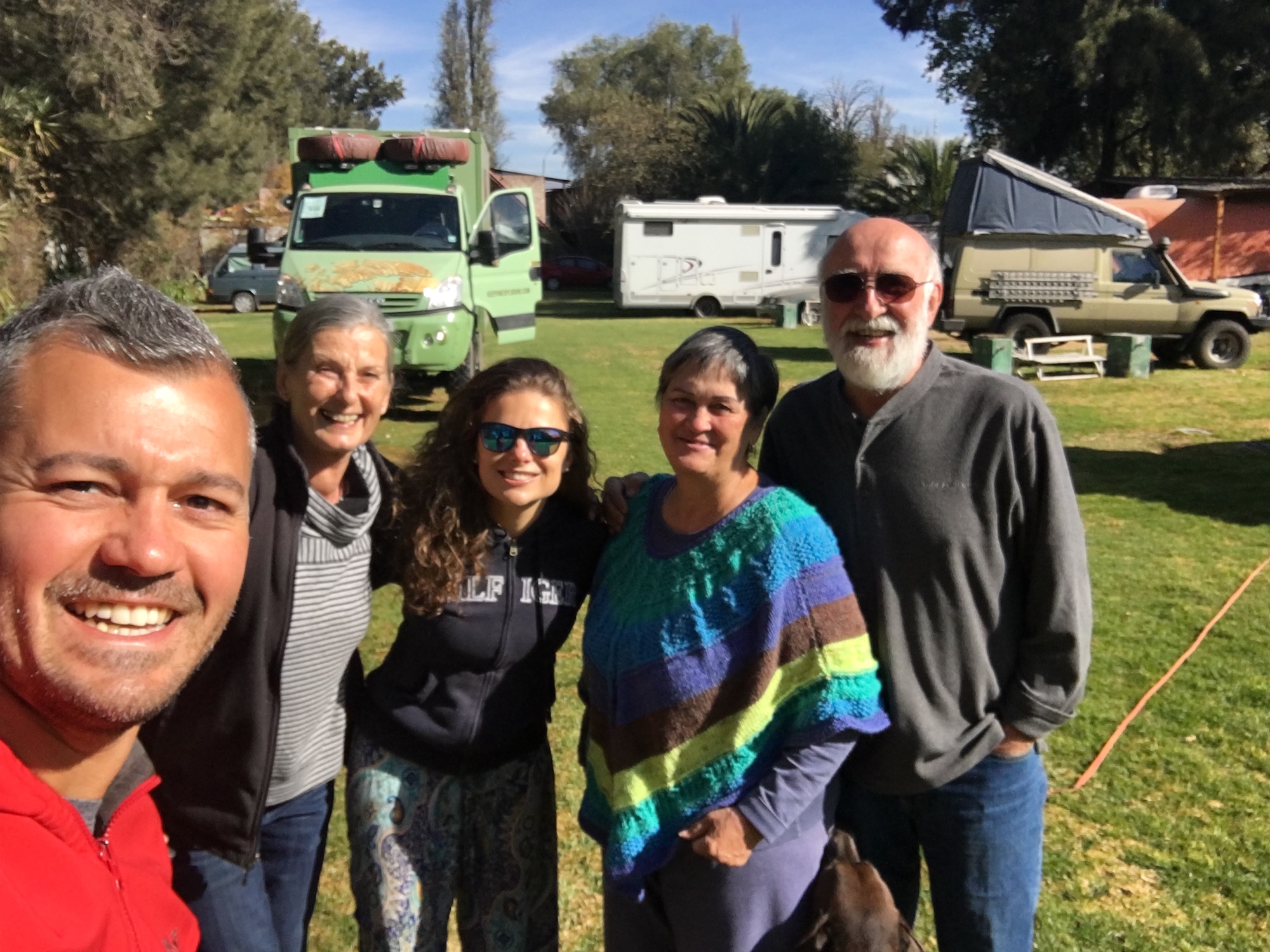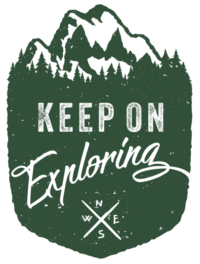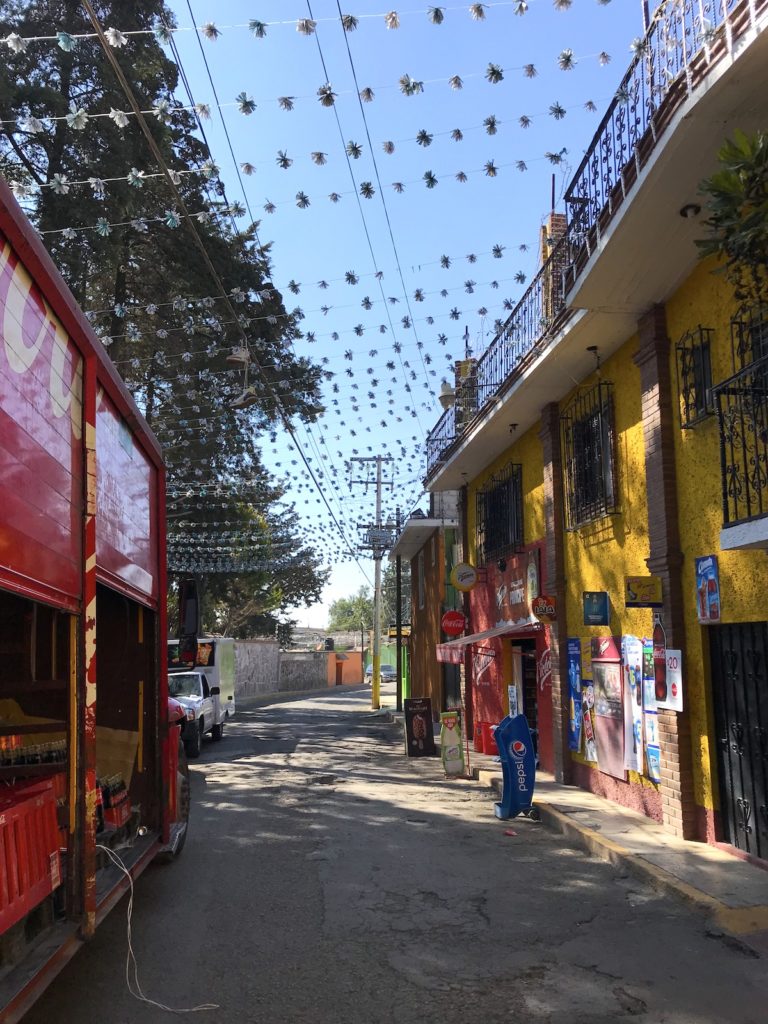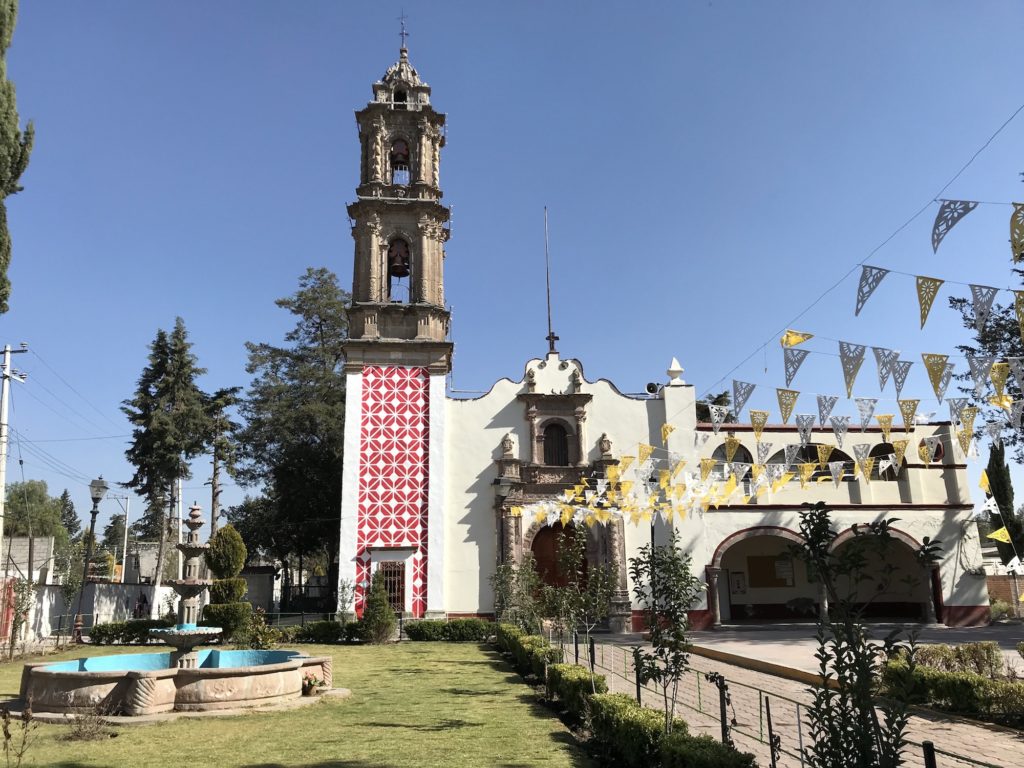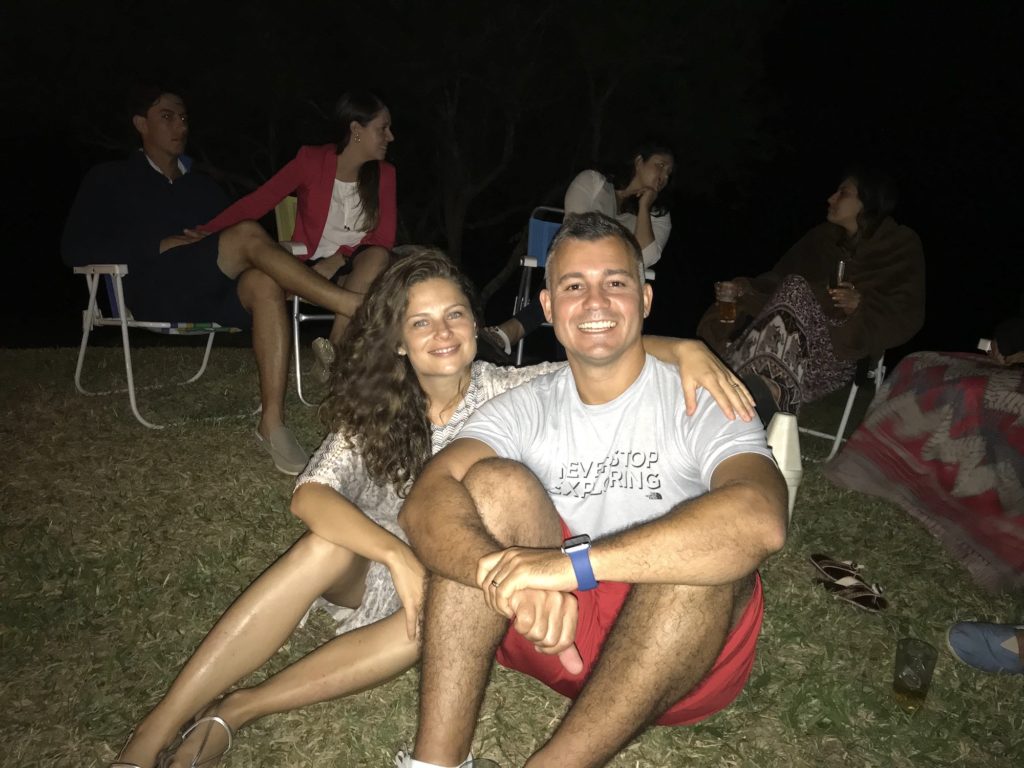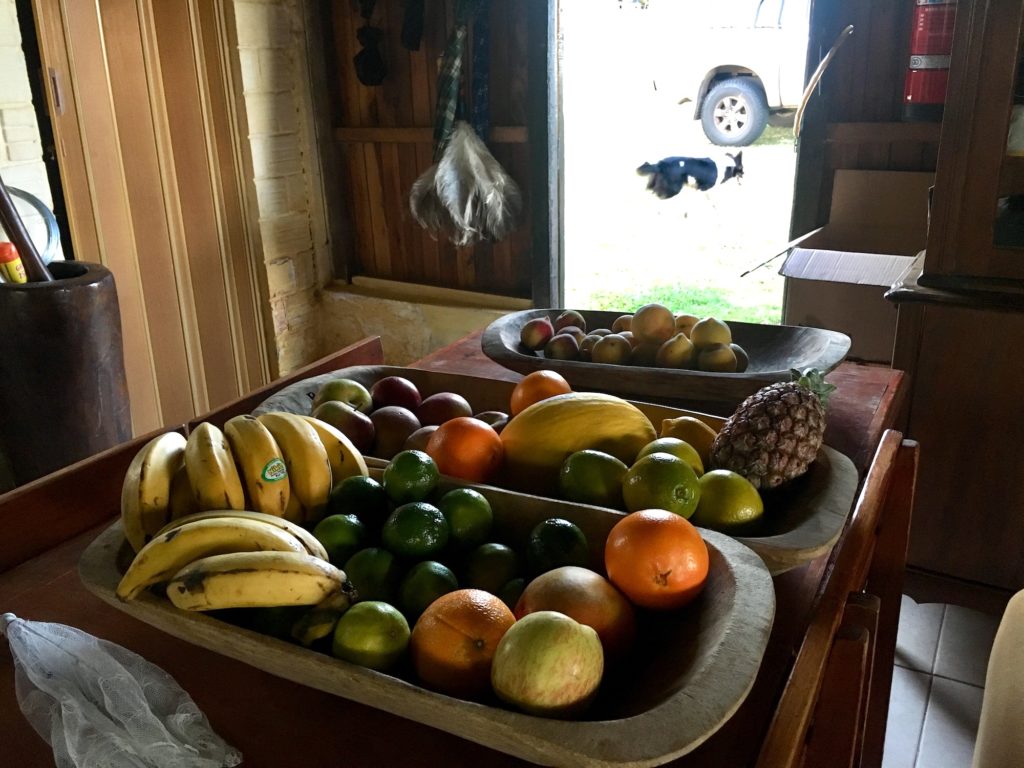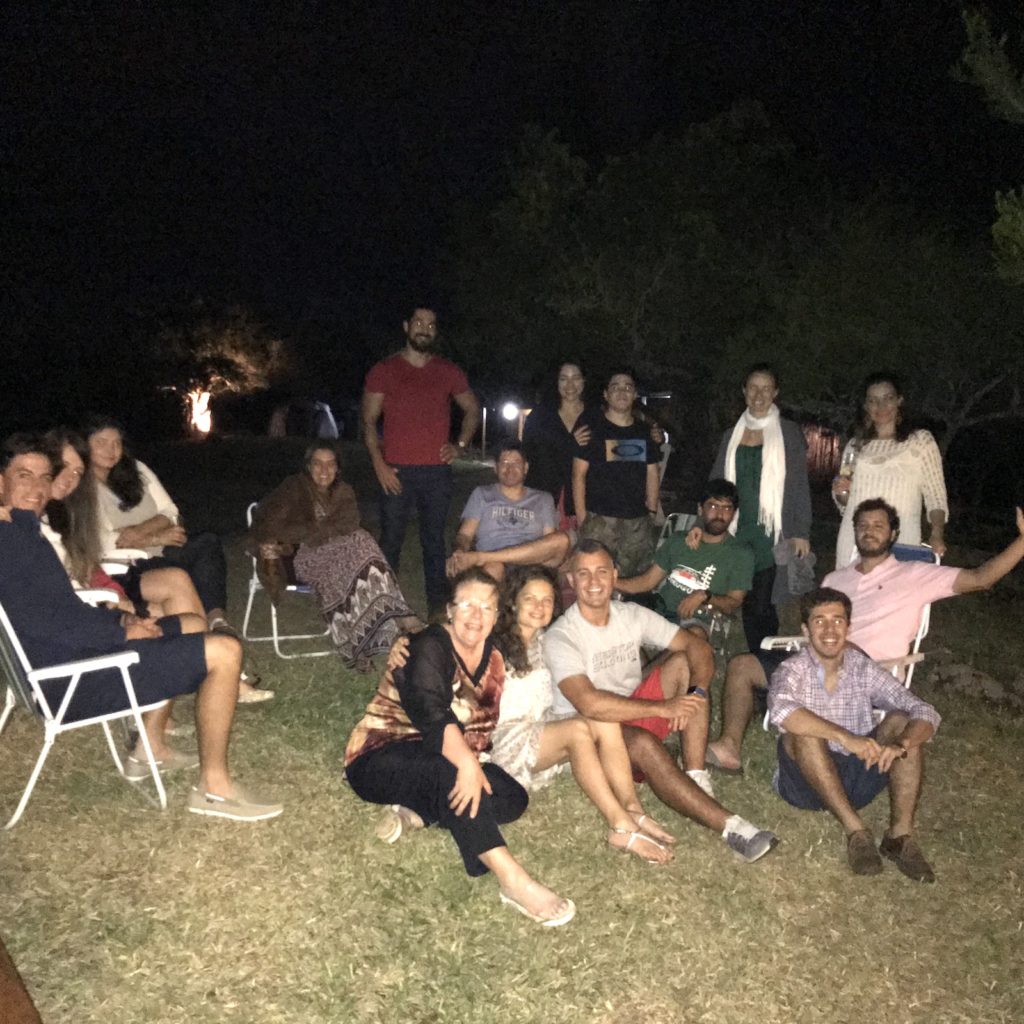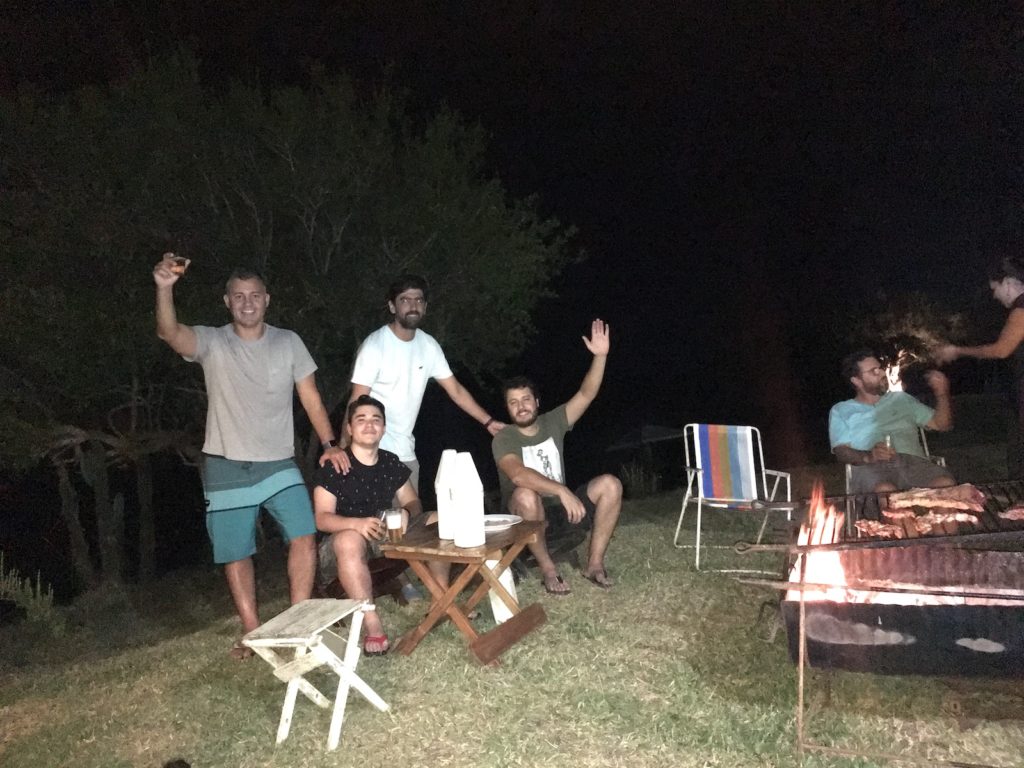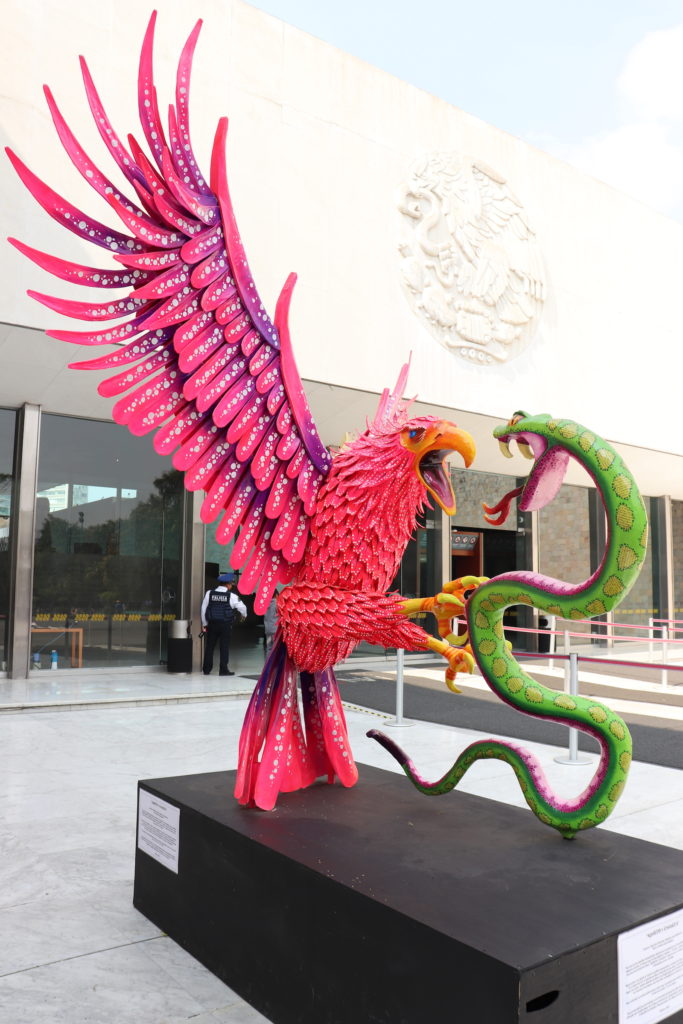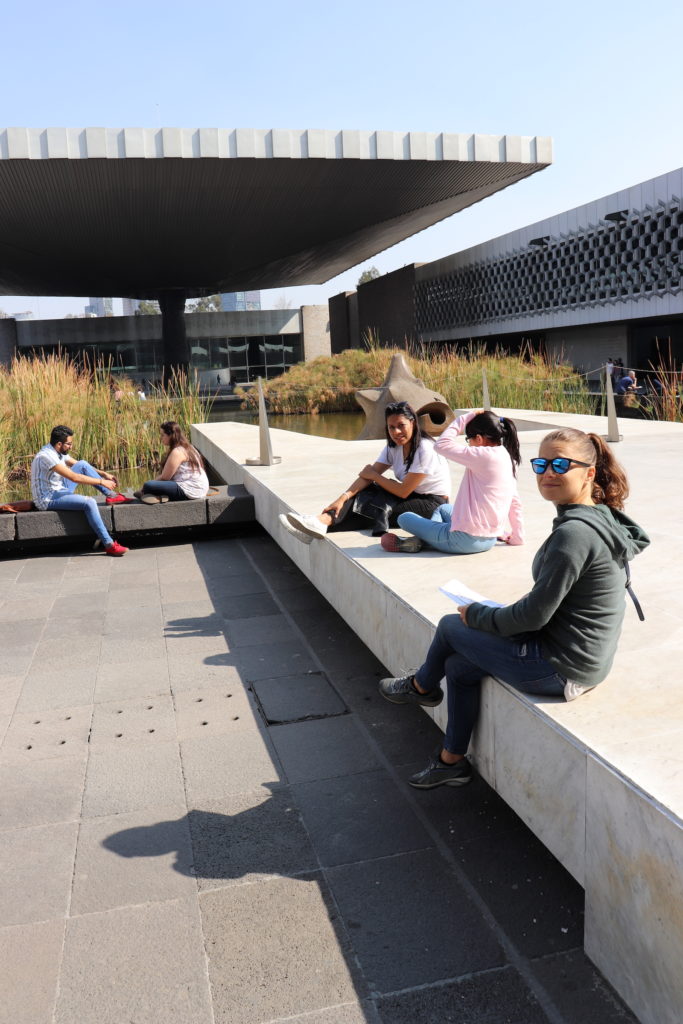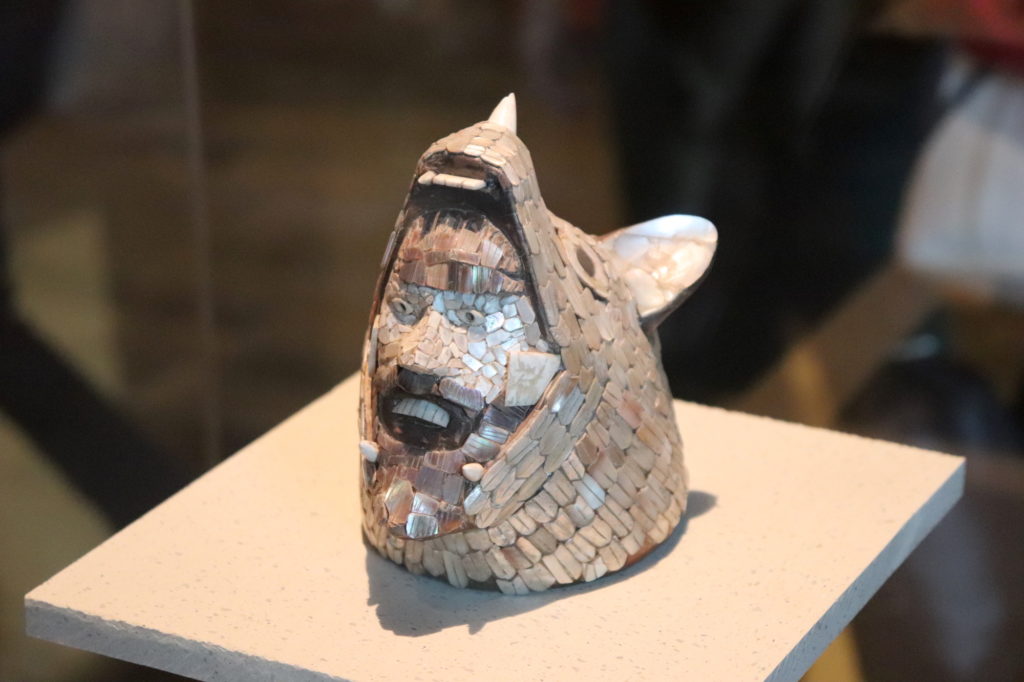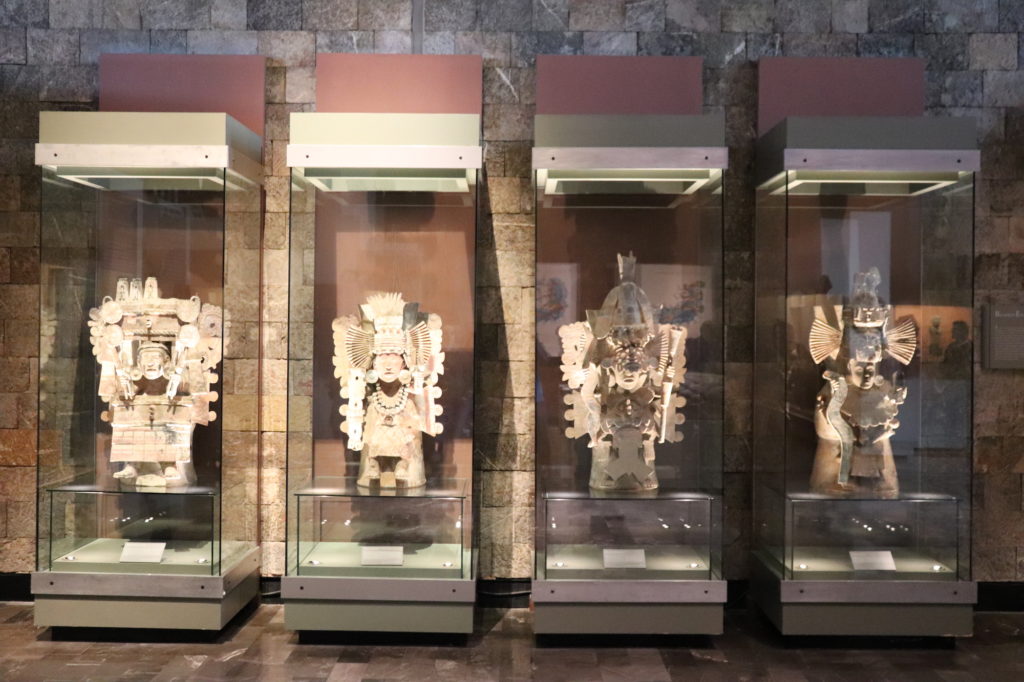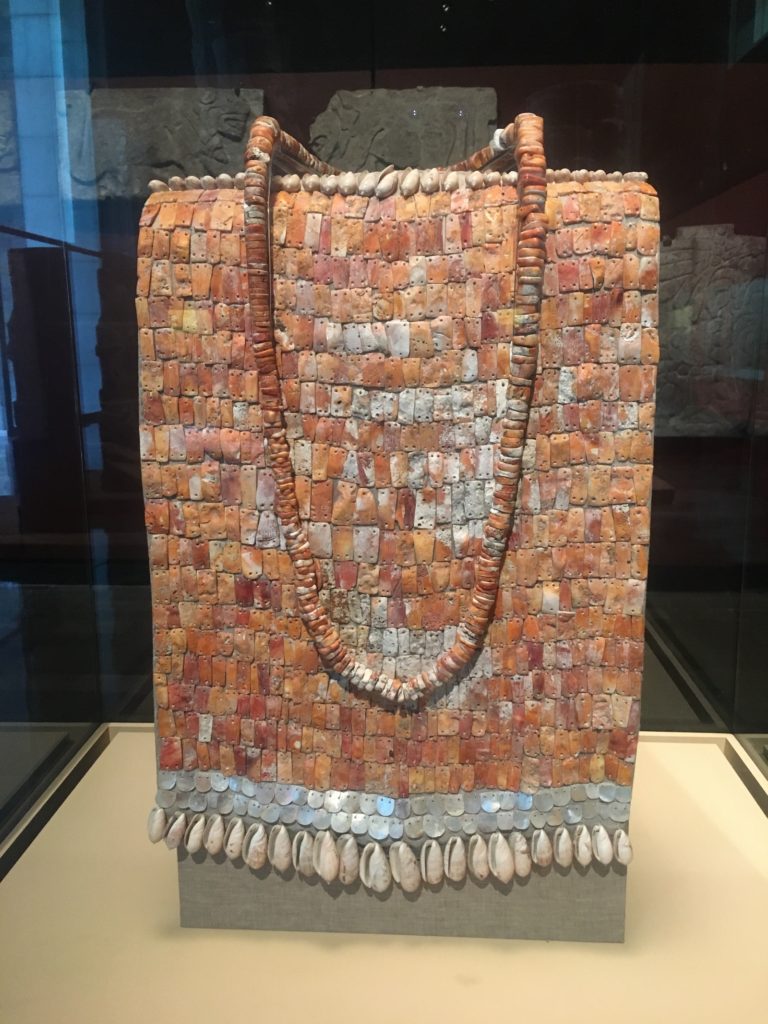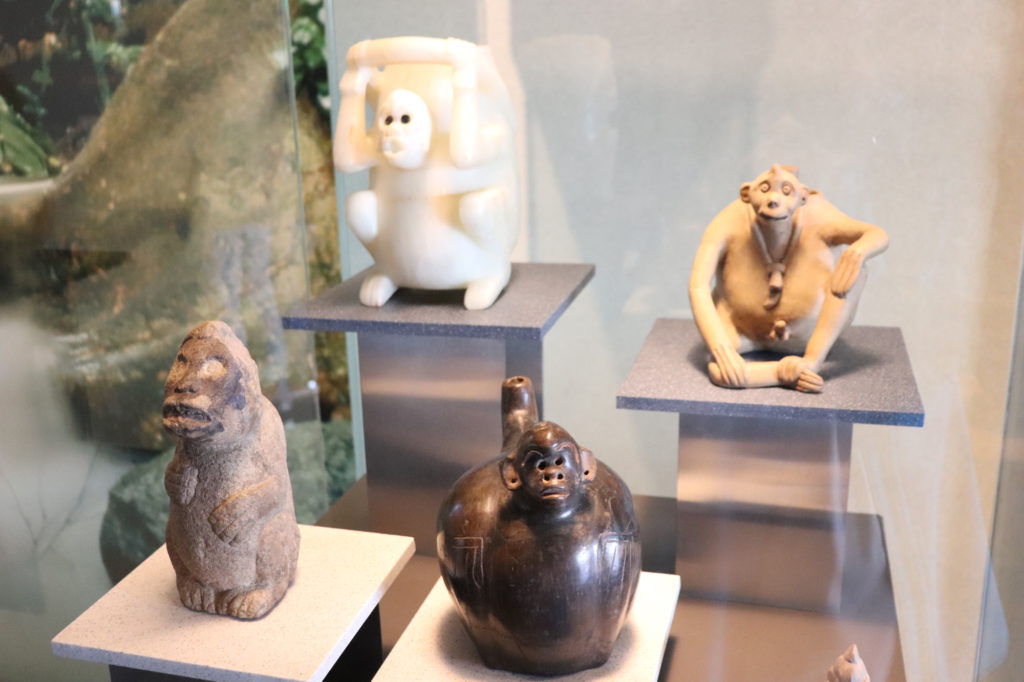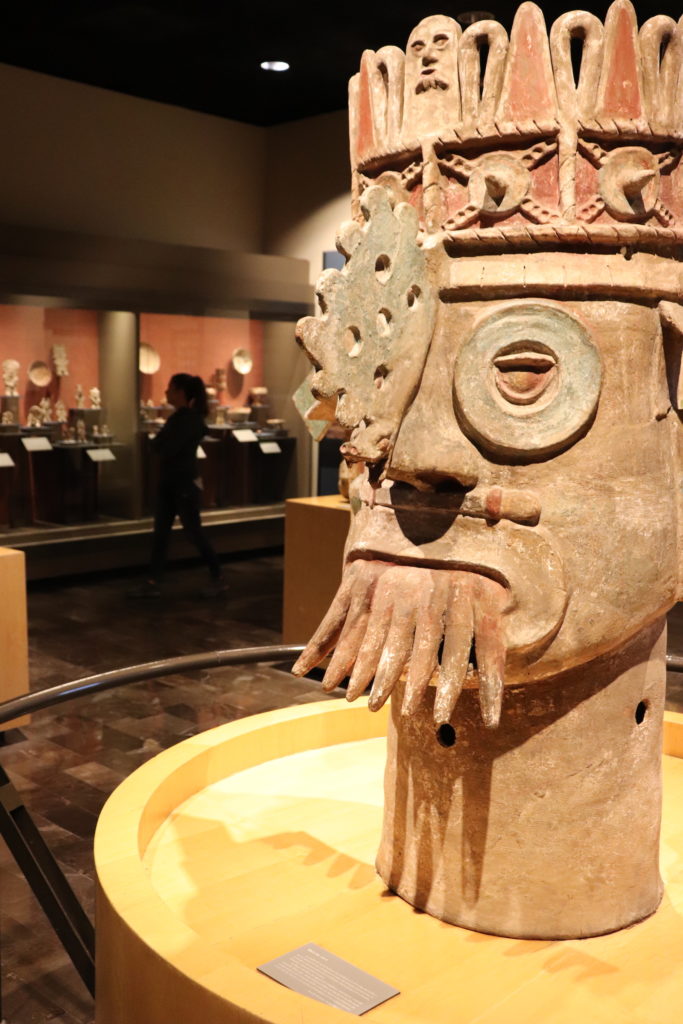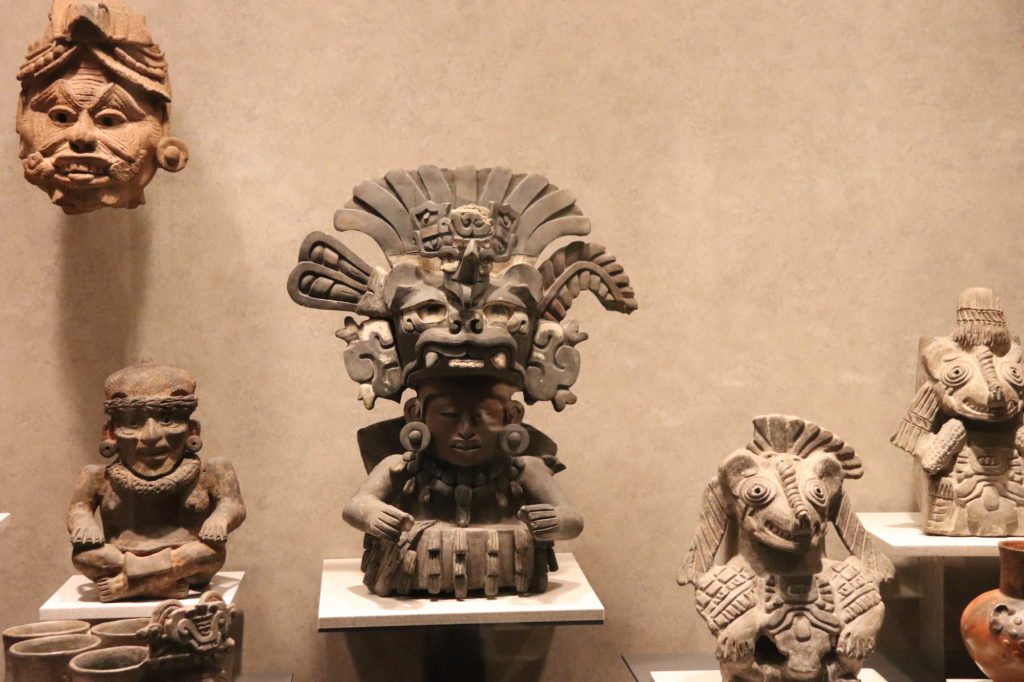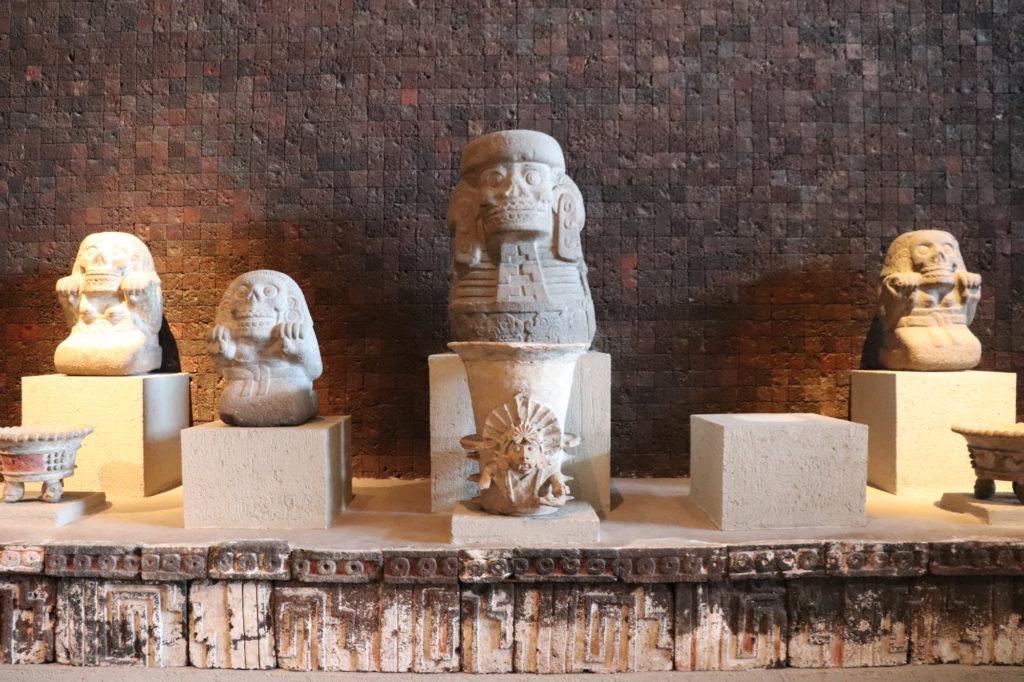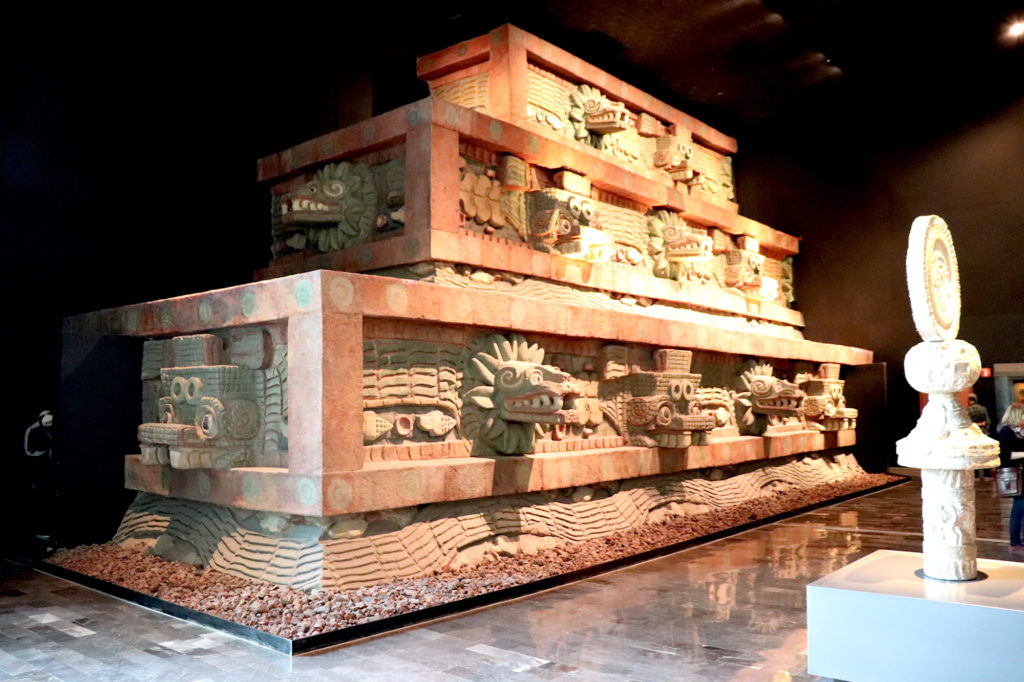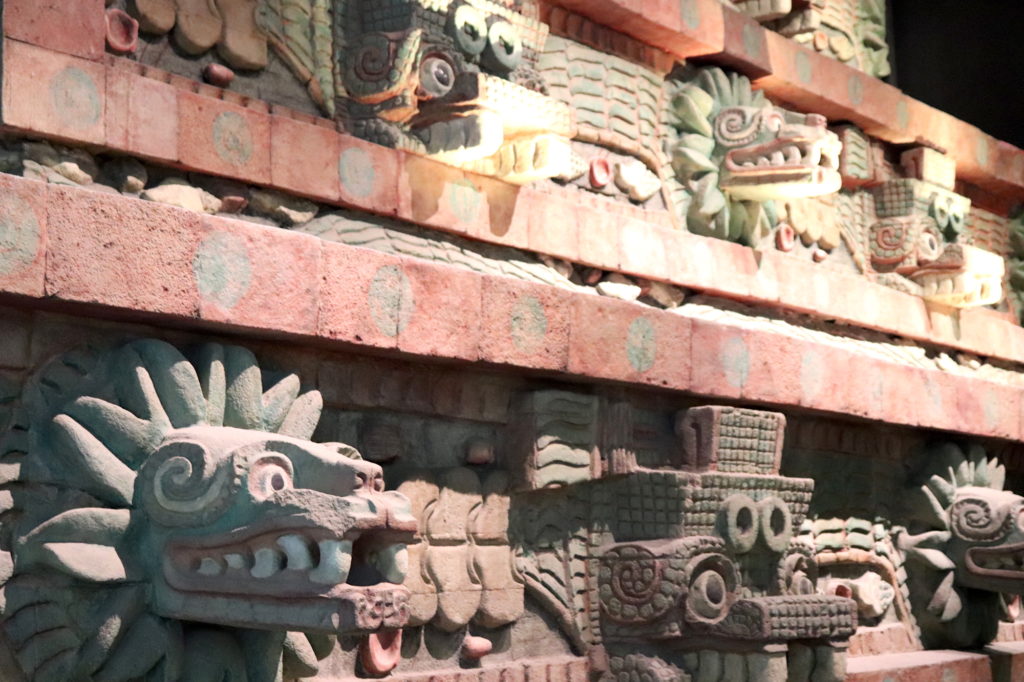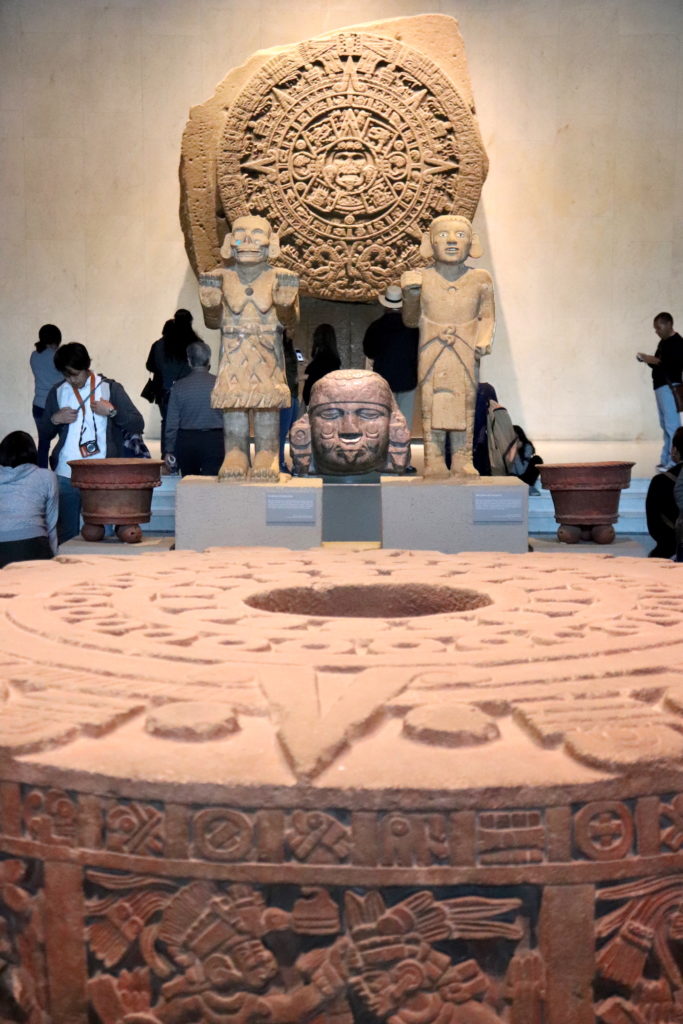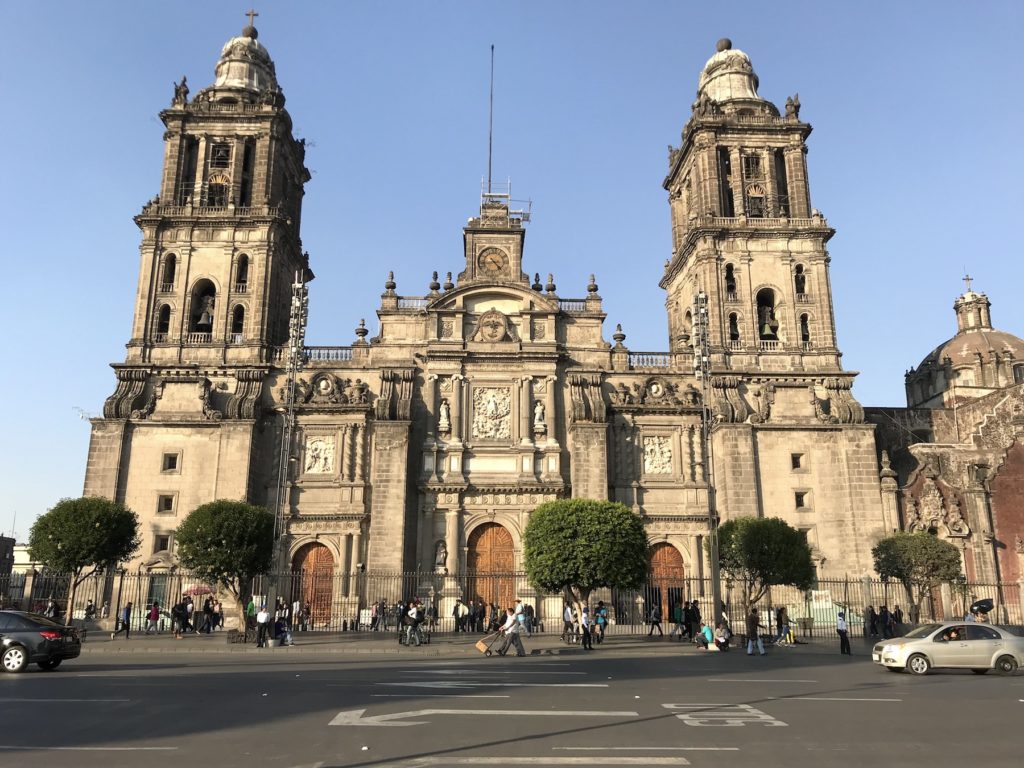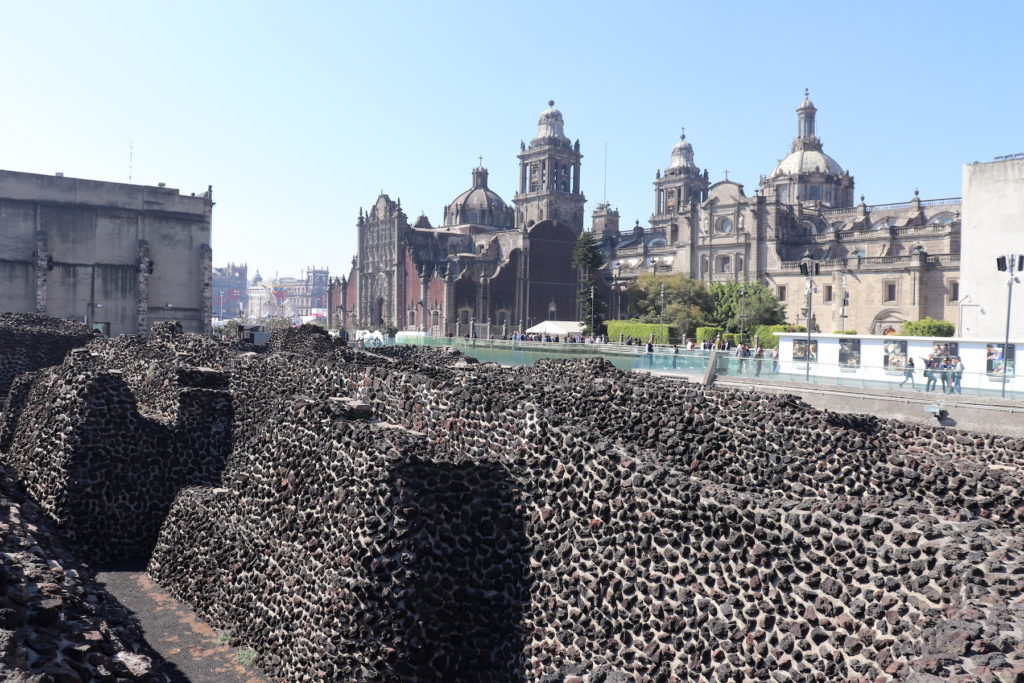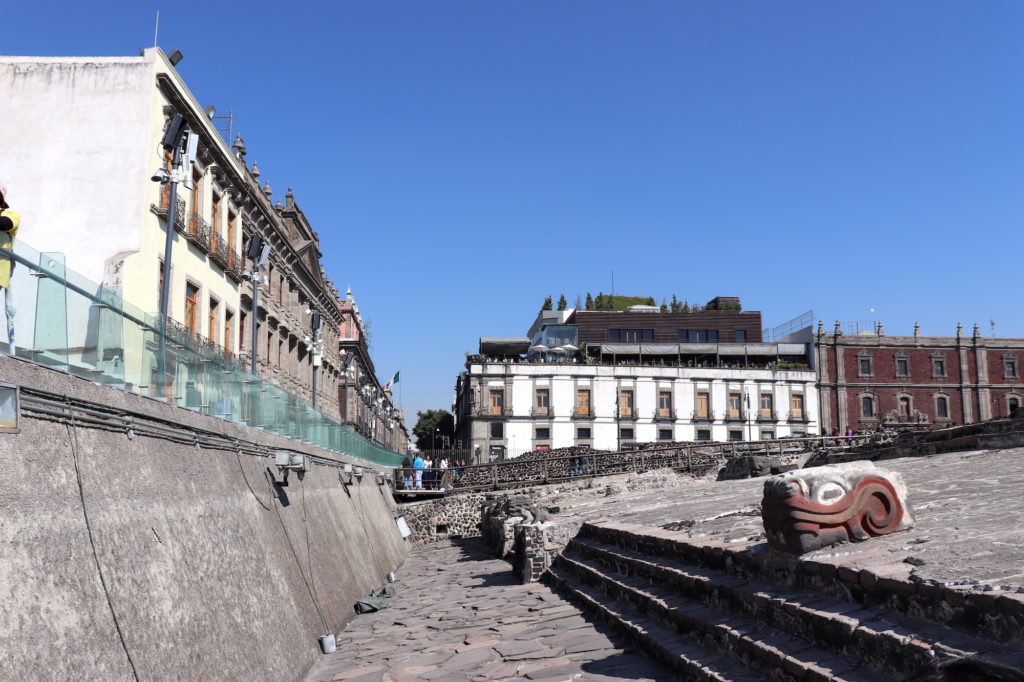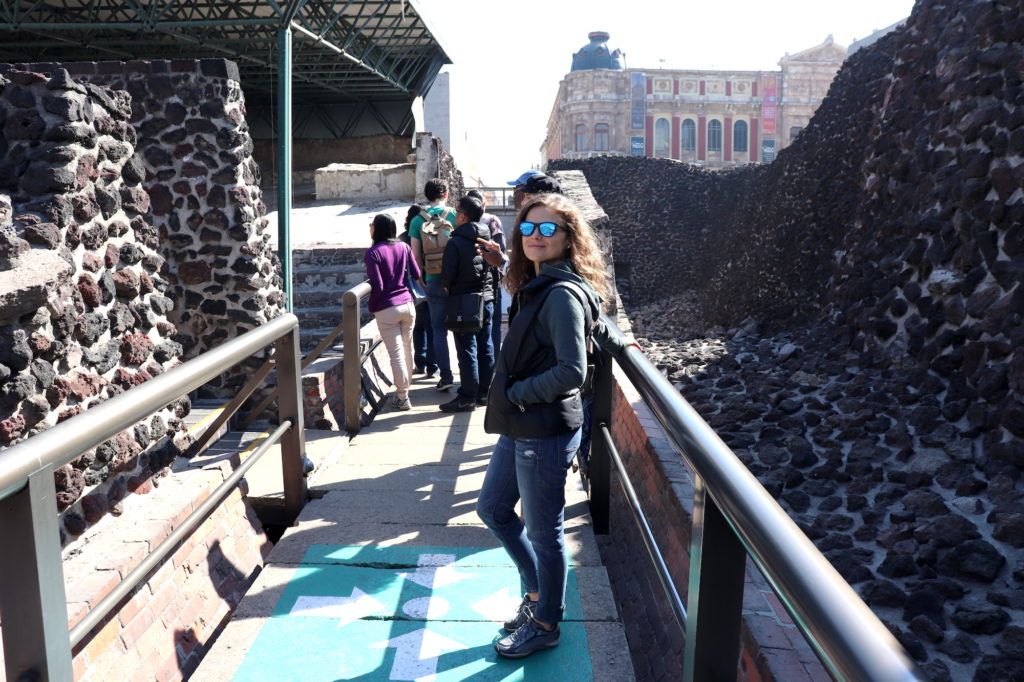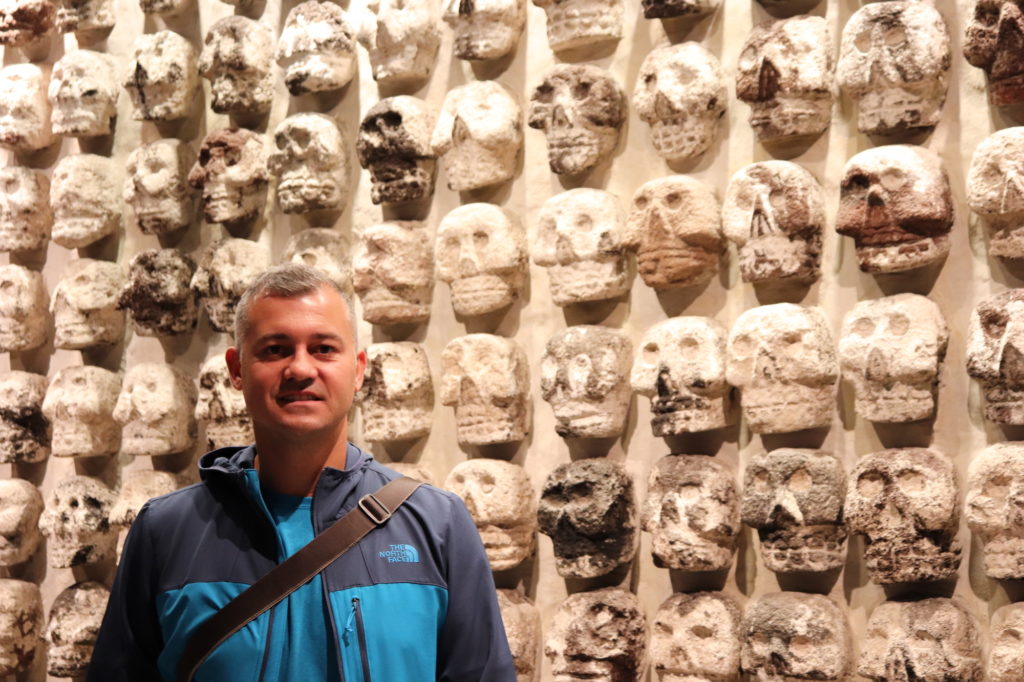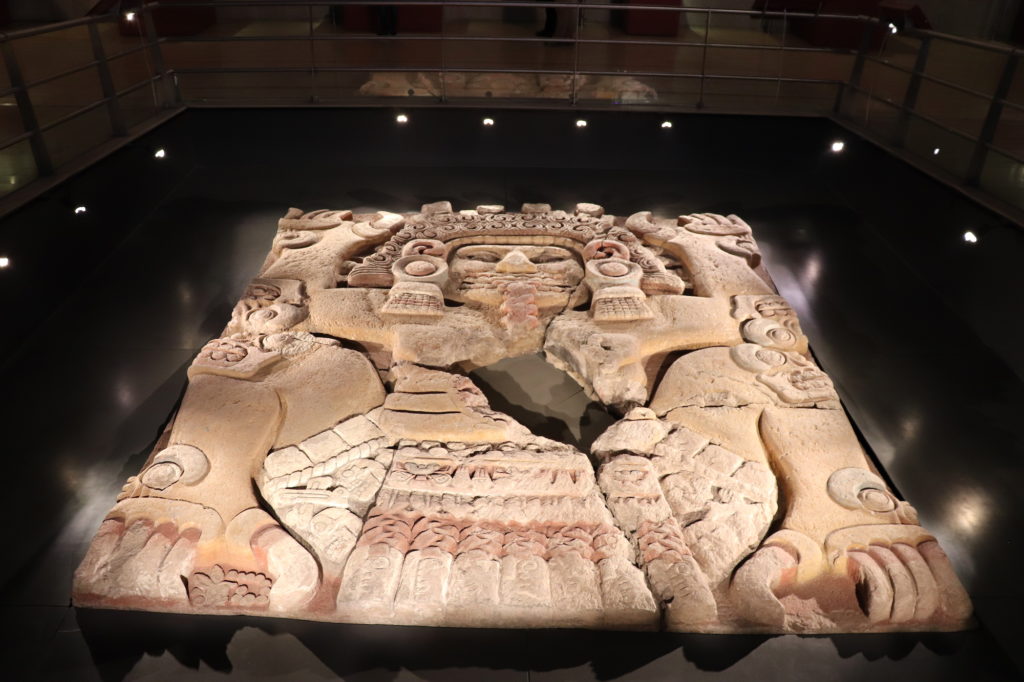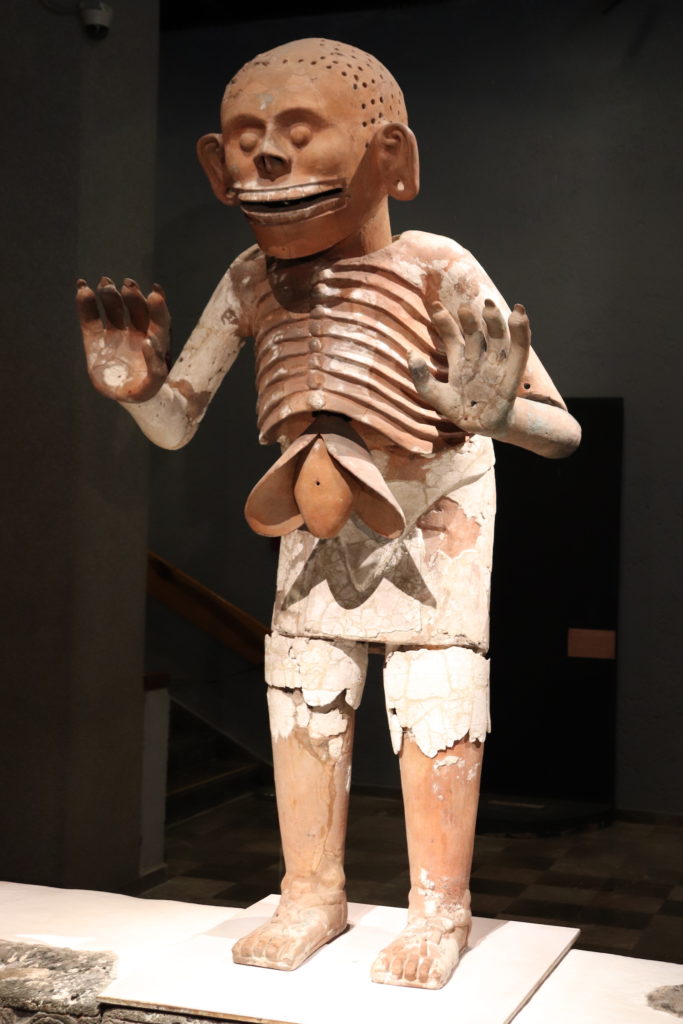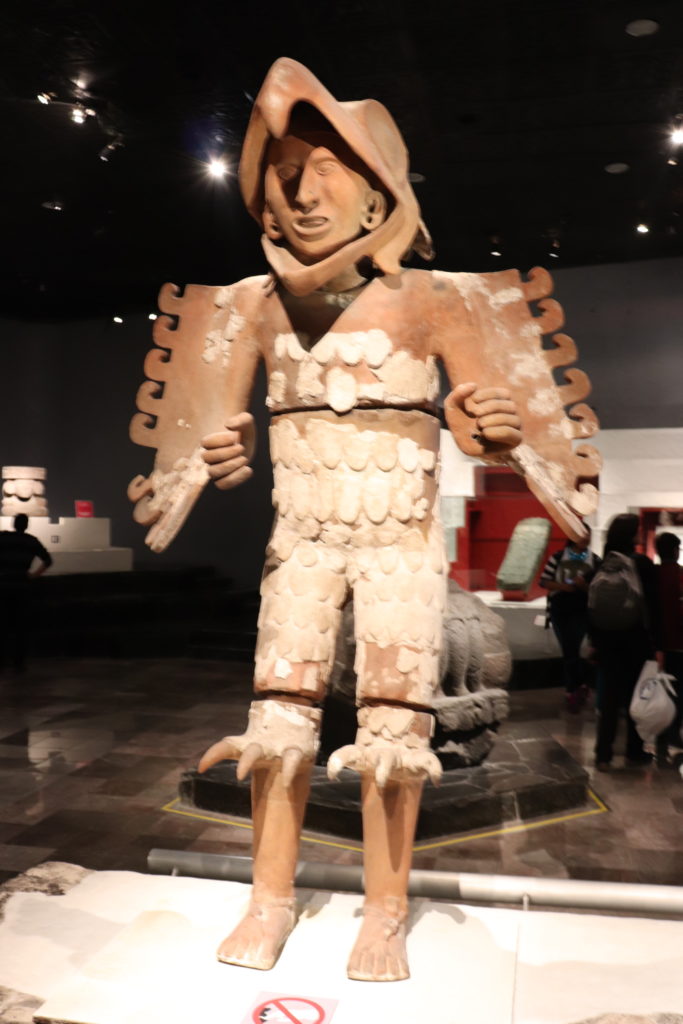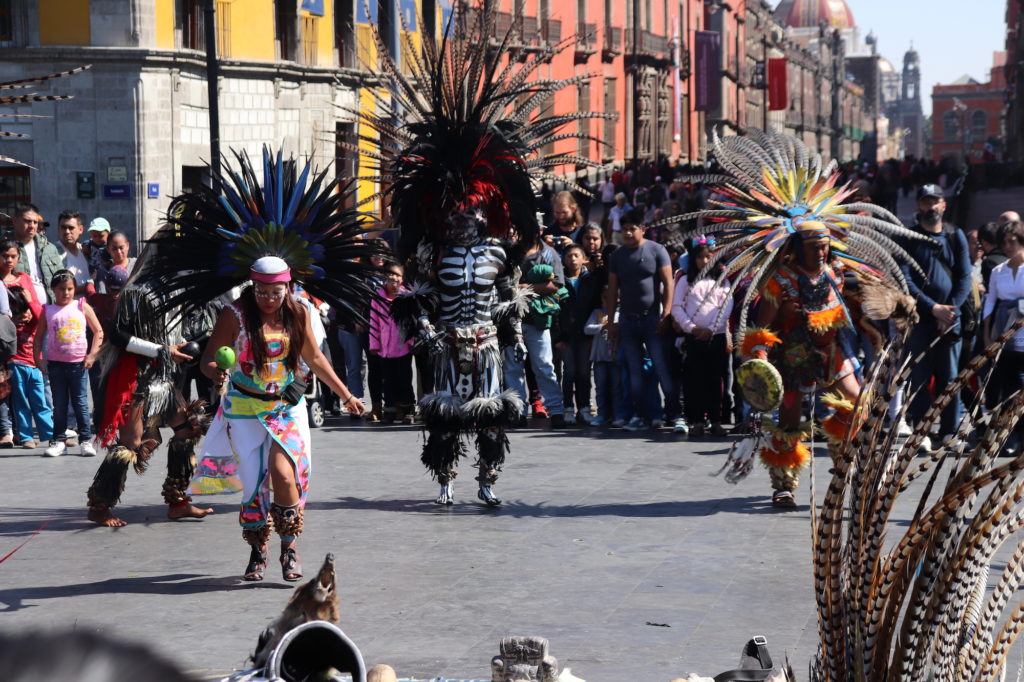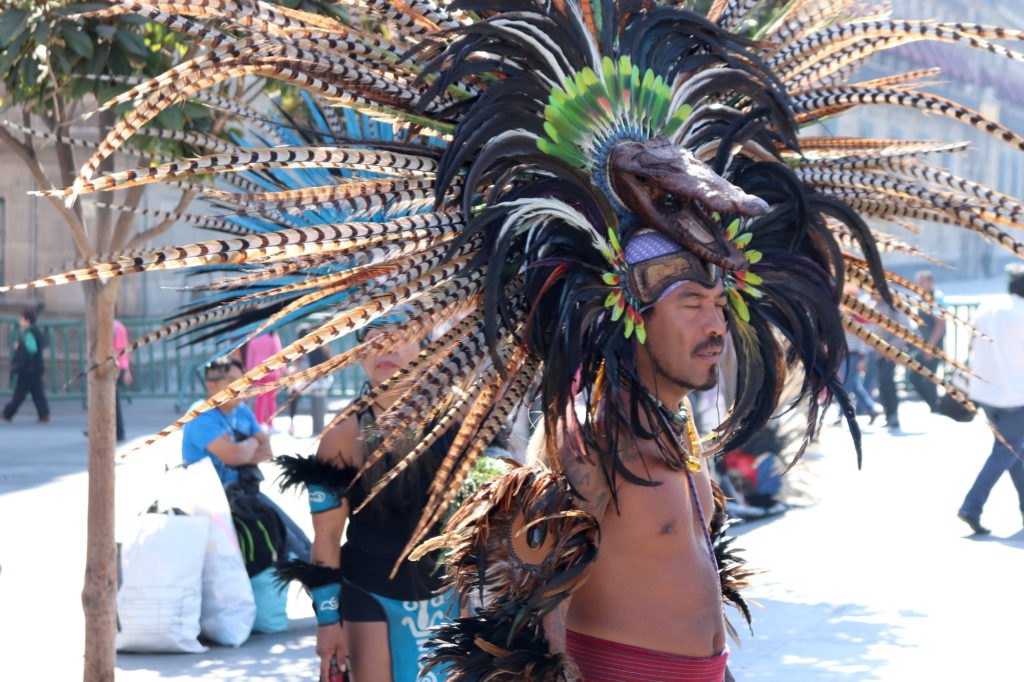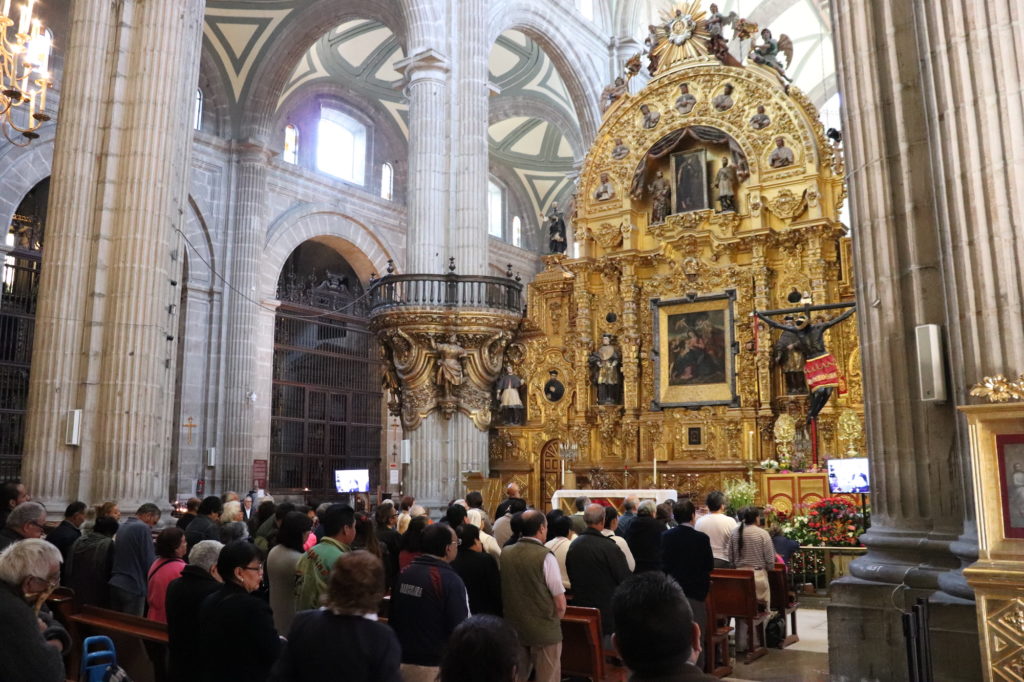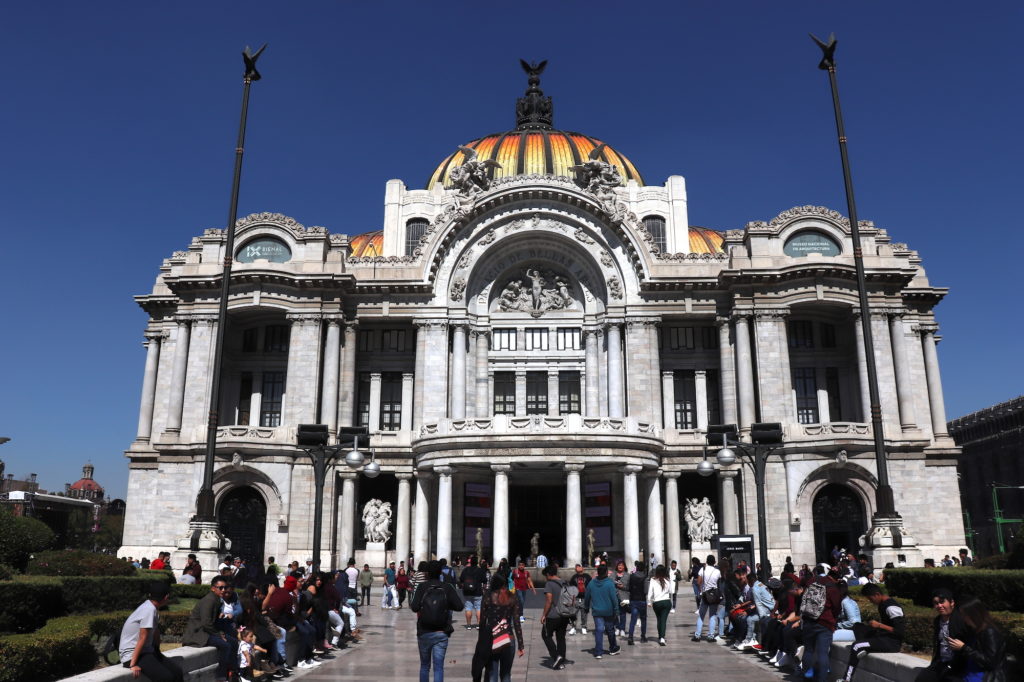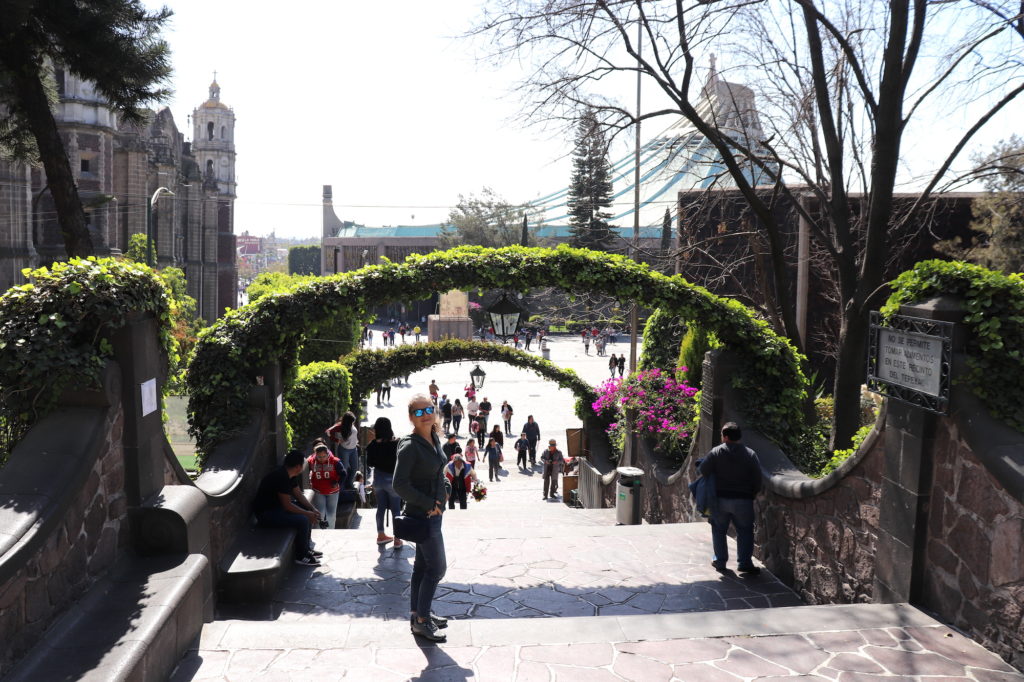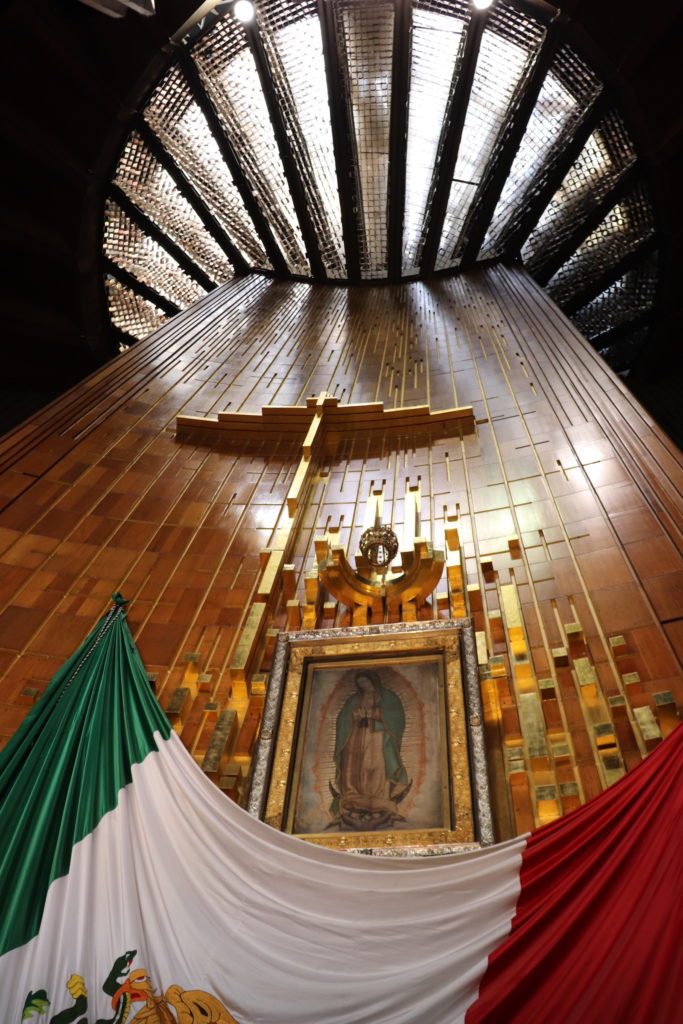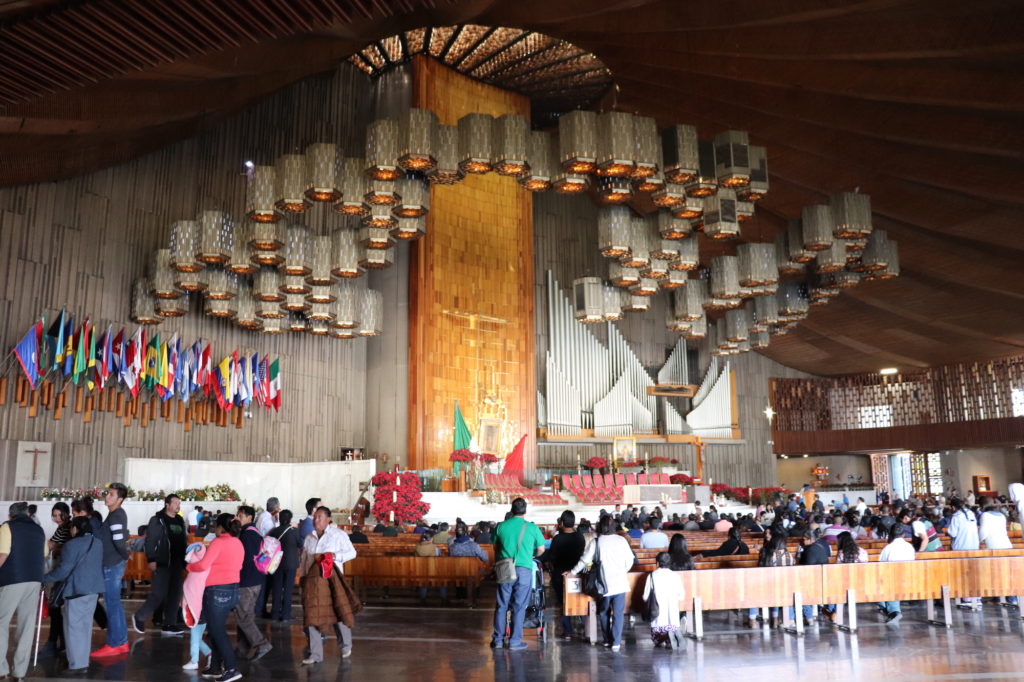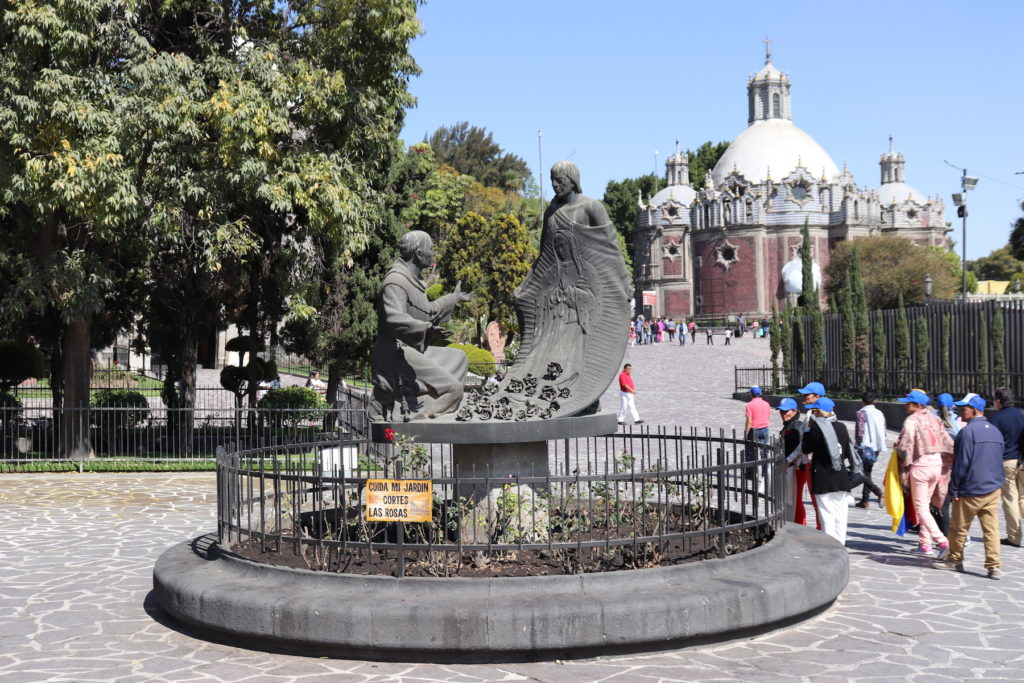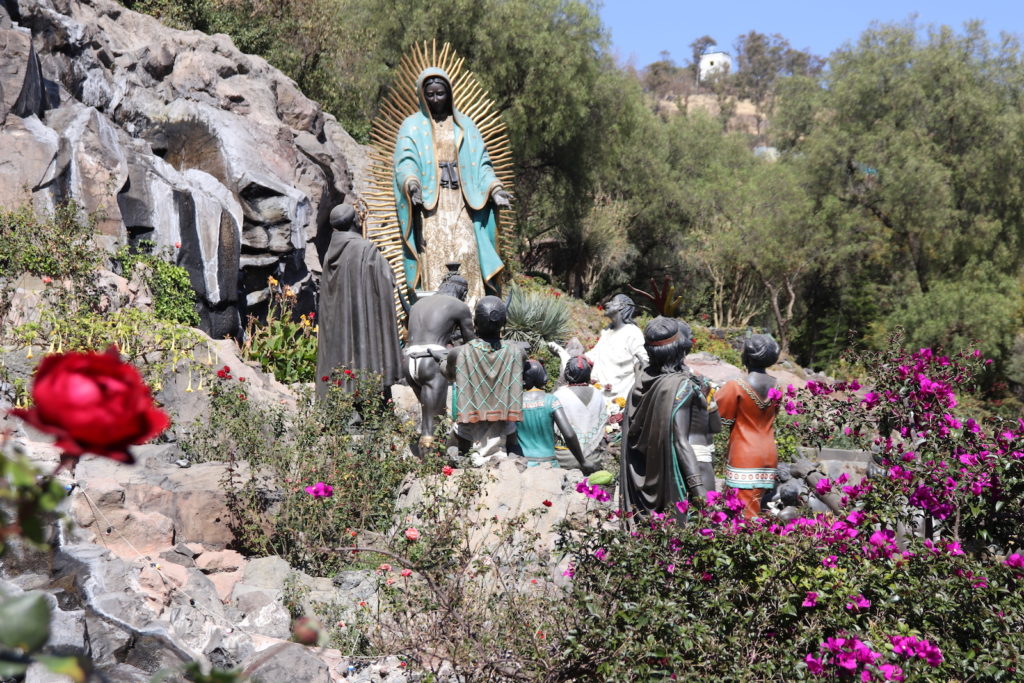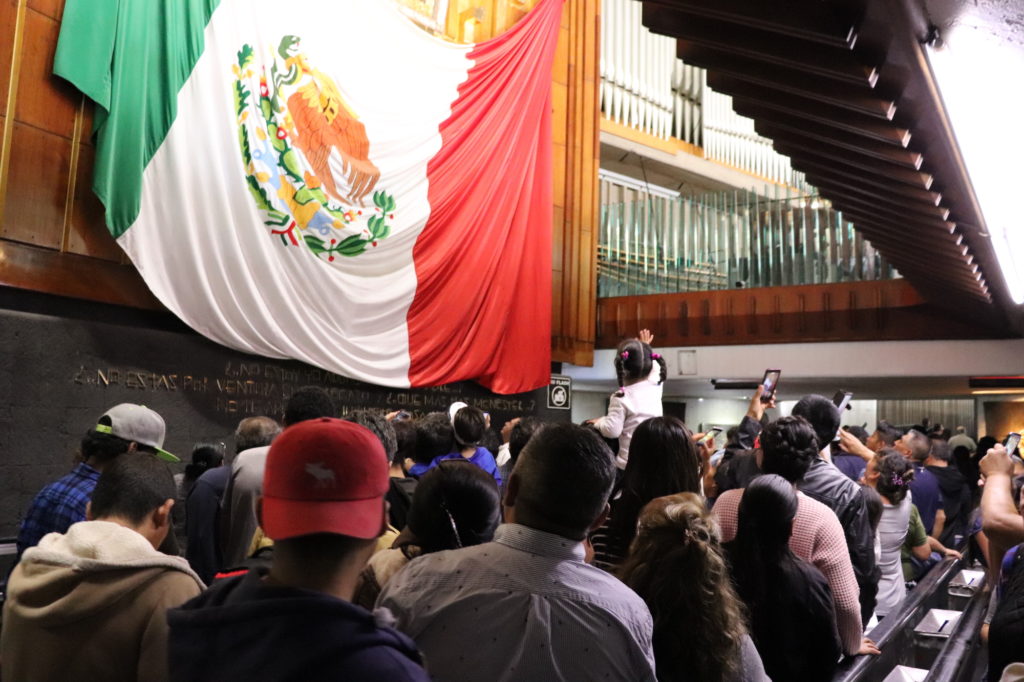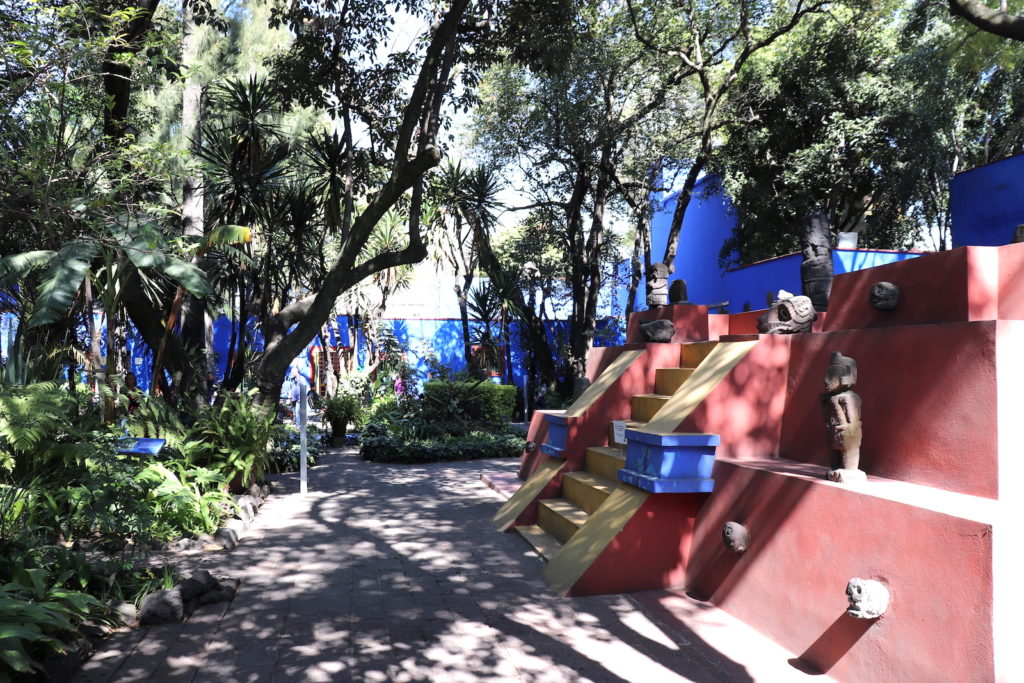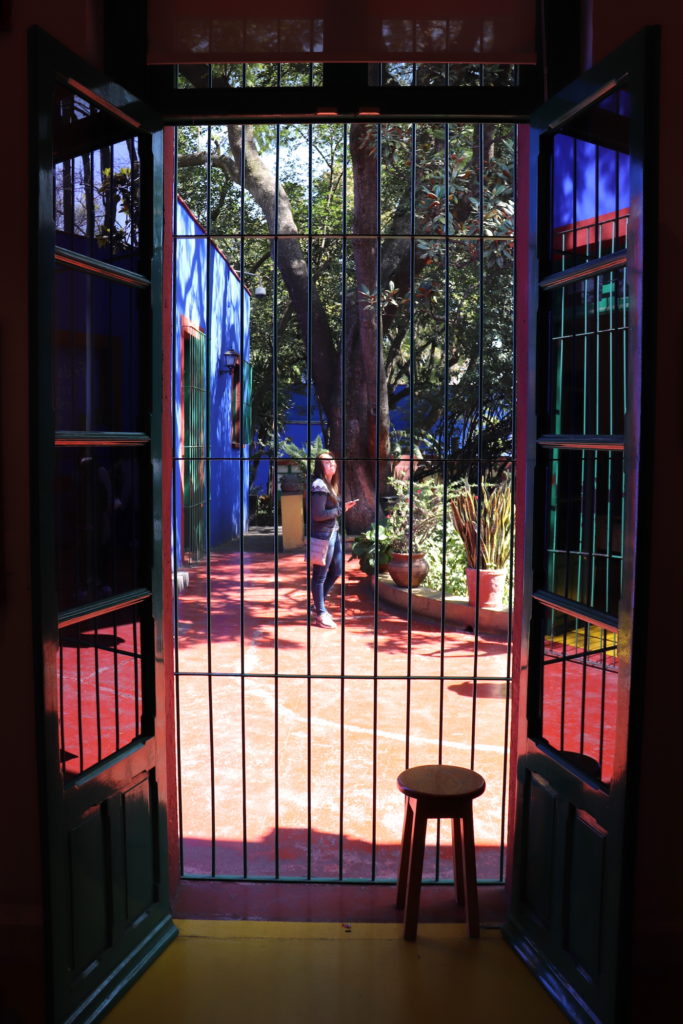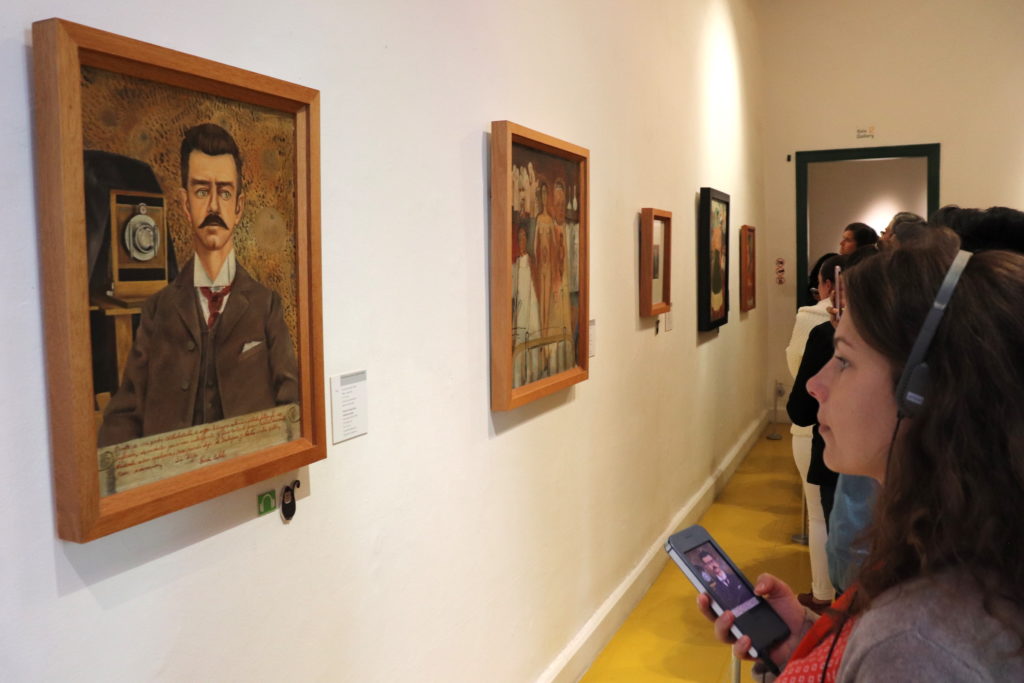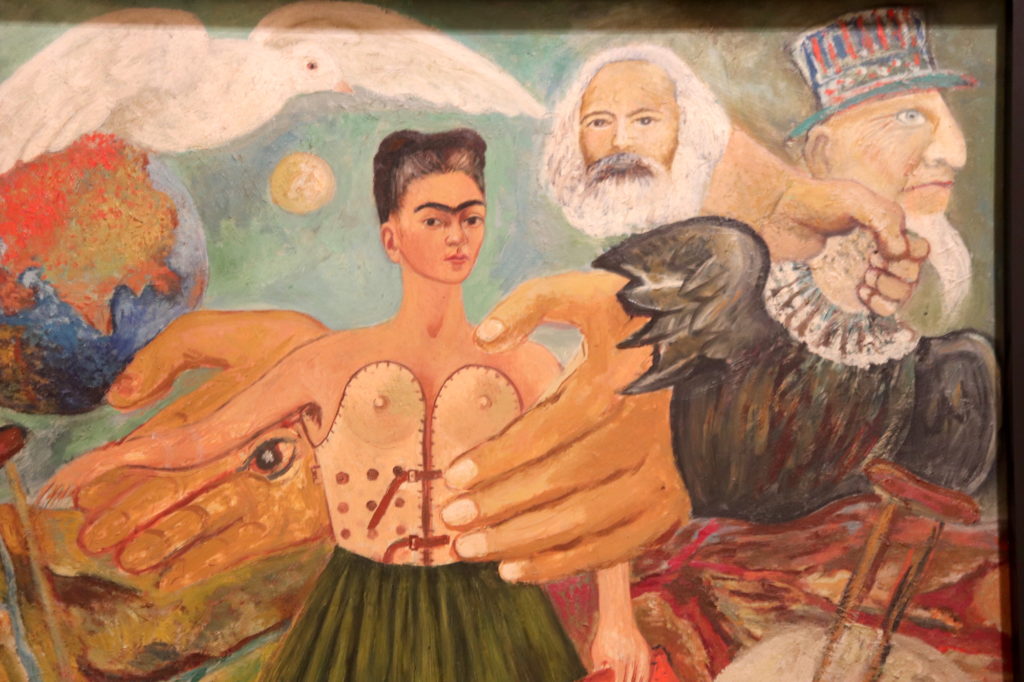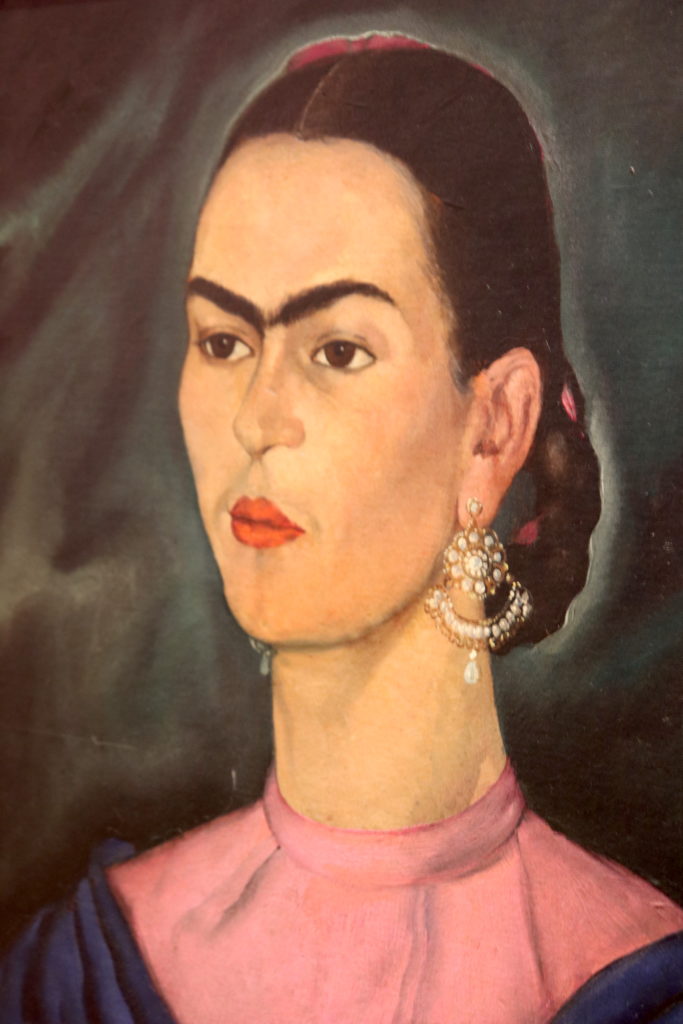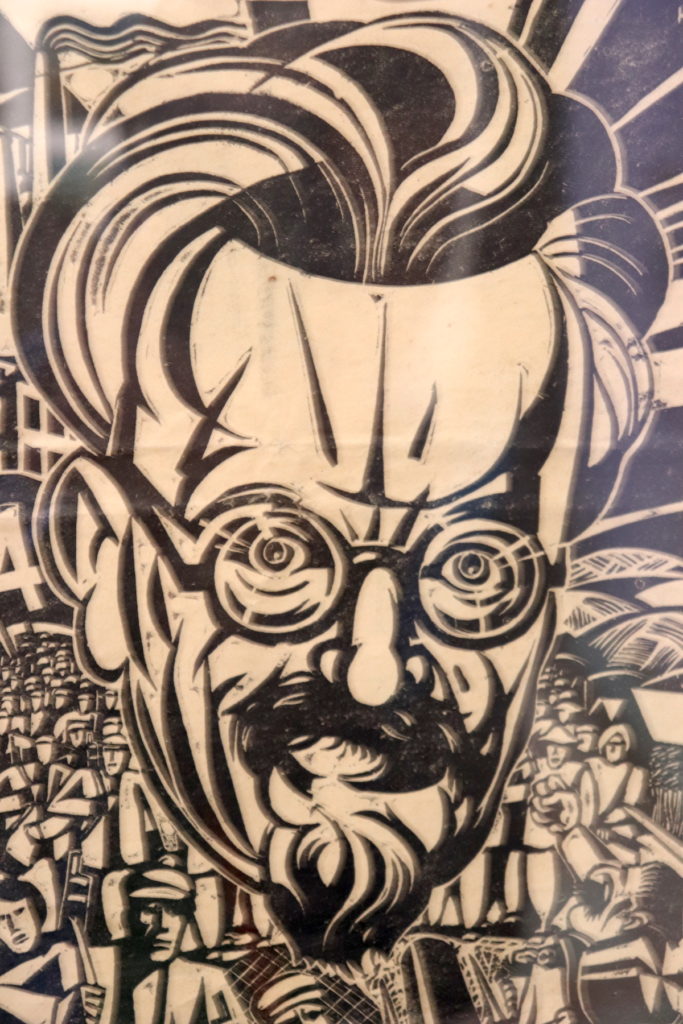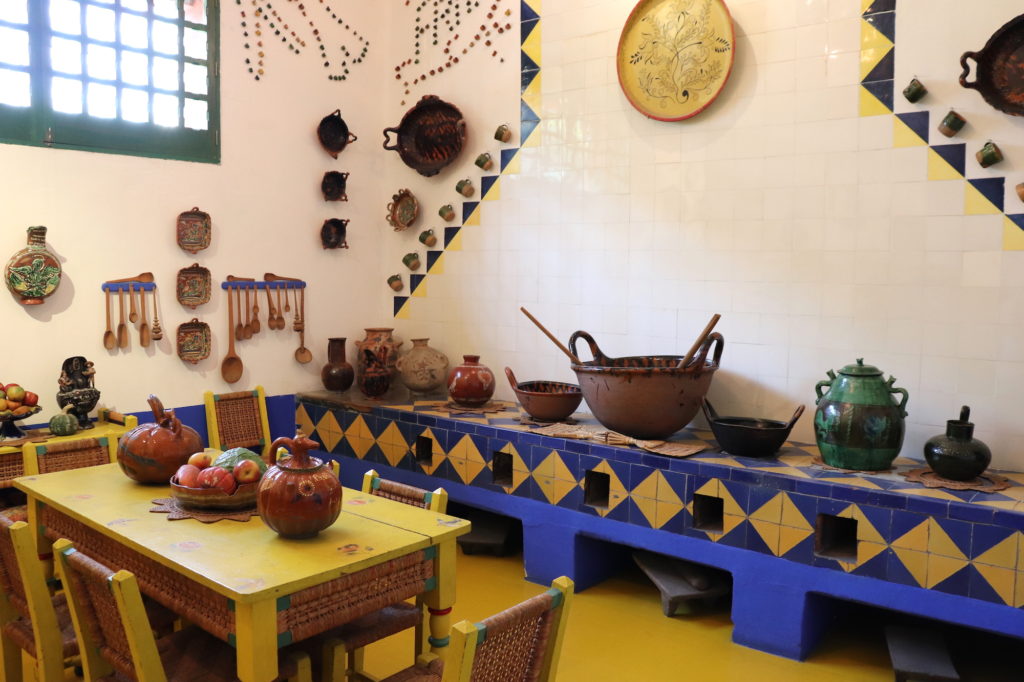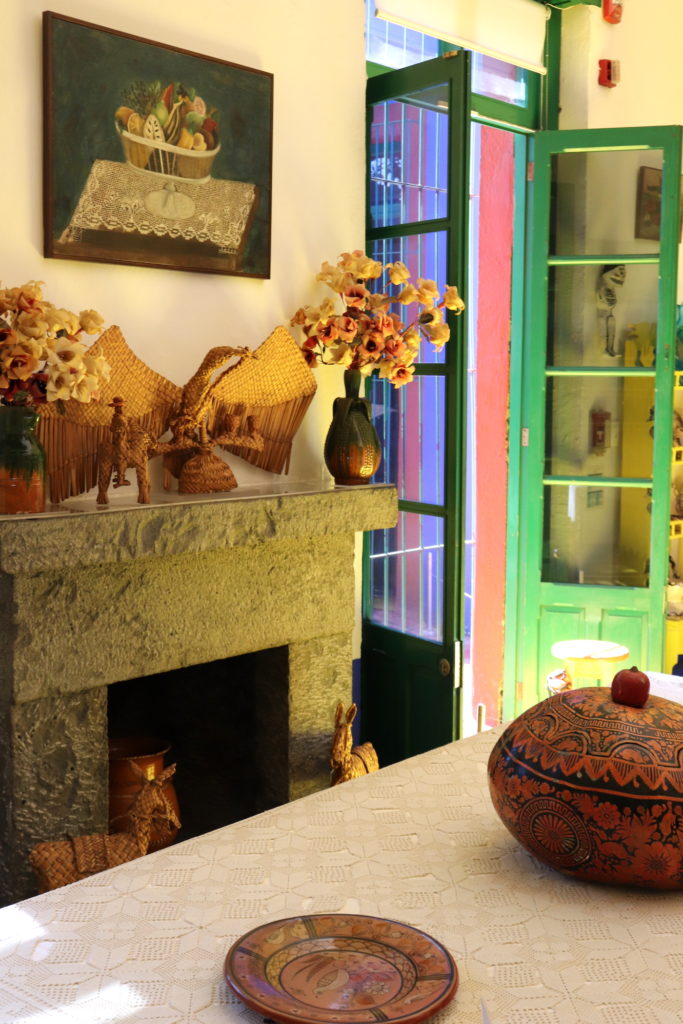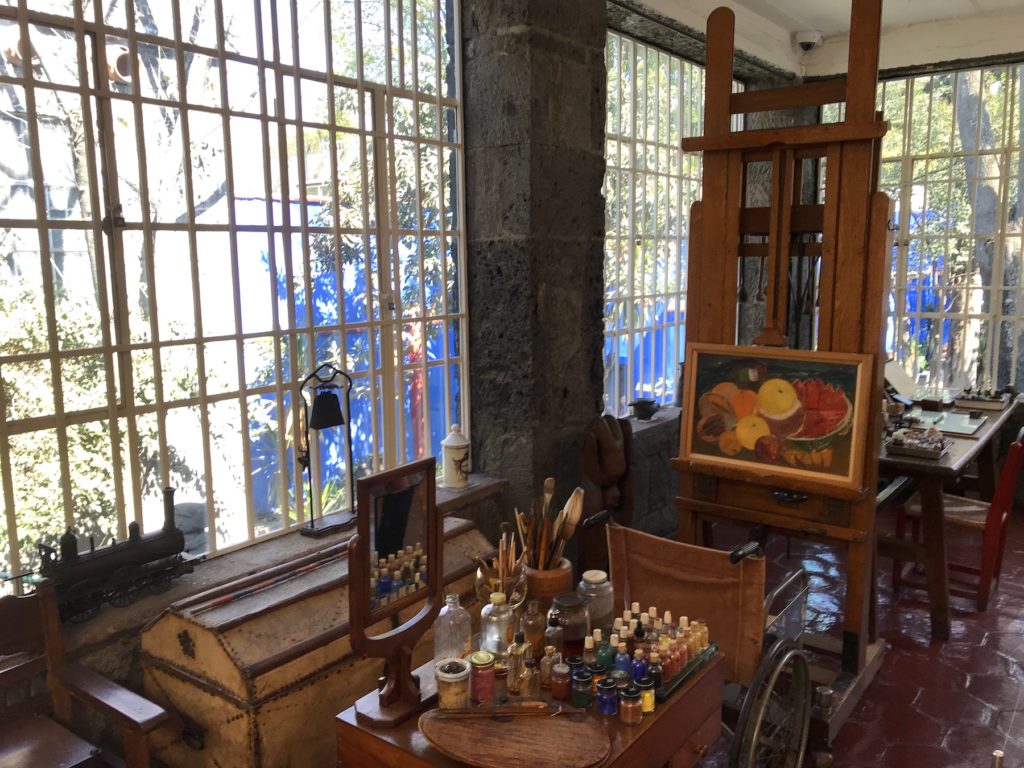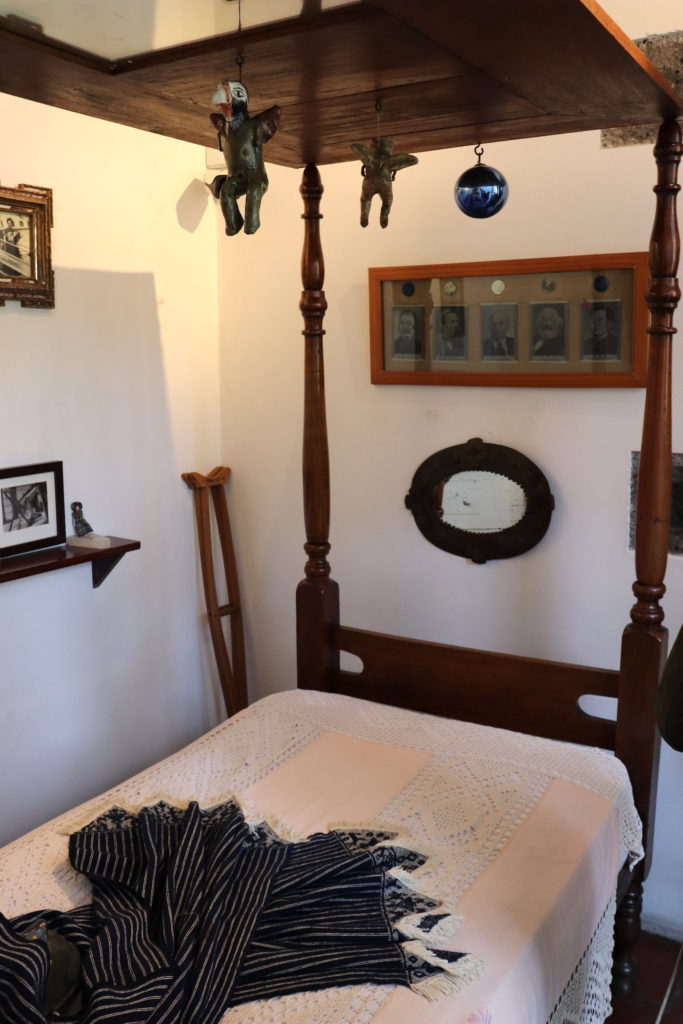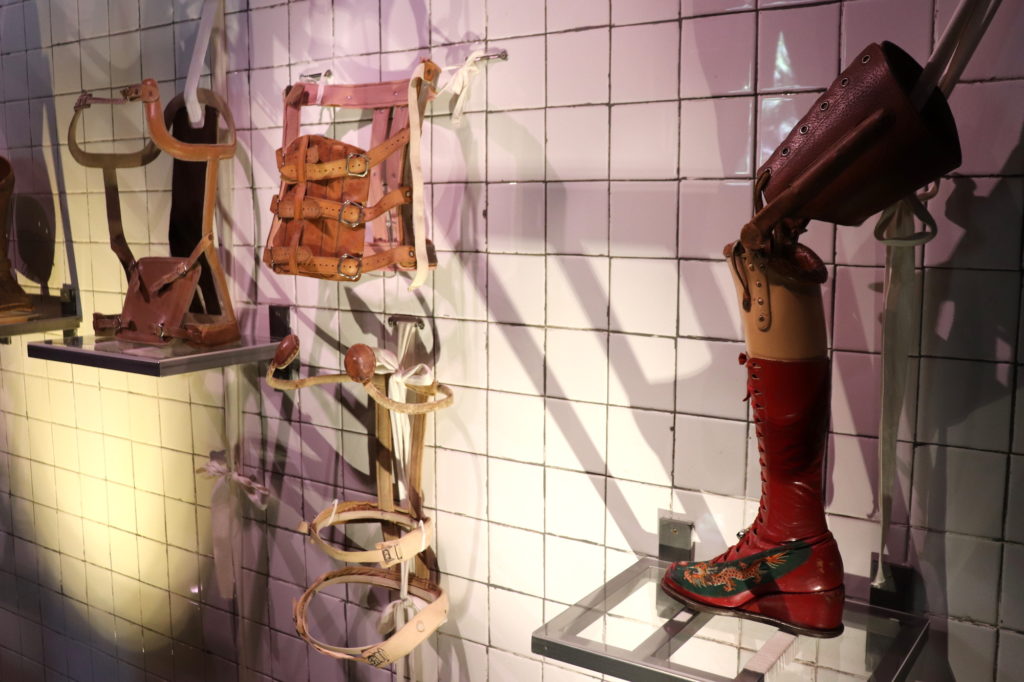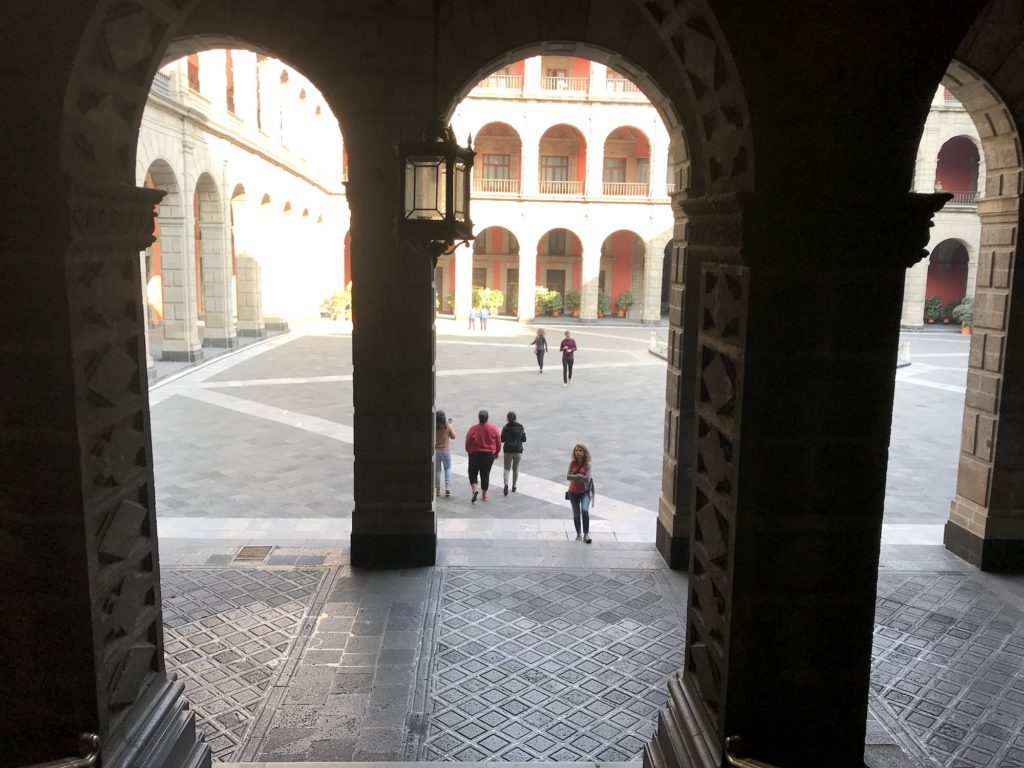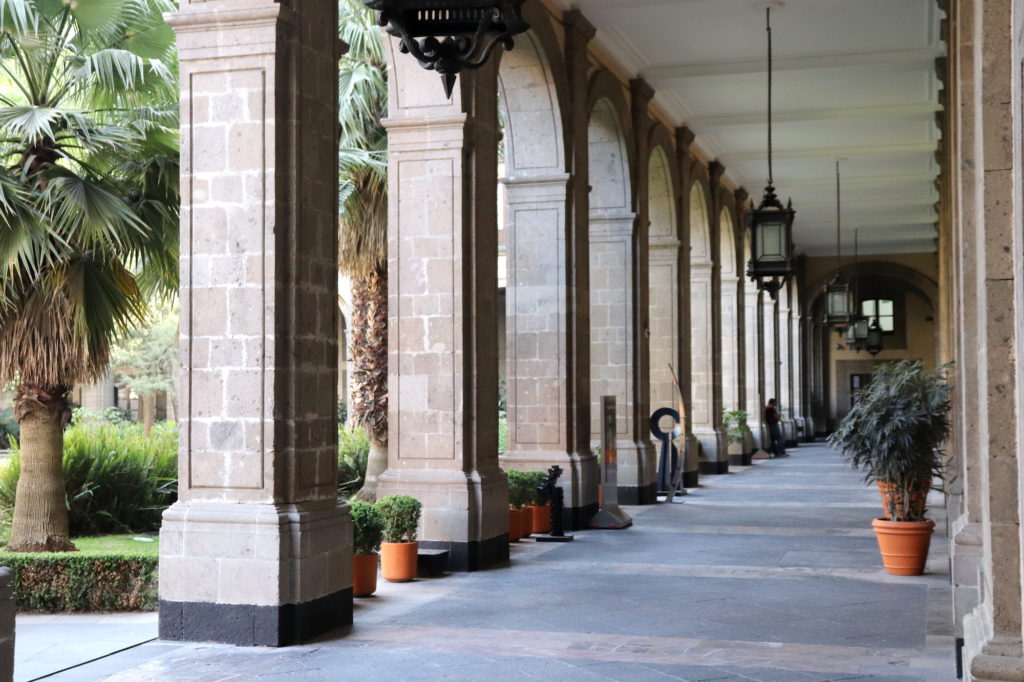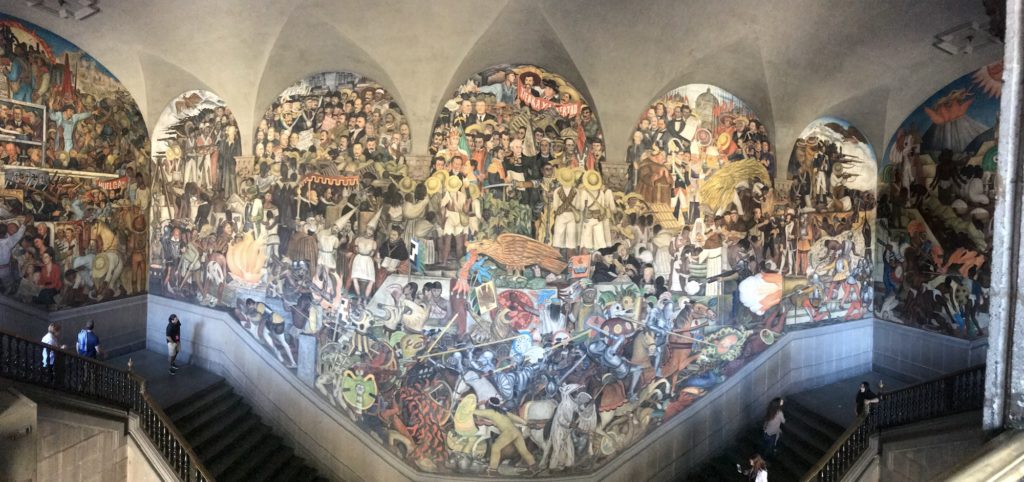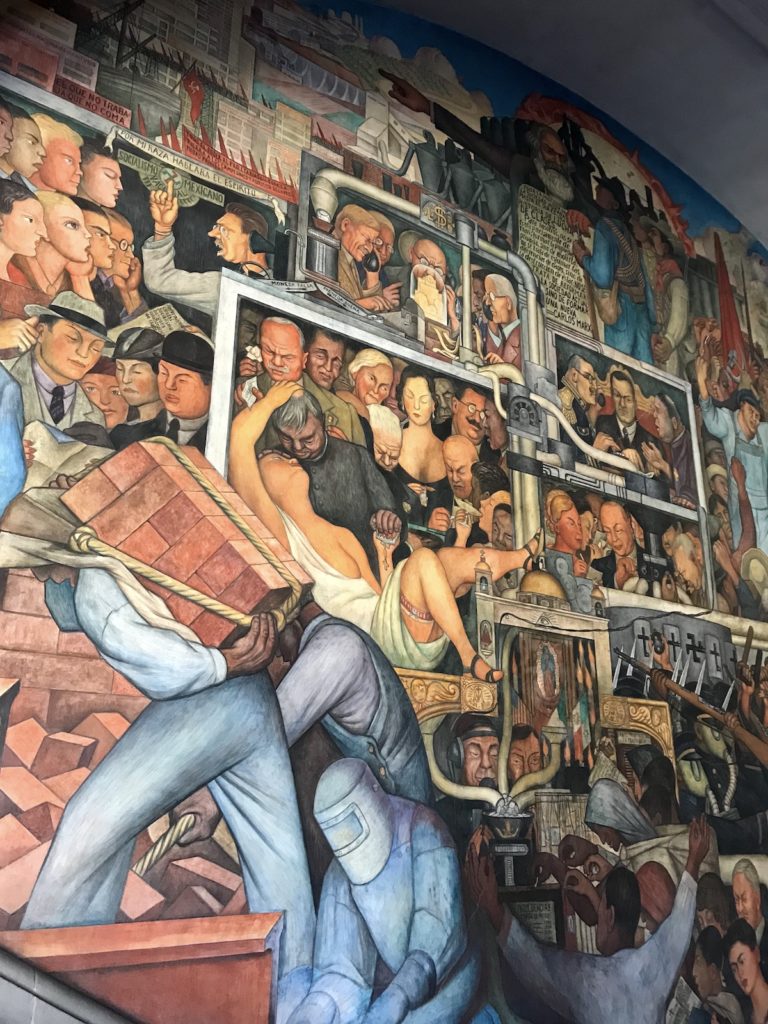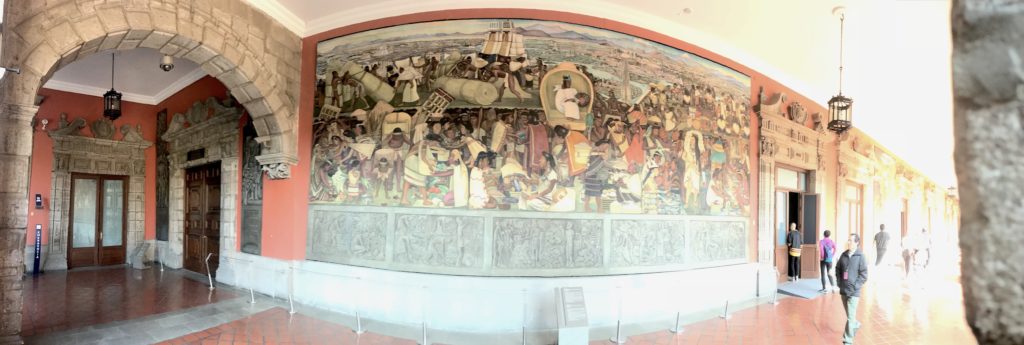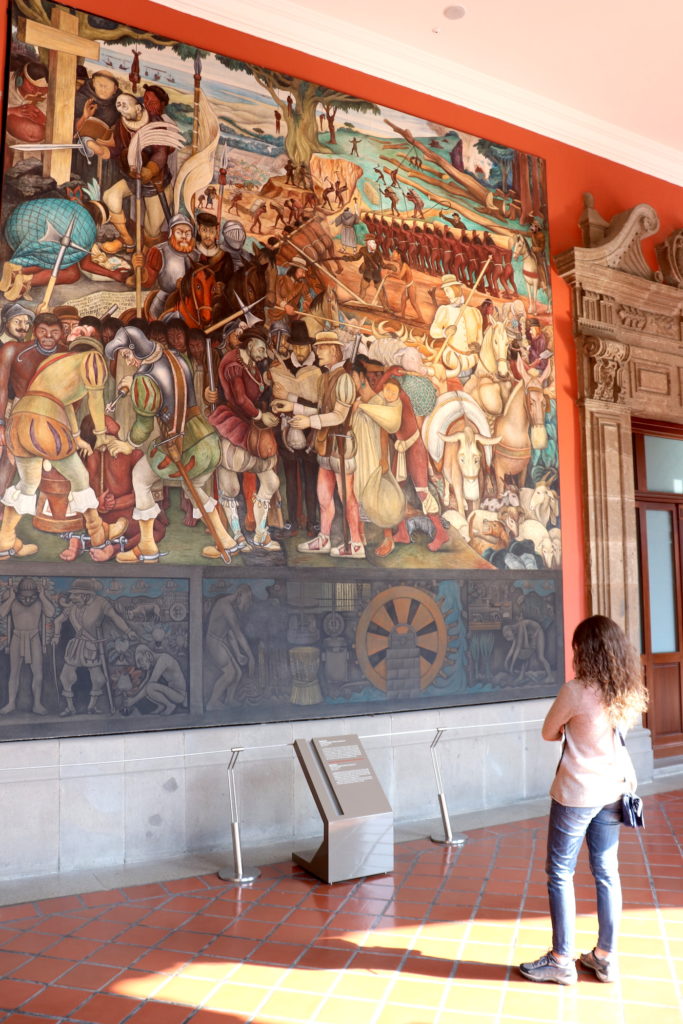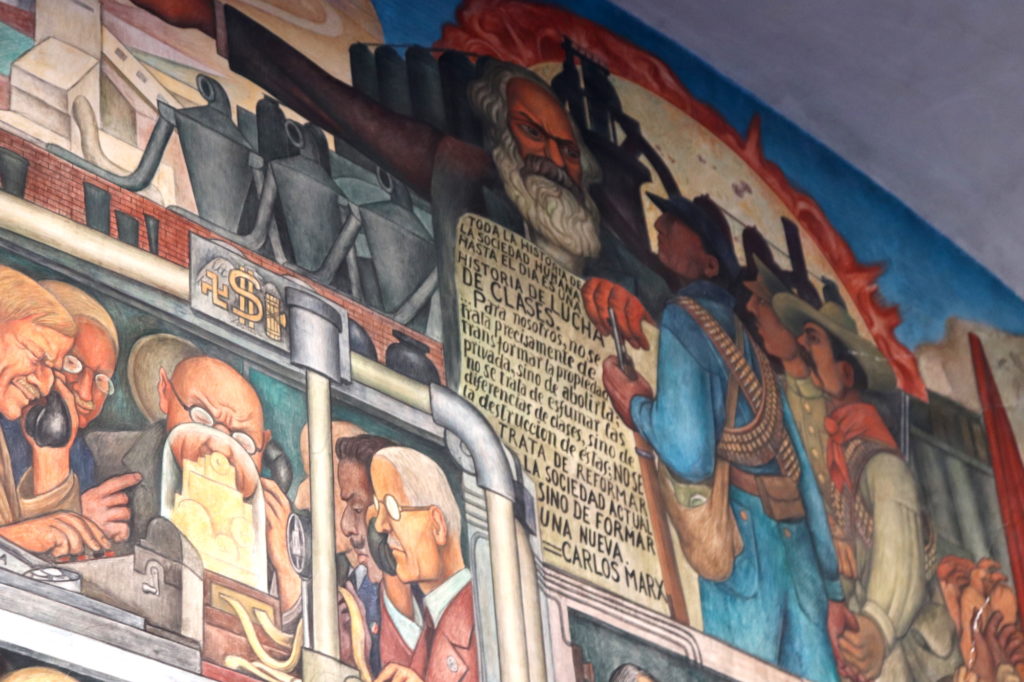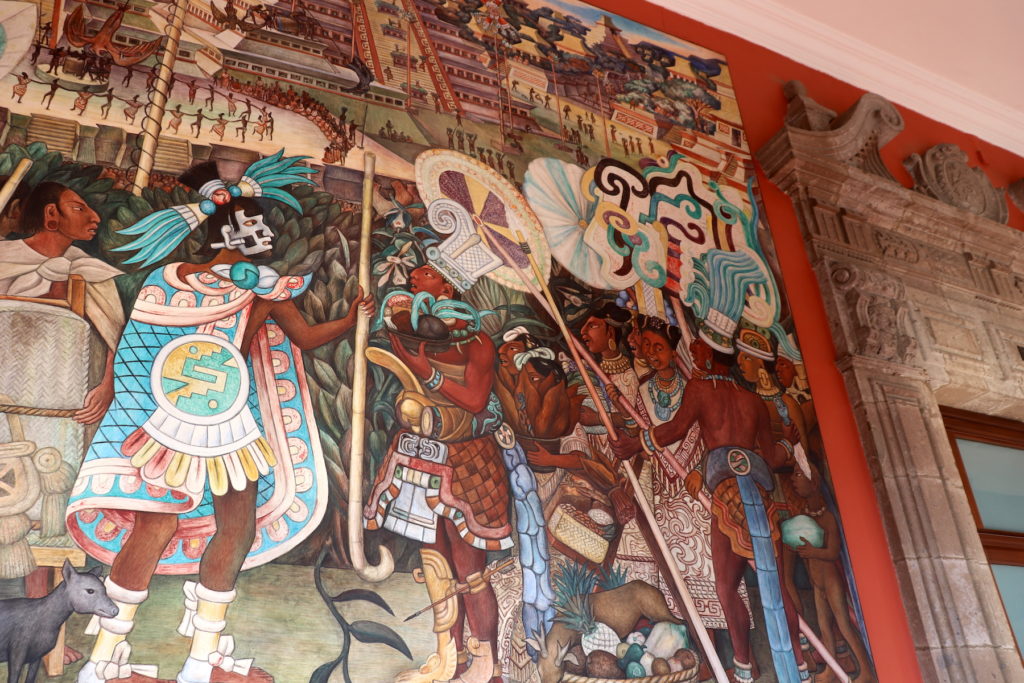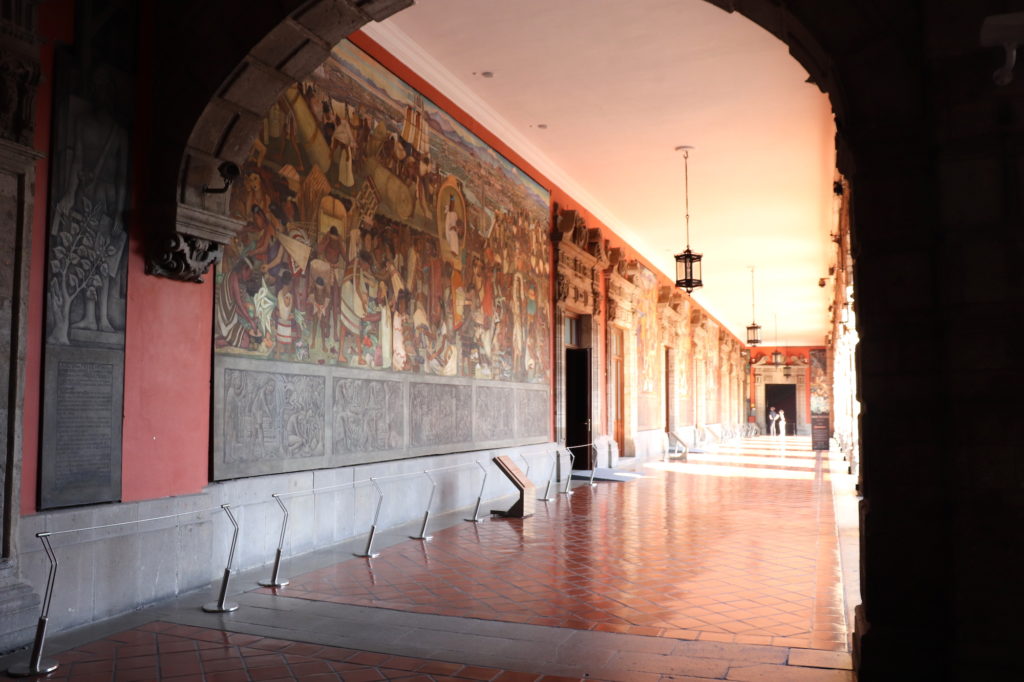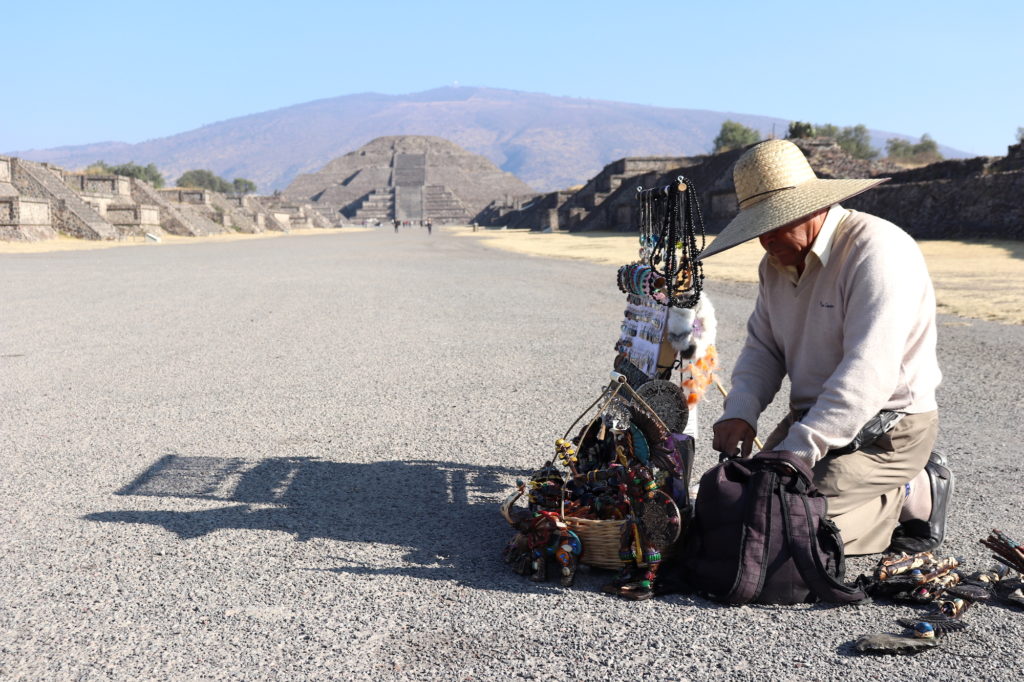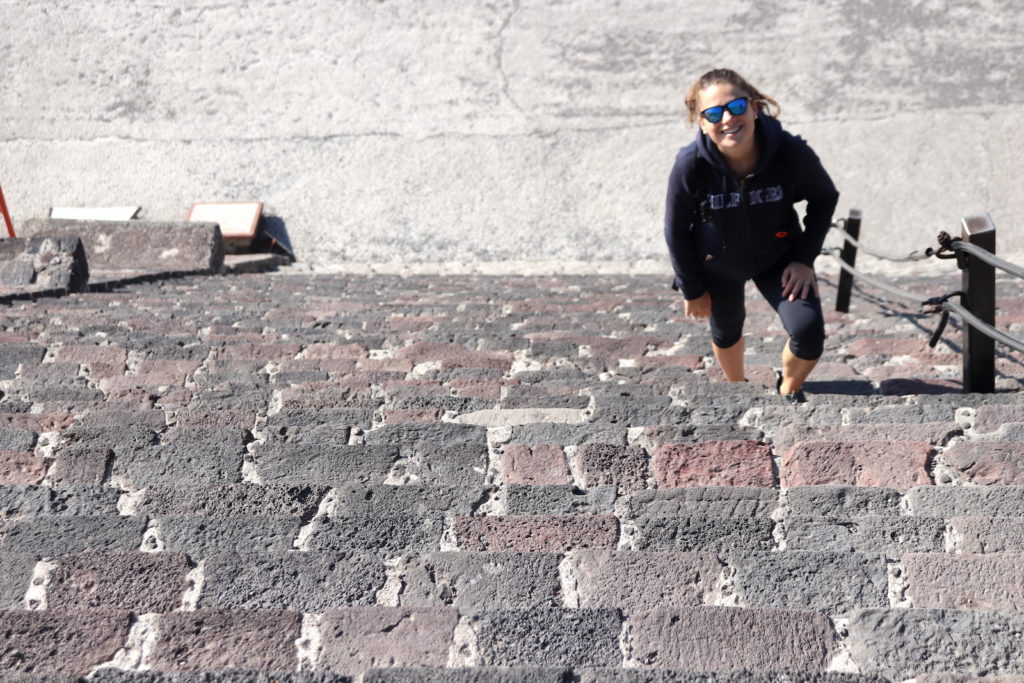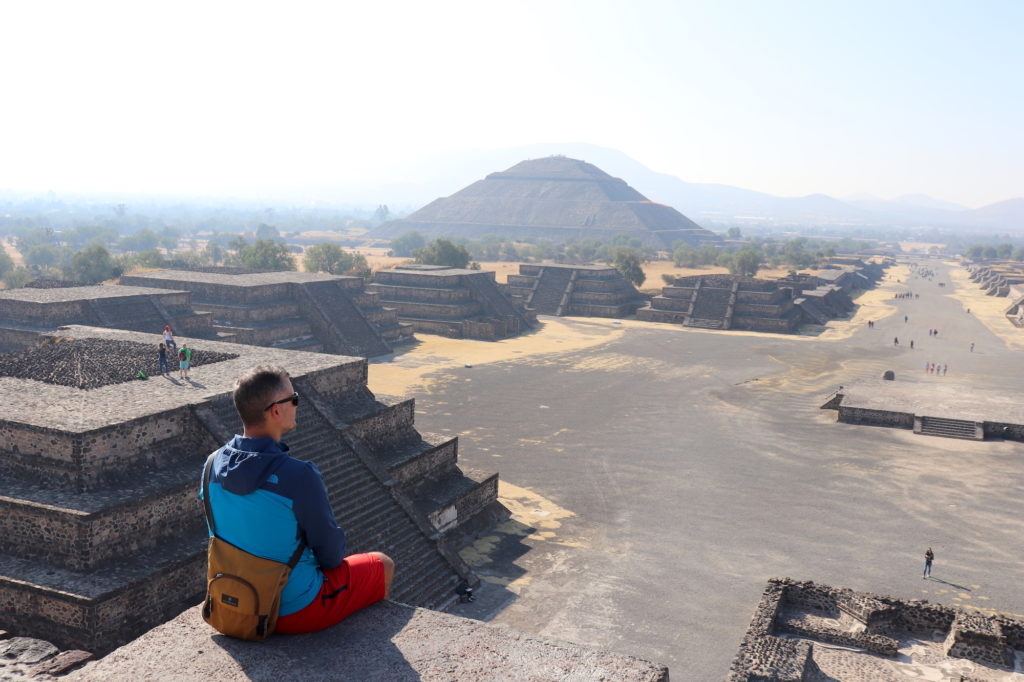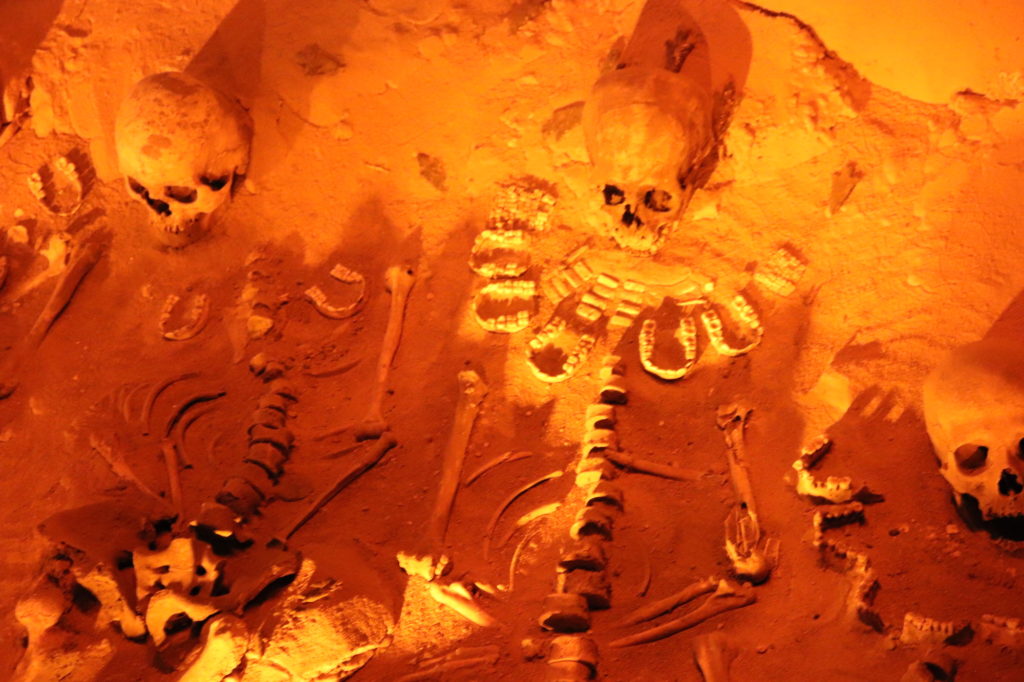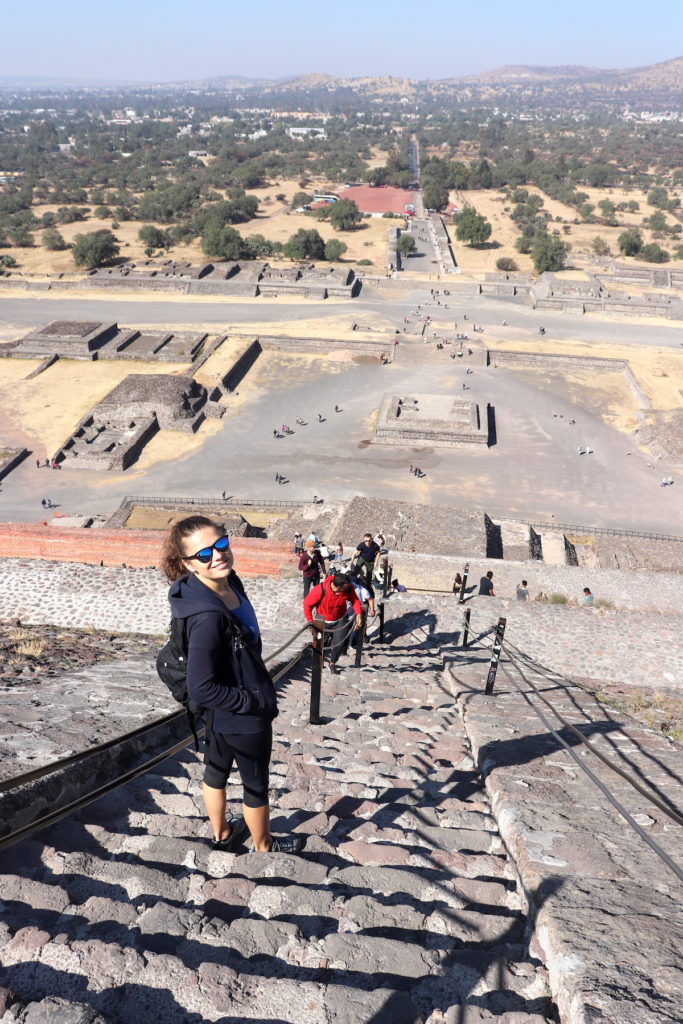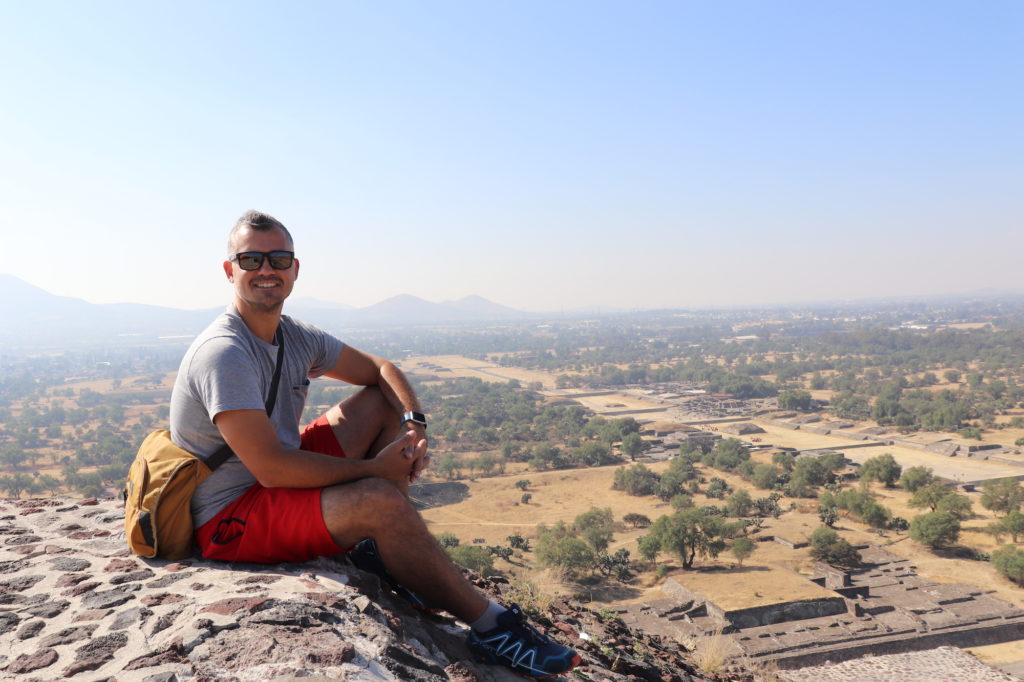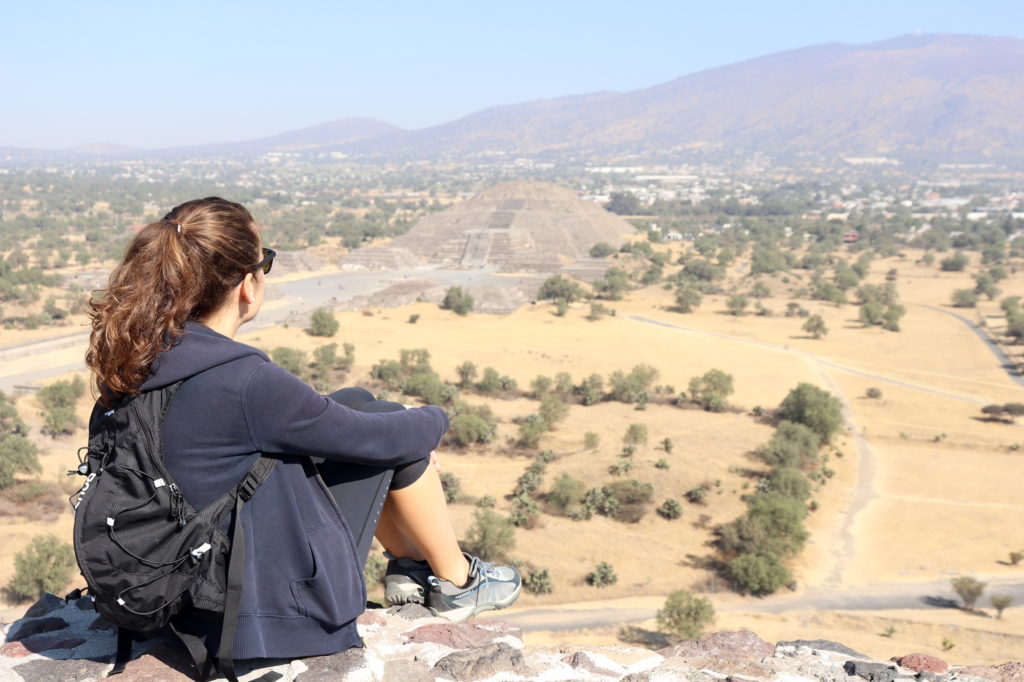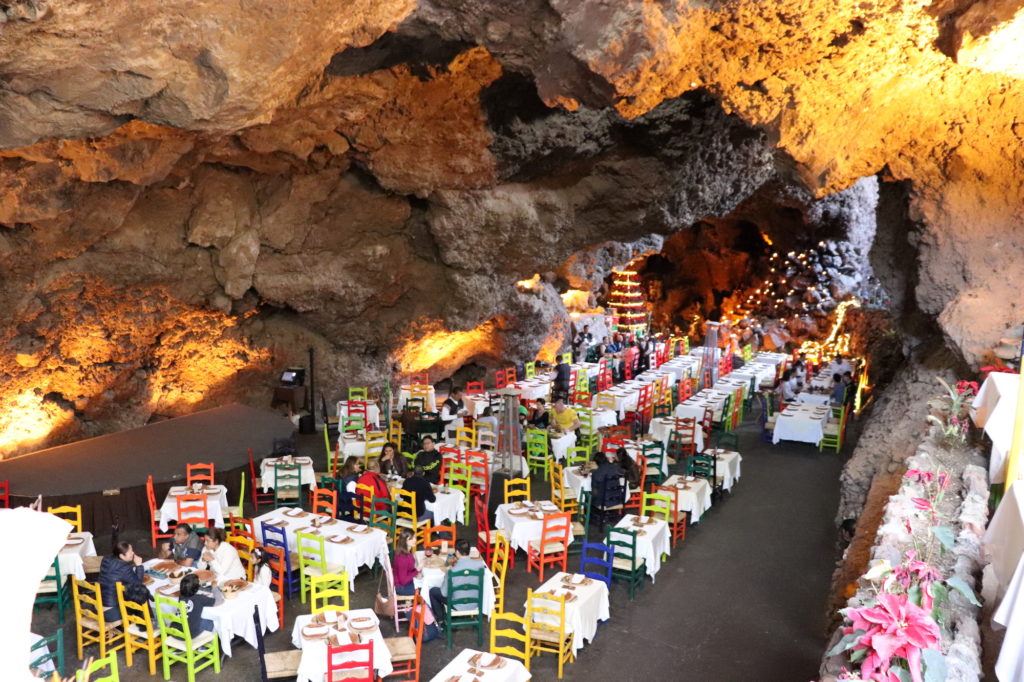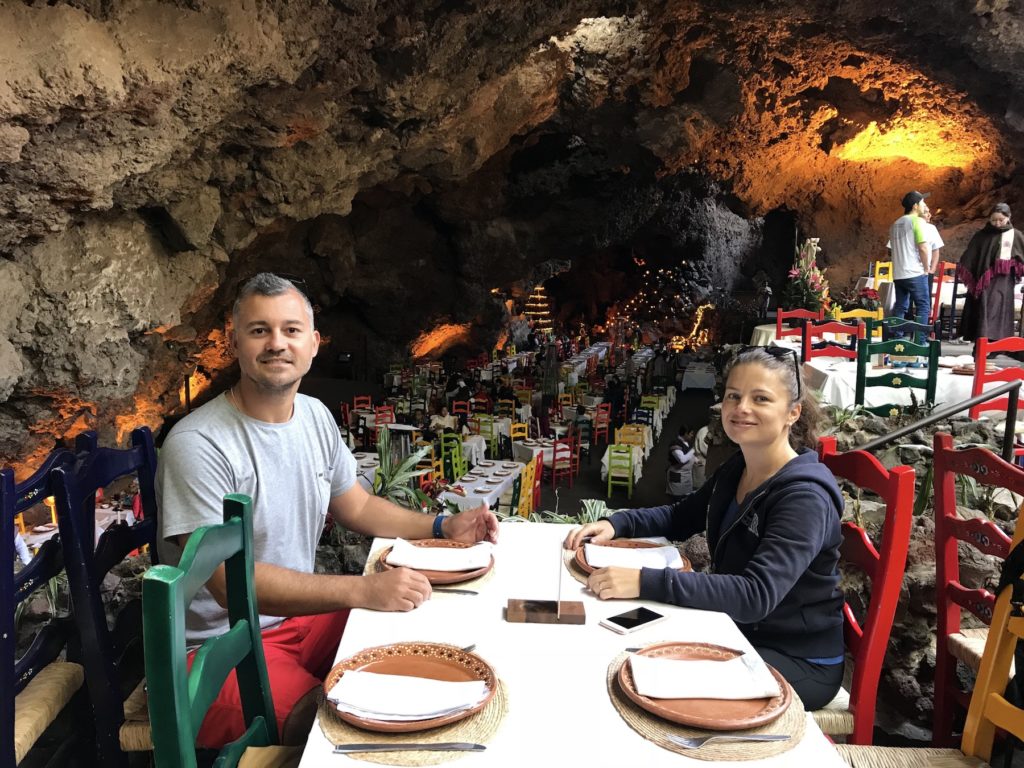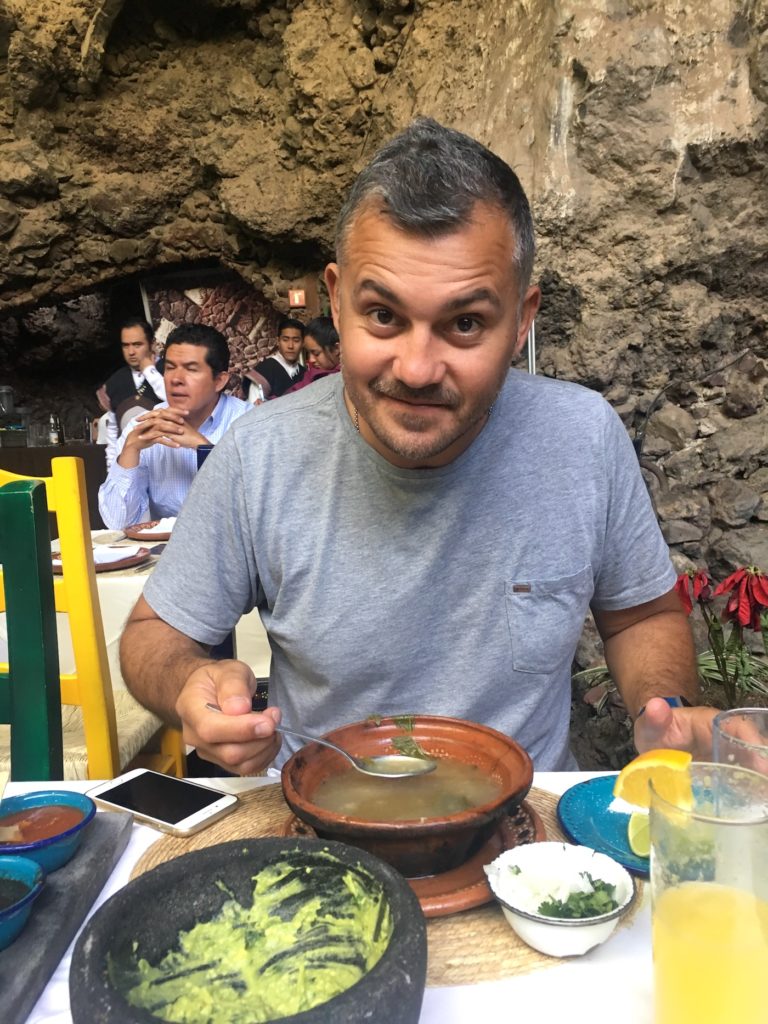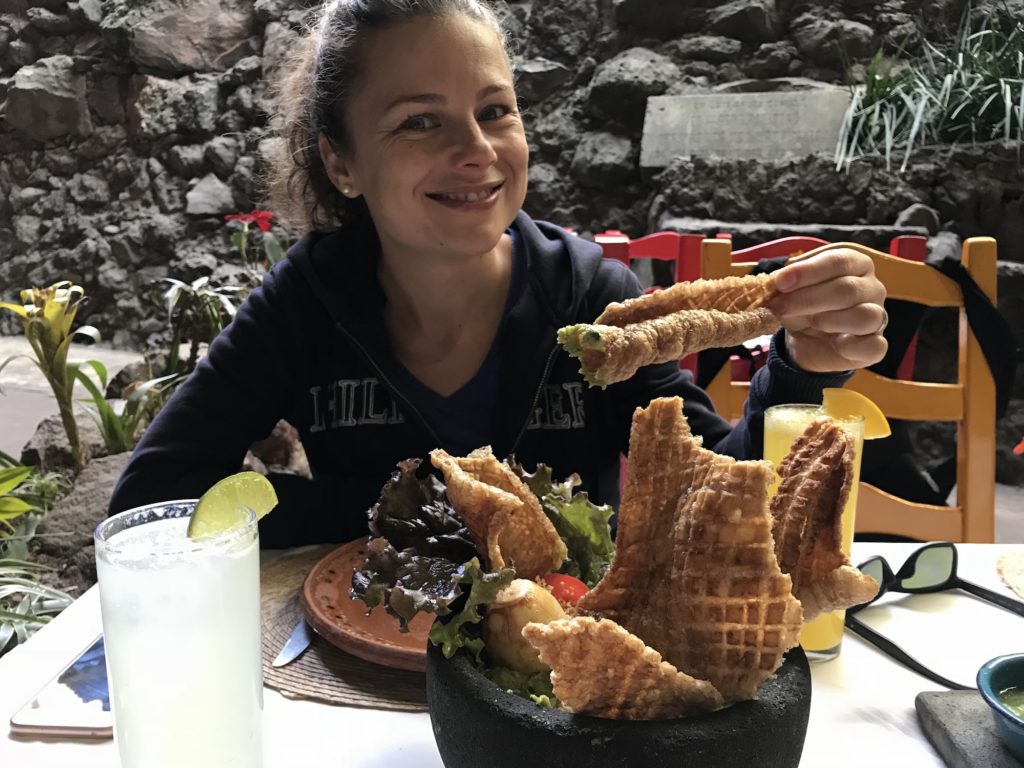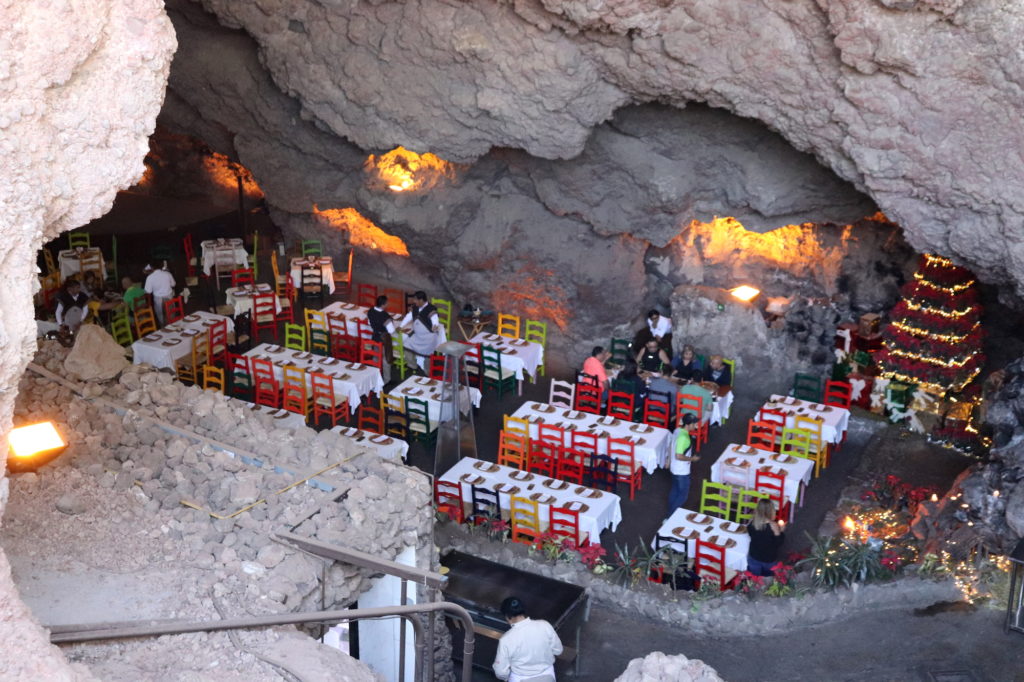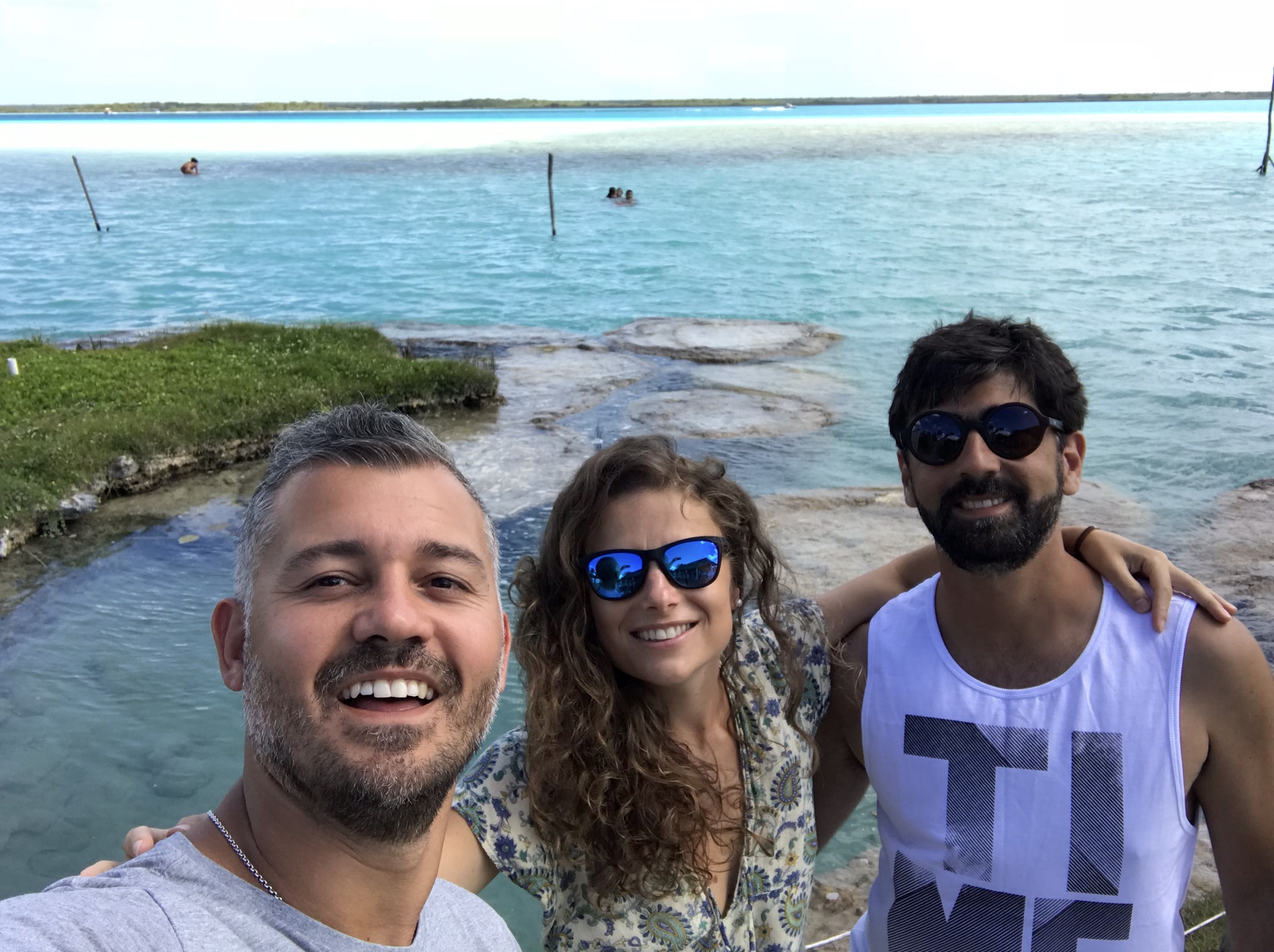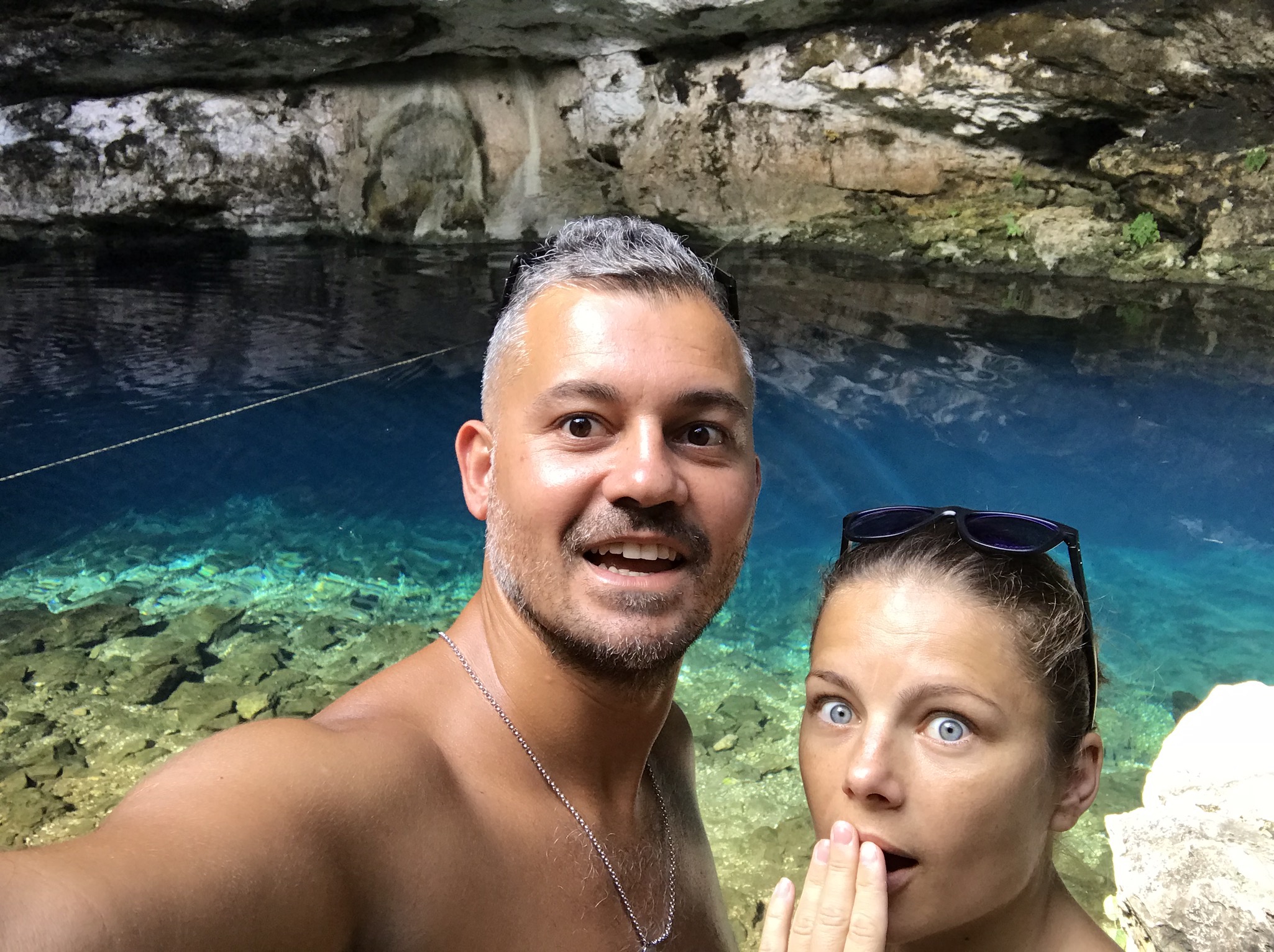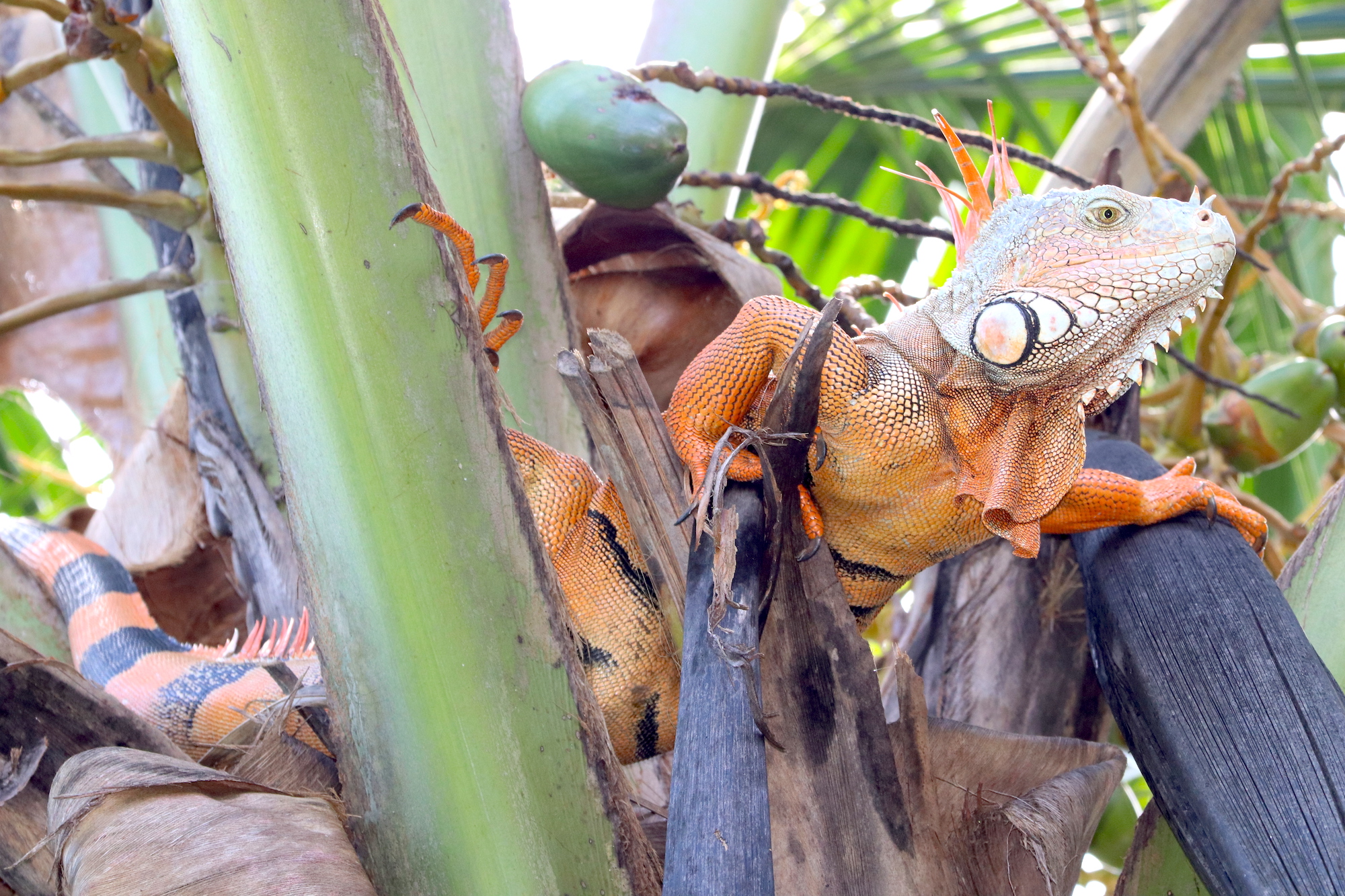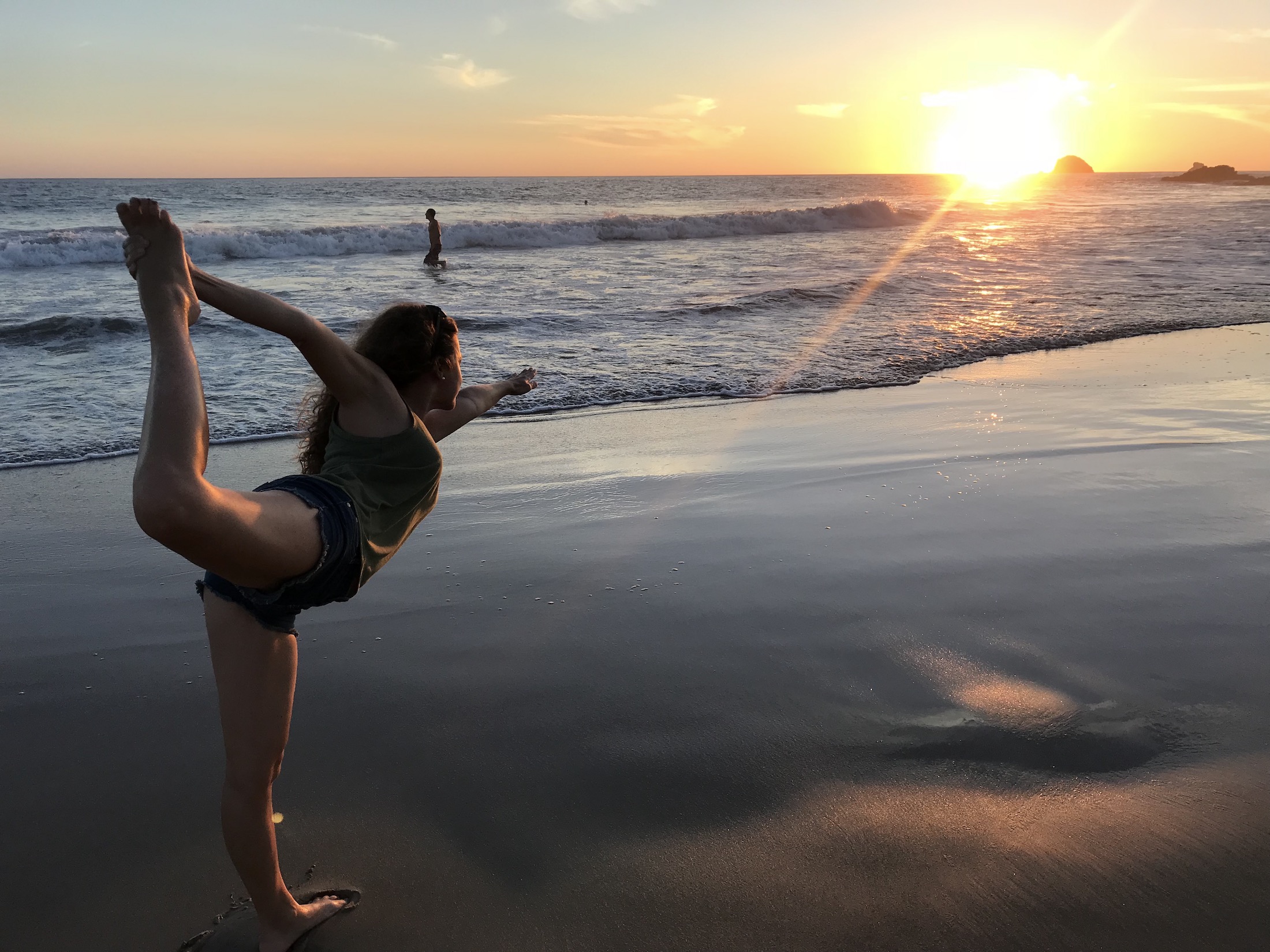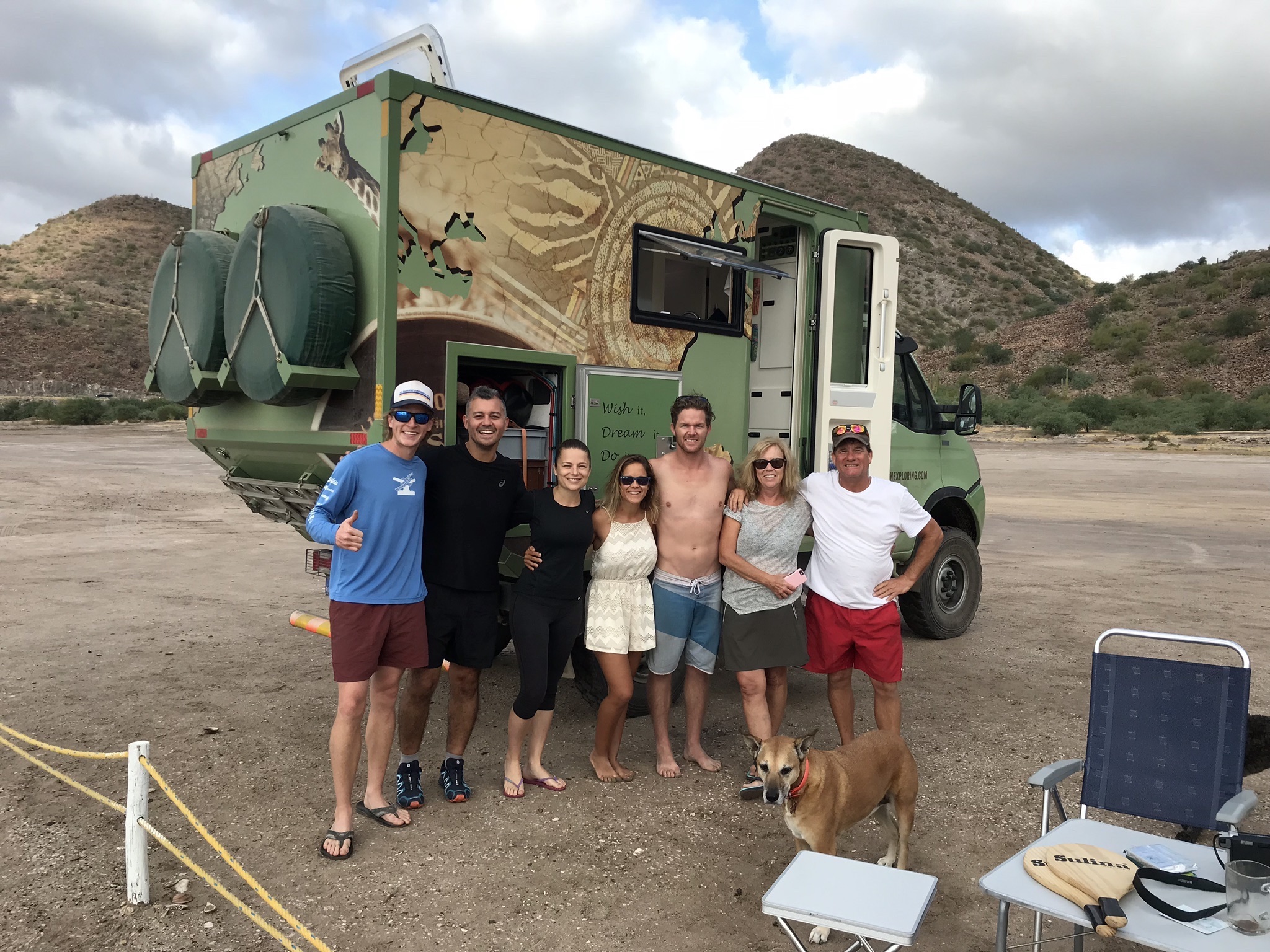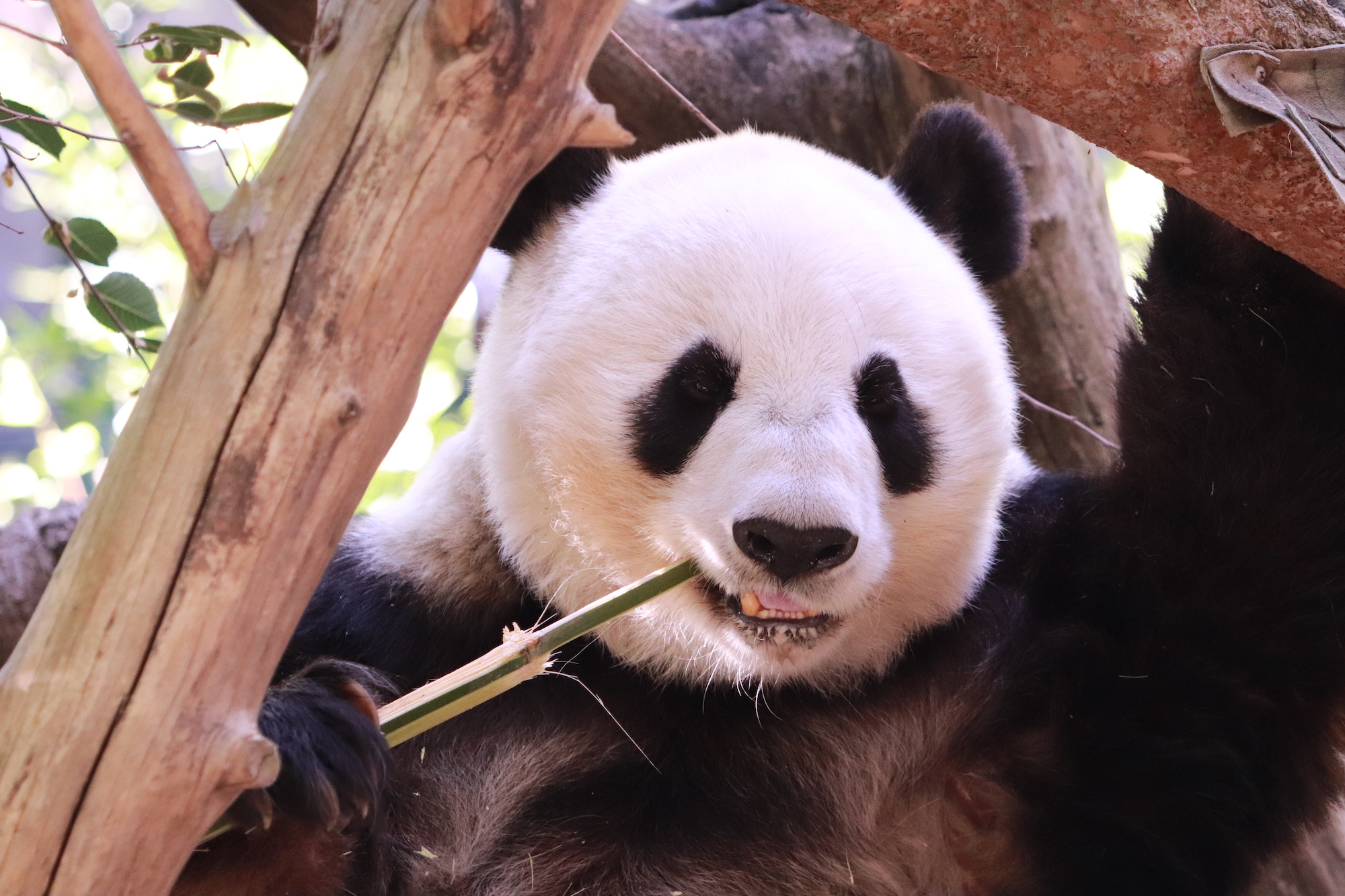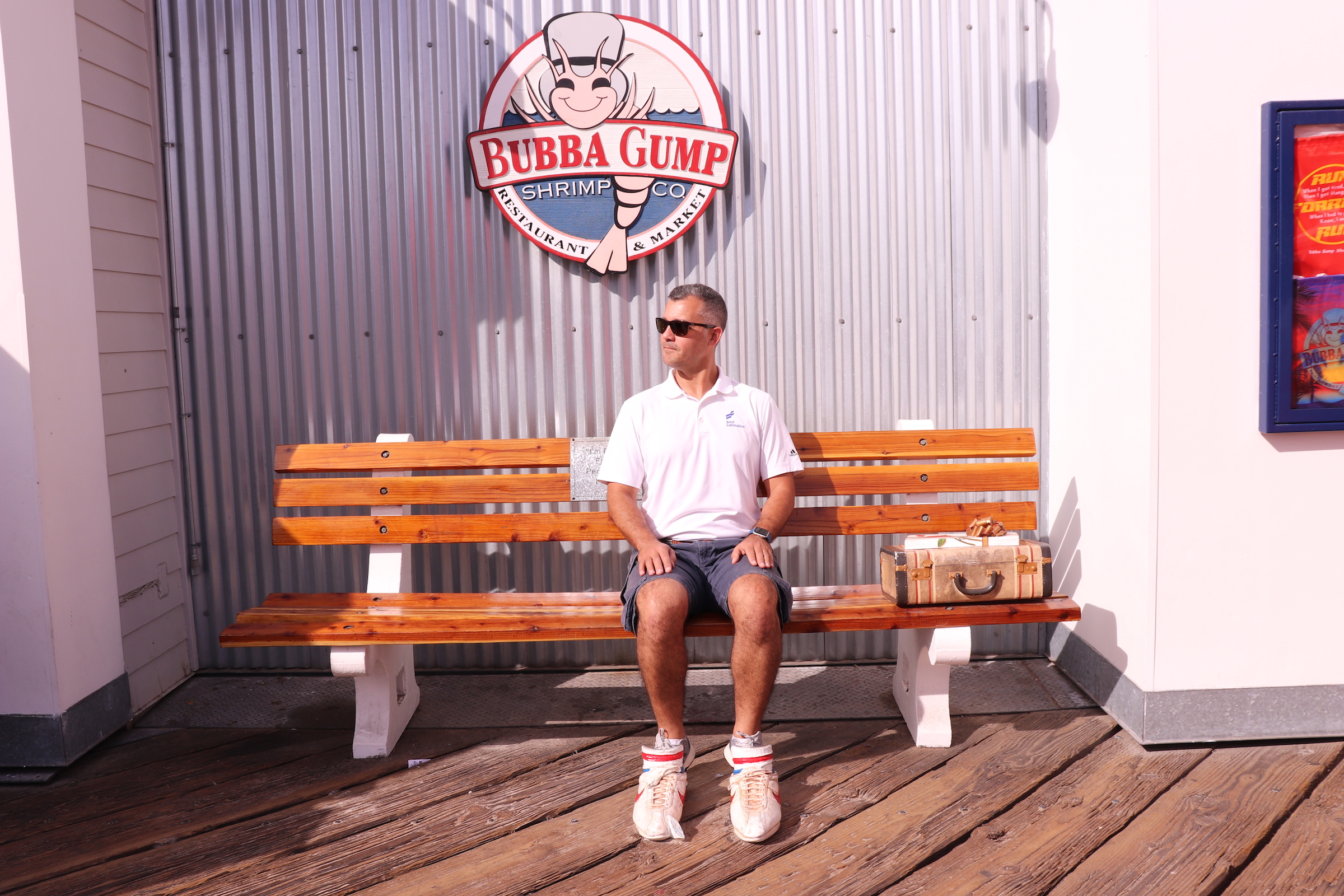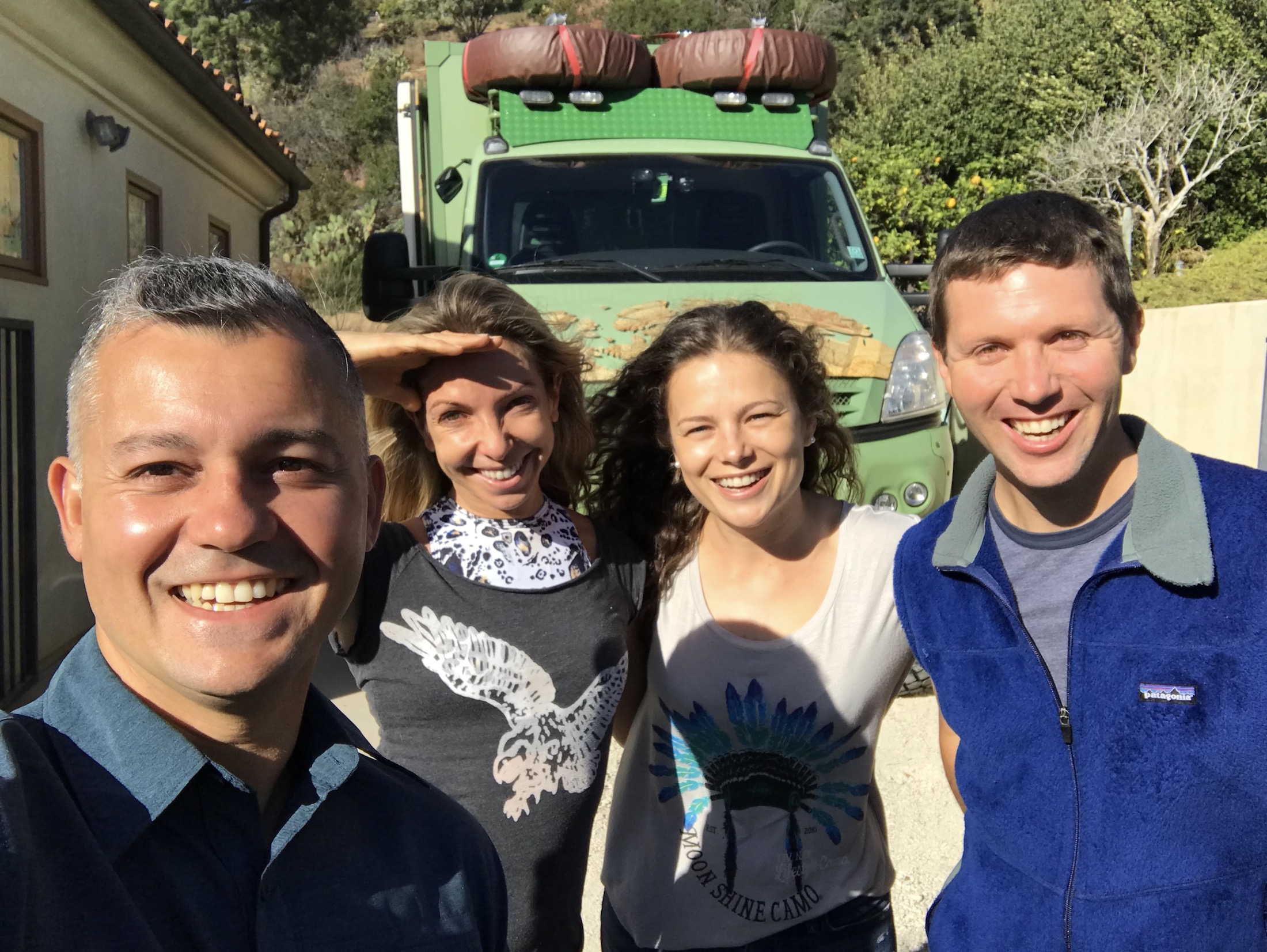Mexico City exceeded our expectations with its pre-Columbian heritage, pyramids, temples, numerous museums, local art and its authentic and delicious culinary scene!
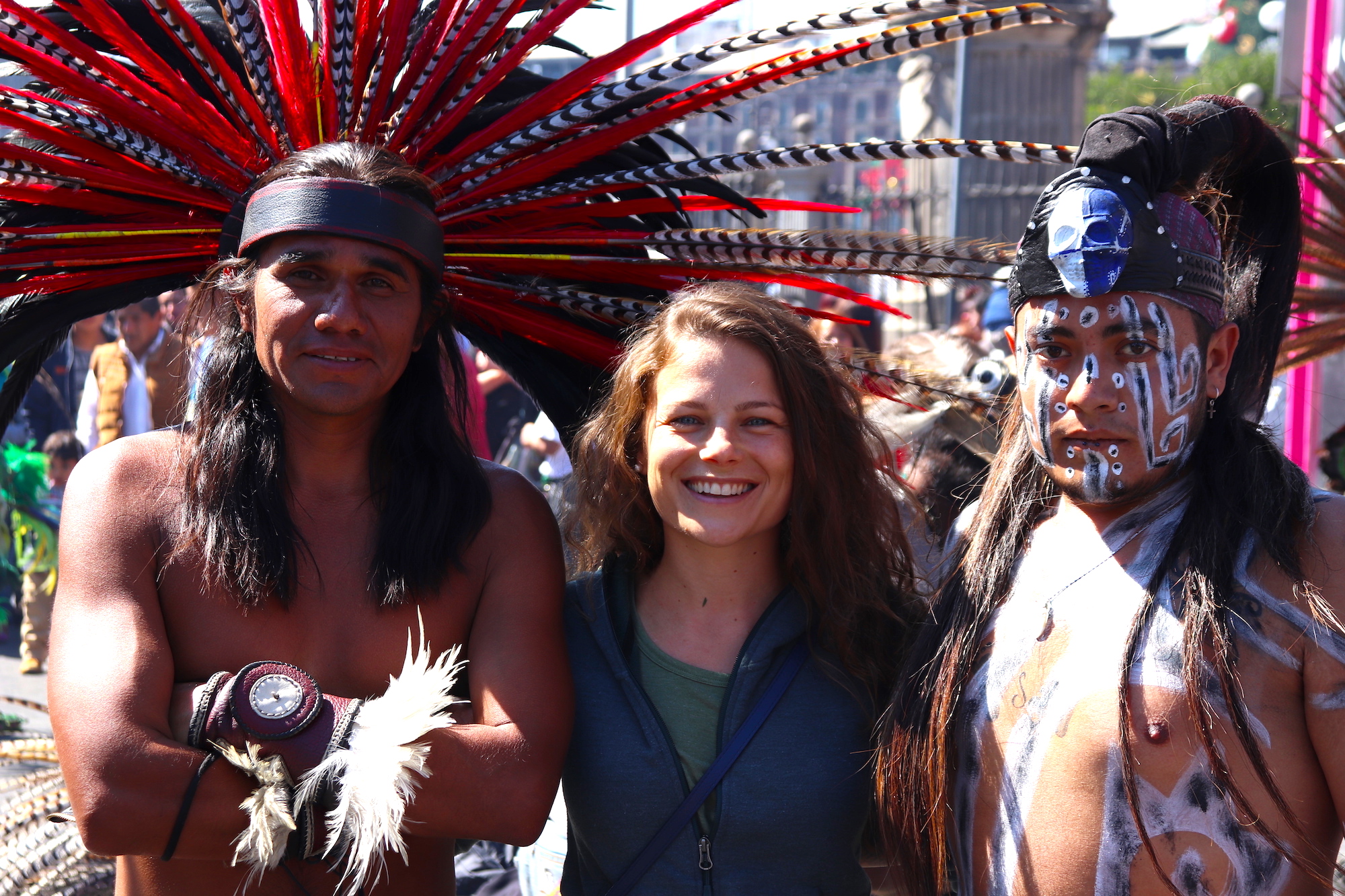
Whilst we were initially skeptical, anticipating many challenges transiting through the huge capital, we were impressed with its infrastructure, the overall feeling of safety and the kindness of the mexiqueños. For sure it is one of our favorite metropolises!
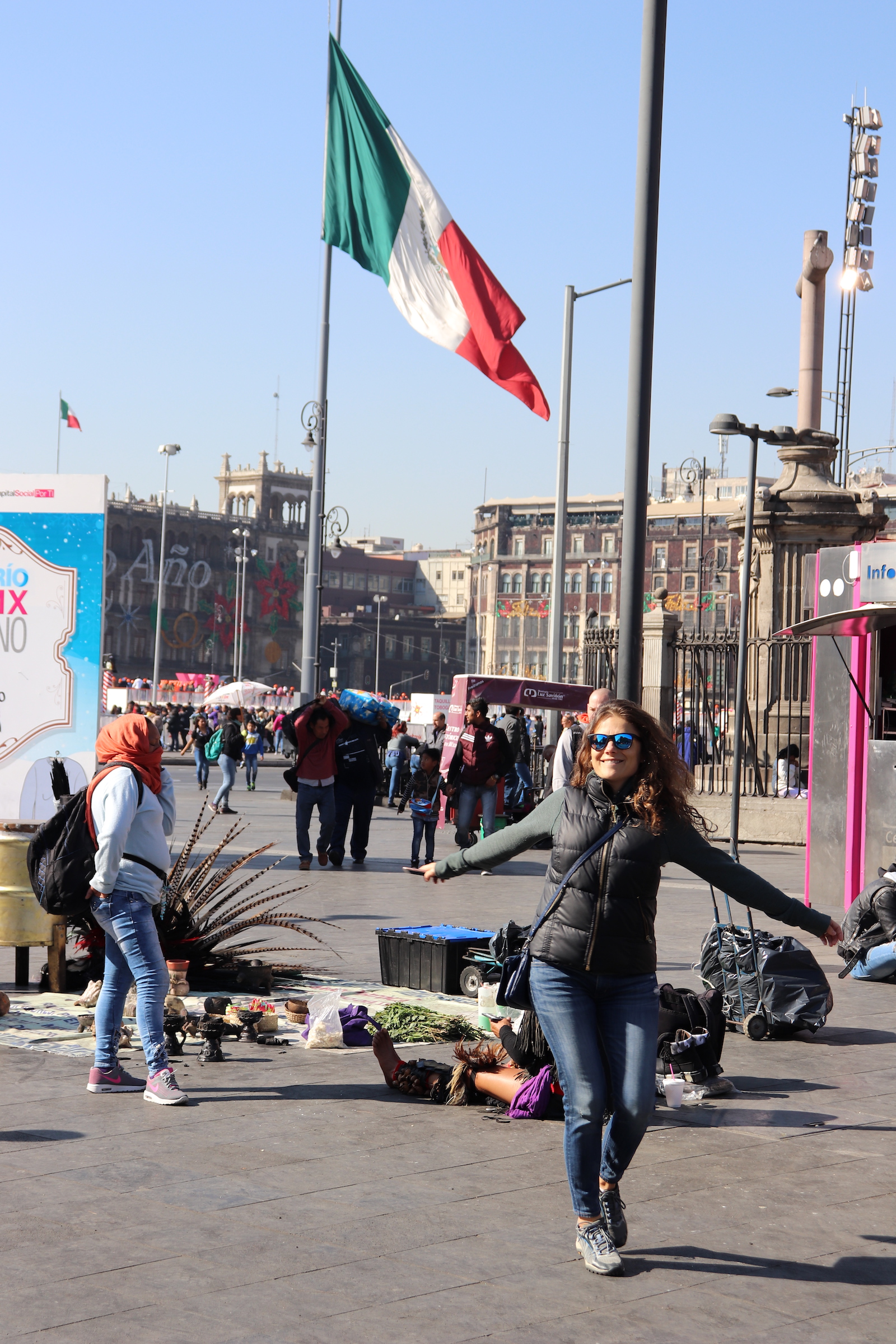
Walking in ancient Aztec temples, climbing Teotihuacan pyramids and learning the pre-Colombian history in a world class anthropology museum was like a dream come true.
Visiting Frida Kahlo’s blue house was a touching experience, where I could really feel her drama and the strength of her art. Diego Rivera’s murals and ideals, portraying the history and struggles of Mexico were outstanding. But perhaps the best of all was to dive into one of the best cuisines of the continent and to spend time with dear friends who made the experience even more memorable.
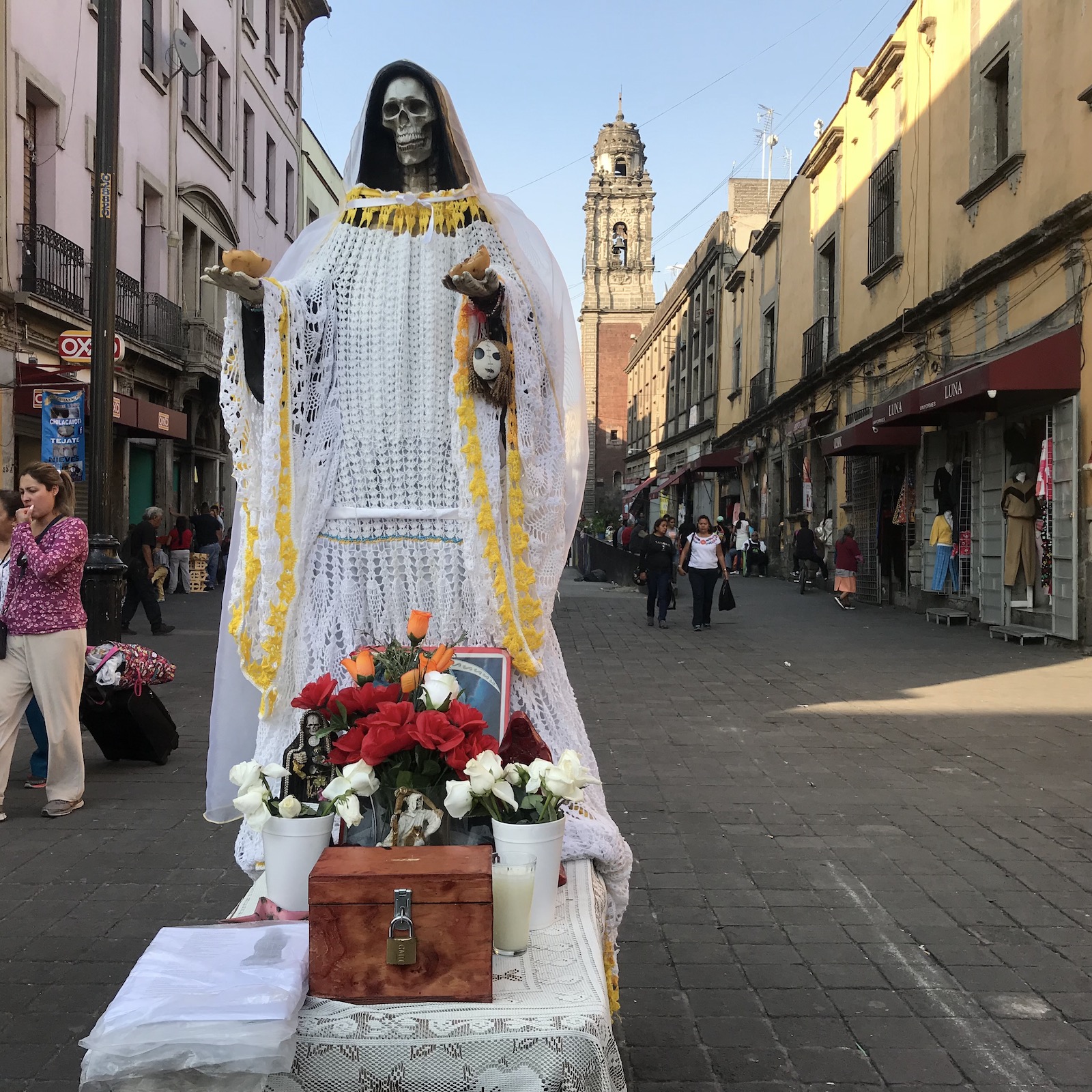
The route to Mexico City
We left Baja and the ferry to Topolobampo behind with a clear plan: to arrive in Mexico City as soon as practically possible to catch our flight to Brazil where we would spend Christmas and new year's holidays. We decided to explore Mexico City upon our return, a couple of weeks later in 2018. The fastest route was through Mexico Federal Highway 15D, which proved to be the most expensive toll road we ever drove through anywhere in the world.
After driving one day at sea level until Mazatlán we started our ascent to the Mexico Plateau. The desertic landscape we experienced in Baja was suddenly replaced by greener and fresher vegetation as we progressed. We noticed the temperature dropping in the following day as we continued our ascent passing through Guadalajara and the popular Tequila region, where we saw the agave plantations and understood that the famous “tequila” drink can only be called ‘Tequila’ if originated there, otherwise it is Mezcal. We would have loved to stop for some tasting, but the time was not on our side.
The Federal Highway 15D was safe and mostly in good condition; however, the tolls were outrageously expensive, and annoyingly charged at numerous booths at every 50 to 100 kilometers. At certain point we spent more than (the equivalent of) 50 Euros in one single day. JP was sure he had never paid as much elsewhere in the world and decided to research more about it. He soon found out that the Mexican highways are within the most expensive in the world, with an average cost of 0.1475 USD/km, and ahead of France (0.1231 USD/km), Spain (0.111 USD.km) and Australia (0.1085 USD/km). Understandably, the traffic at highway 15D was relatively mild, comprised mostly by commercial trucks and large SUVs, which were packed with people and luggage to their limits. We believe this is because the average Mexican cannot afford these expensive tolls when traveling alone. Having said all these, whilst we were upset with the excessive costs and sad for the average Mexican, we were happy to have the option to take a smooth and safe express highway, even if this came at high cost. That's because the alternative toll-free roads are very badly maintained, poorly (if at all) signaled, full of speed bumps (which you will eventually miss, possibly damaging your suspension), and often unsafe and dangerous. Thus, for us, it was better to stick to the expensive tolls roads, avoiding unnecessary risks.
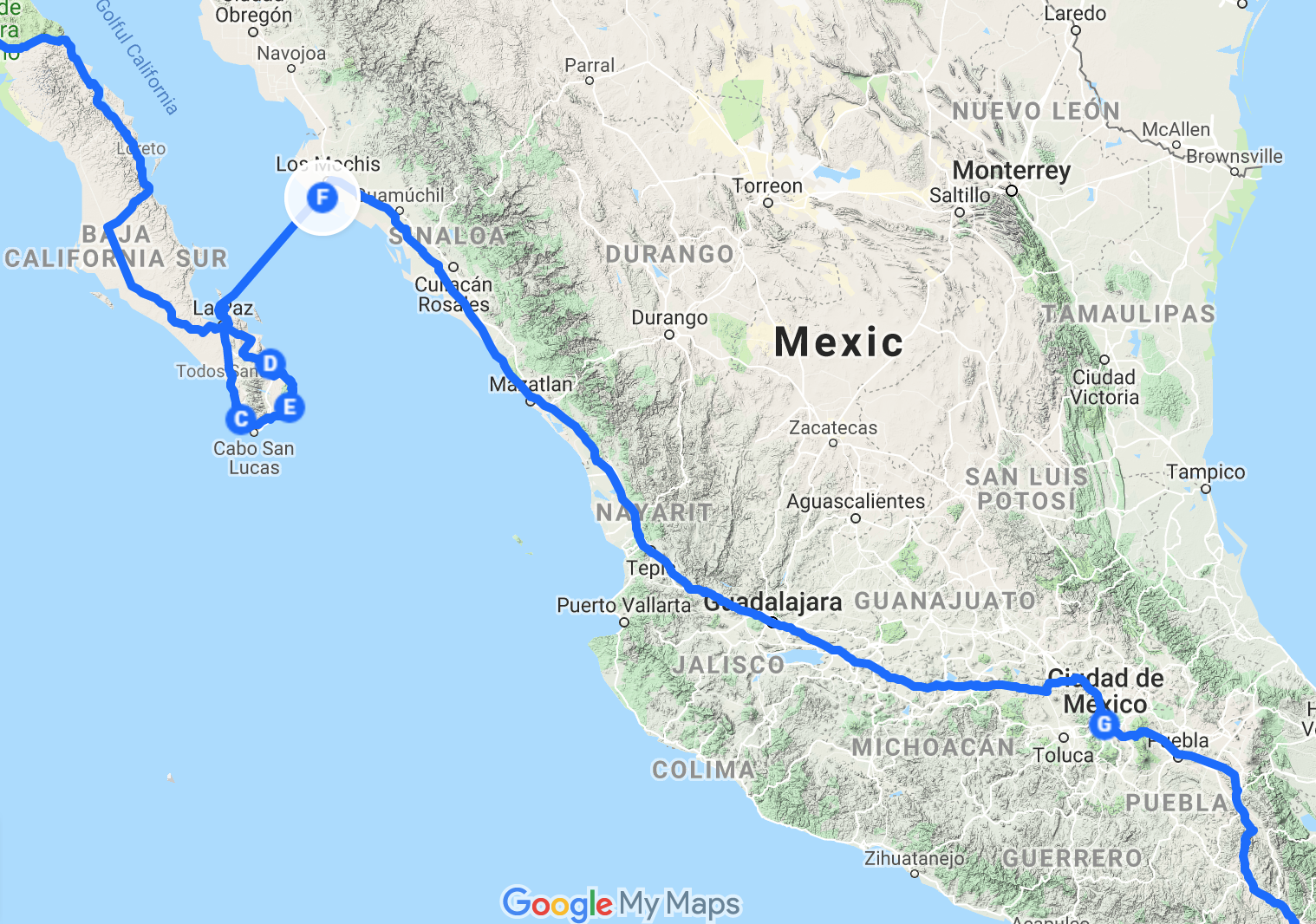
Eventually, after three days, we reached Mexico City where we camped at the Teotihuacan RV and Trailer Park, in San Juan de Teotihuacan. It was relatively cold at 2,200m altitude and we needed our jackets on most of the time. It was nice and refreshing.
It is important to mention that we planned our Mexico City and San Juan de Teotihuacan experience in two phases: first to arrive at the RV Park in San Juan, set-up camp, meet our friends in Mexico City, Simona and Carlo and get some admin done before catching a flight to Brazil to spend Christmas with JP’s family a couple days later. Our truck would stay parked at the RV park whilst we would be in Brazil. Then, upon our return from Brazil, the phase two would kick in and from San Juan we would commute to explore Mexico City's numerous attractions.
San Juan de Teotihuacan
Most overlanders camp in this historic village, located just 40km outside the metropolis and commute to Mexico City for sightseeing. Teotihuacan was once Mexico’s biggest ancient city, known for its world-class archeological site where the two major pyramids of the Teotihuacan civilization, the Pyramid of the Sun and the Pyramid of the Moon are located.
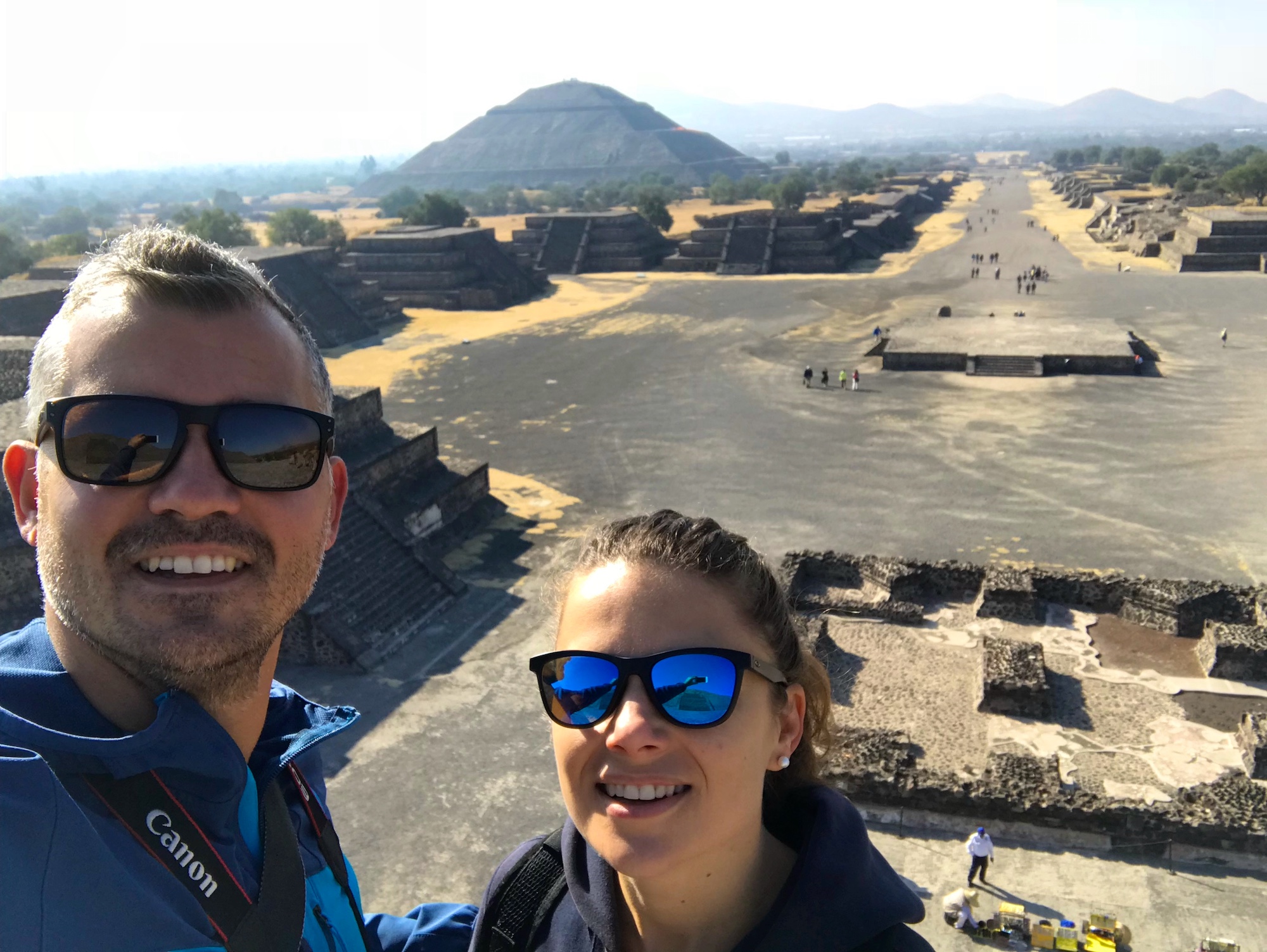
The trailer park is owned and managed by Ms. Mina, a very nice lady who makes you feel at home. Her dogs are very friendly and the place spacious and safe. There were other overlanders there so it was also a great place to meet other fellow travelers. Whilst the facilities are a bit tired they are better than most in Mexico. There is a market, loads of restaurants and shops nearby where we could get some admin done. The world famous Teotihuacan Pyramids are at walking distance and there is a direct line bus to the North Station where we could get the metro to Mexico City.
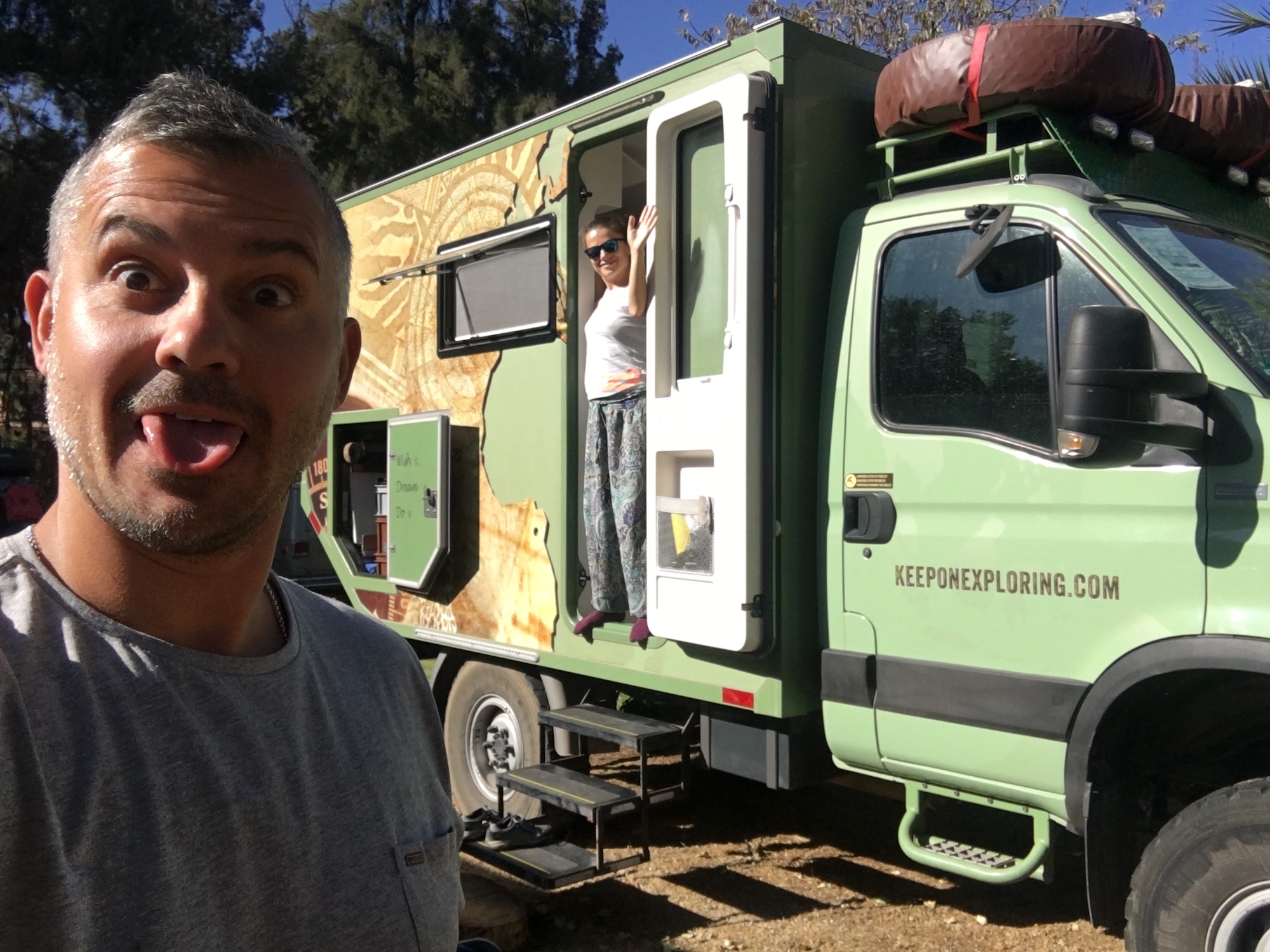
Once we set up the camp we started exploring the village of San Juan. Two blocks away was a local market full of local products, handicrafts and services, packed with hundreds of people roaming around, everyone trying to sell or buy something. It was a feast of scents, with smells of tacos, corn, pastries and many other things. It was the view of hard-working people trying to make a living. Life can be tough as Mexicans fight for every peso, but there is hope in the realization that these are industrious people who work hard whilst keeping a good spirit and lots of smiles on their faces.
There was a nice vibe in those busy streets, with music everywhere, people talking and socializing. We felt a certain familiarity and comfort in this latin atmosphere, and had no problem to get our admin sorted, preparing ourselves for our flight. But before shooting of we wanted to pay a visit to our friends in Mexico City.
Commuting by bus and metro to Mexico City: Meeting Simona, Carlo and Massimo!
At the corner of the RV Park we took a non-stop bus to Mexico City’s North Terminal or 'Terminal Norte'. The ride was comfortable and more pleasant than we anticipated. The bus was clean, air-conditioned, comfortable and often mariachi would join the ride to enchant the atmosphere, trying to make a living. For 50 pesos per person (equivalent to 2.5 Euros) we were transported to ‘Terminal Norte’, about 45 km from the RV Park. There we accessed the Mexico City metro, which was packed with people and vendors trying to sell all sort of stuff in the train. We felt like checking our bag every second, bu it was all fine. It wasn’t the most comfortable ride, but the trains and stations were safe, clean and we had no problems. It was actually a nice experience to learn how life is really lived in Mexico City. With a cost of only 5 pesos per person, the metro is practically for free. The network is extensive, and it is the fastest and cheapest way to move around.
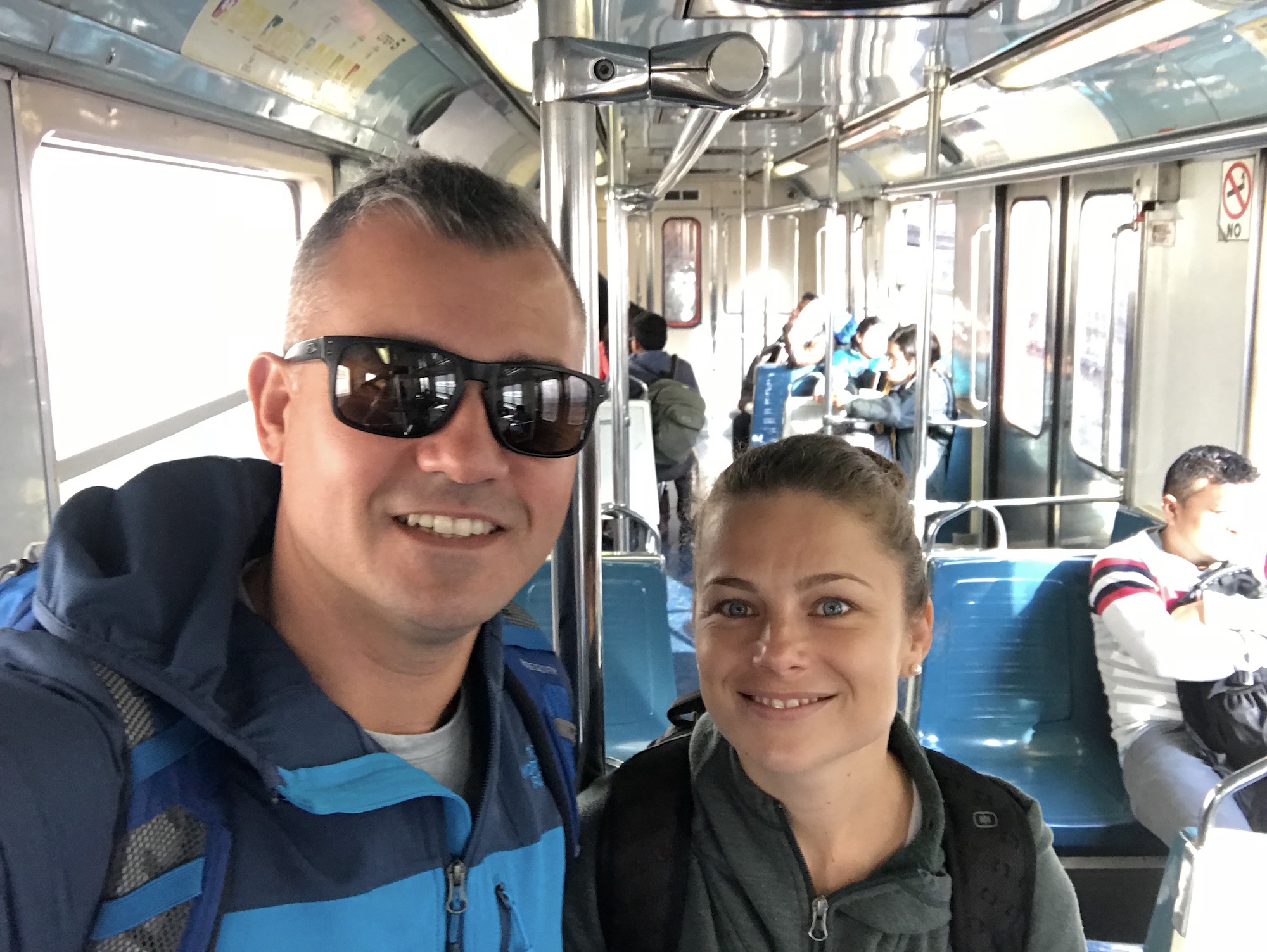
We stepped out at the Sevilla Station on our way to the Roma neighborhood where our friends Simona and Carlo were living. It was a different view from what had seen and experienced in Mexico City's periphery. A clean, well maintained neighborhood with nicely restored brick and glass facade buildings, cool bars, restaurants and a few art galleries. It was a more central and contemporary upper-middle class neighborhood.
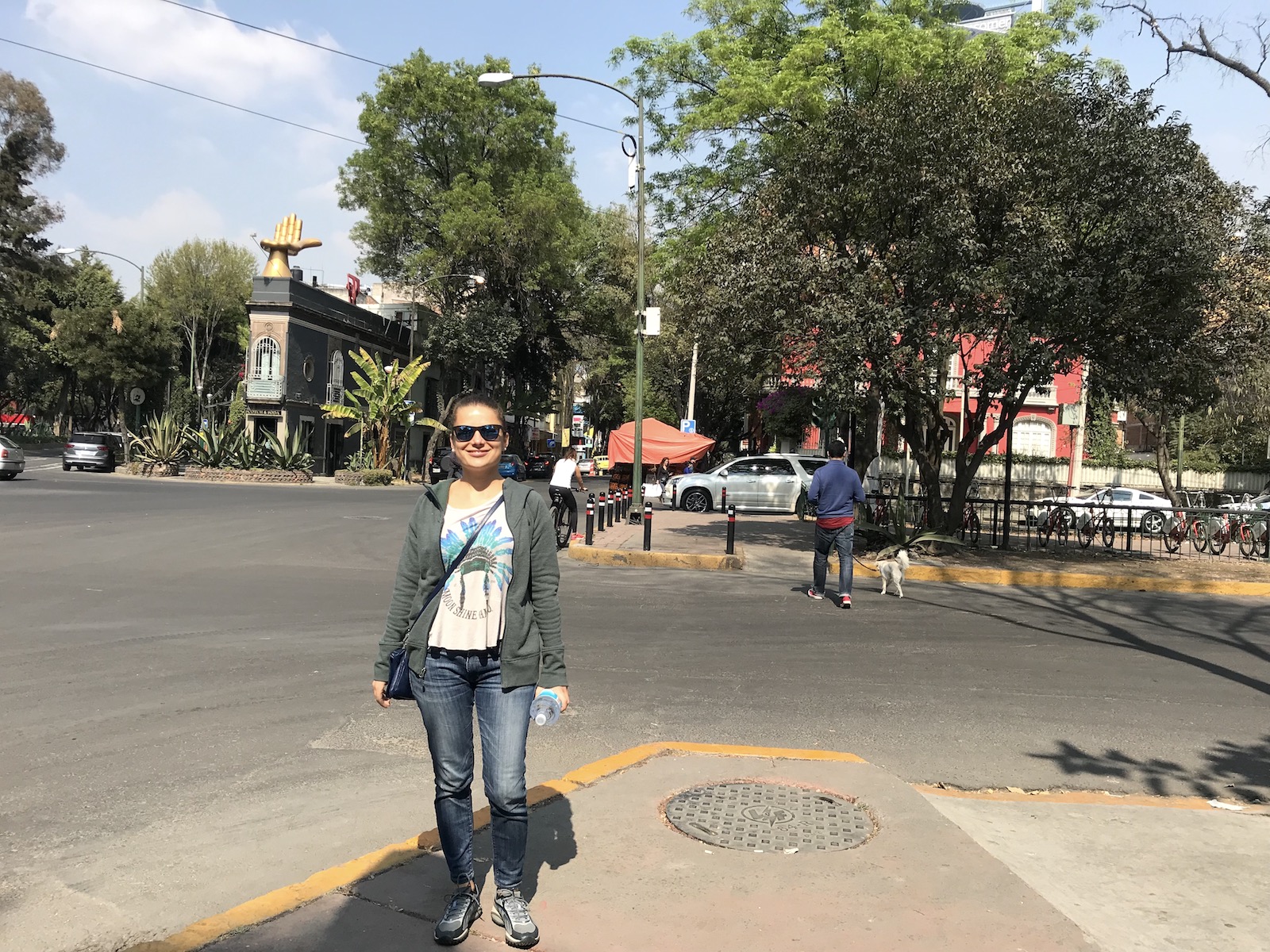
I was so glad to see Simona and was looking forward to meeting her husband Carlo and her new born child, Massimo, for the first time. Simona and I first met 13 years ago, introduced by a common friend in our birth town Sibiu in Romania. We were both in our 20’s, young, adventurous, and thirsty to travel and explore the world. Simona introduced me to the media company I worked for the past 7 years. Although we were colleagues, we were assigned to different world regions, so we did not see each other much. While Simona was a Latin American expert in our working field, I was specialized in Africa and the Middle East. We were in different continents and assignments but remained close friends.
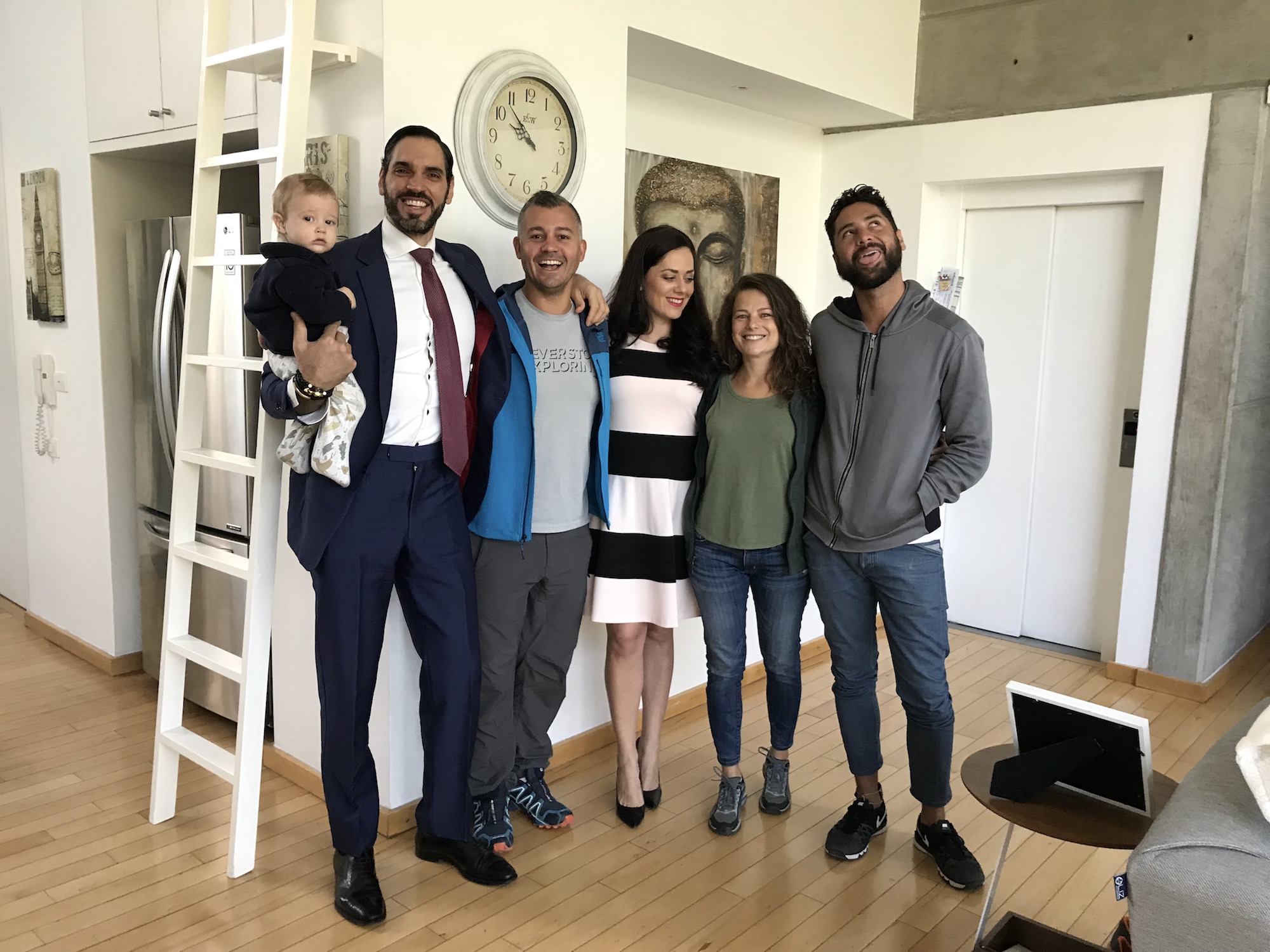
It was wonderful and gratifying to see her again, and to witness her professional and personal accomplishments. A successful business woman who built a beautiful family around her. Simona and Carlo welcomed us with a true Romanian - Italian hospitality. While Simona made sure our wine glasses were always full, Carlo prepared delicious pasta and an espresso ice cream panettone, completing the feast.
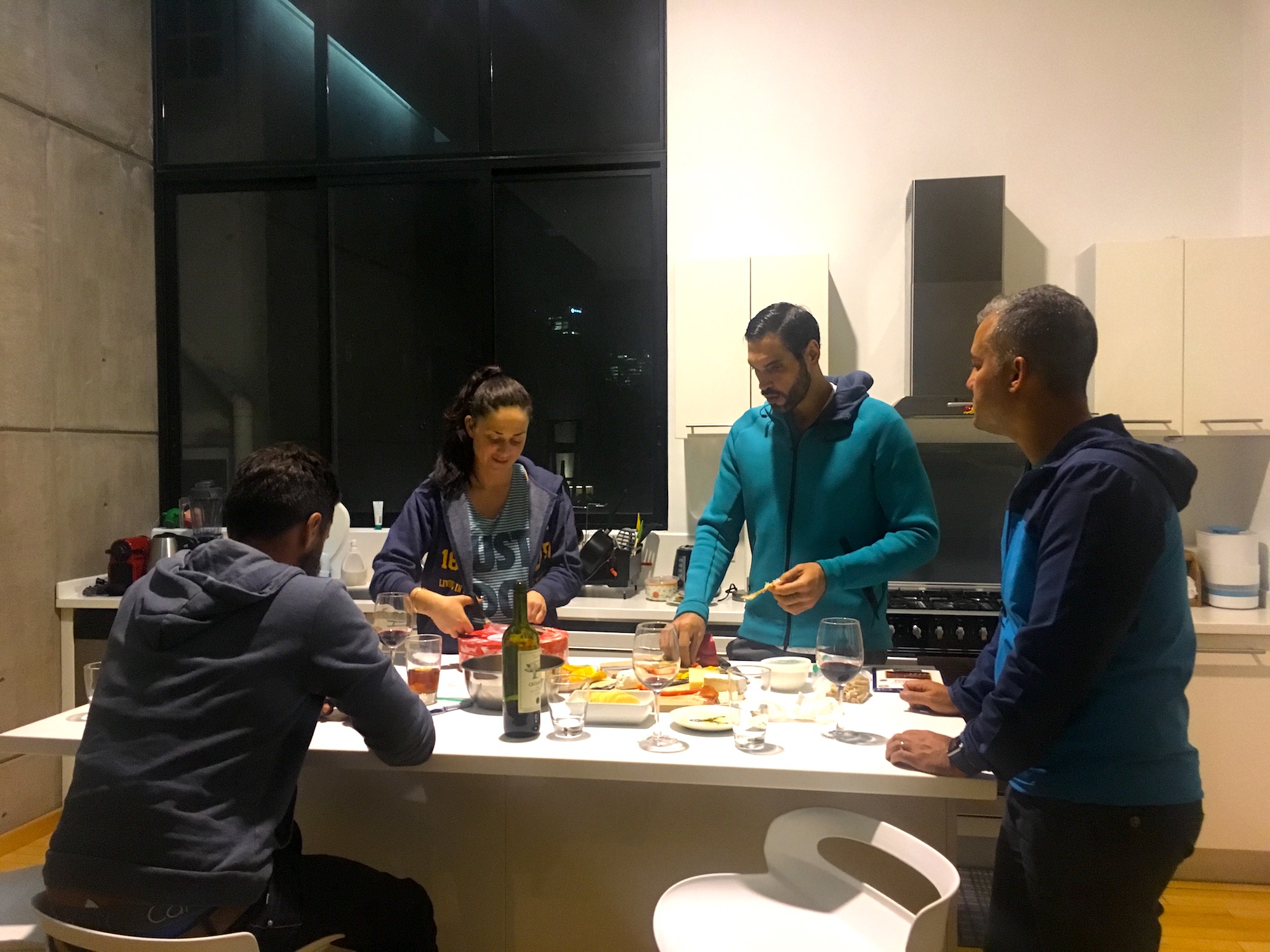
It was a memorable night, not only for their hospitable and generous welcoming, but for sharing familiar hometown memories with Simona. It was interesting to share thoughts and impressions after we left our country, contemplating the changes we both had been through as we both formed families of mixed nationalities in foreign countries. After having a great time, we thanked our friends and as it was late at night we ordered a Uber ride back to San Juan. The ride costed about 350 pesos, the equivalent to 16 Euros. We thought it was a great deal considering the 50km distance.
Festive season in Brazil: taking some time off from our holidays
The following day in San Juan was about getting all our stuff ready for our flight to Brazil. The day was mostly about packing and preparing our truck to wait for us in San Juan. We would have a three weeks break from our nomadic life, to spend time with our Brazilian family and friends.
We had a memorable time with our beloved one’s socializing, eating, drinking and recharging. We have put our solitary life on the road into perspective, when most of the time is just the two of us. It was an intense social time for us, full of pleasant memories, social events and a lot of Brazilian drama. At the end, we were happy to return to our truck, Brutus and to Keep On Exploring, Mexico City.
Back to Mexico: Discovering Mexico City!
Upon our arrival we were completely drained. We needed to get the truck back in action and spent some time cleaning, refilling the water tank, checking electricity, doing laundry, shopping for groceries, eating and just resting. Soon after our energy levels were back on we departed to discover all Mexico City had to offer, starting with the Anthropology Museum!
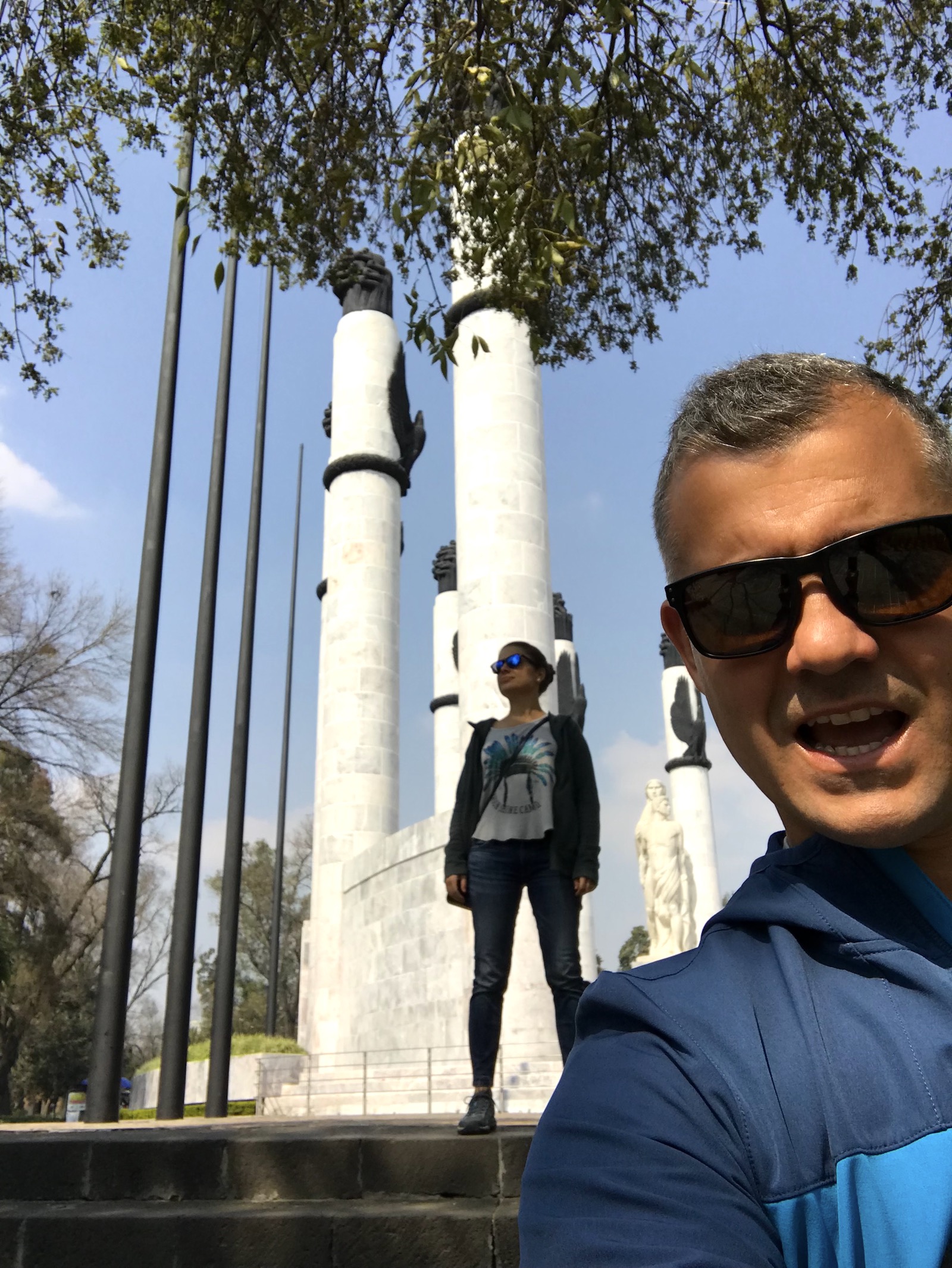
The Anthropology Museum - a must visit in Mexico City!
The Museum of Anthropology is the largest and most visited museum in Mexico. It is a national treasure and a symbol of Mexican identity. Located in the beautiful Chapultepec Park, it offers an in-depth journey through Mexico’s pre-Columbian era, exhibiting the heritage and artifacts of the civilizations that existed in Mexico up to the Spaniard occupation. It was what we needed to understand, the different civilizations occupying the territory until the arrival of the Spanish Conquistadores.
The museum explains a lot the country’s diversity in cultures and traditions, covering all pre-Columbian civilizations located on the current territory of Mexico as well as in the former Mexican territory in what is today the southwestern United States. We found exhibitions with treasures, artifacts, sculptures, jewelries, pottery, elements of decoration and festive accessories of Aztecs, Mayas, Olmecs, Toltecs, Zapotecs, Mixtecos and Teotihuacanos, who lived in different periods of time and different regions of Mexico.
One of the central pieces of the exhibition is the Sunstone of the Aztecs civilization which was discovered in 1790 in Plaza Mayor of the capital of the New Spain. Because of its symbolic content, including the names of the days, the cosmogonic suns, in was incorrectly identified as the Aztec Calendar. In fact, it is a large gladiatorial sacrificial altar, also used to stage the fights between warriors in ceremonies.

It was insightful to learn about Teotihuacan, the ancient Mesoamerican city located where we were caming in San Juan. Teotihuacan was one of world’s largest cities of its time, established in 100 BC and lasting until the 8th century AD.
After the city was abandoned, the later Aztecs found the ruins of Teotihuacan and claimed a common ancestry with the Teotihuacanos, modifying and adopting aspects of the site and of their culture.
The Aztecs lived up to the Spanish occupation in 1521 and at their peak had a population of 10 million people with the capital in Tenochtitlan, today’s Mexico City. Tenochtitlan was one of the largest cities in the world at that time, a big religious, cultural and trading center for the Aztec people, also known as Mexica.
We were introduced as well to the fascinating Maya civilization which extended in the southeastern Mexico between 2000 BC and 250 AD. Mayas became famous for the first hieroglyphic scrips, the only known writing system in the pre-Columbian Americas. They are also known for their artifacts, passion for art, architecture, calendars and universe interpretation.
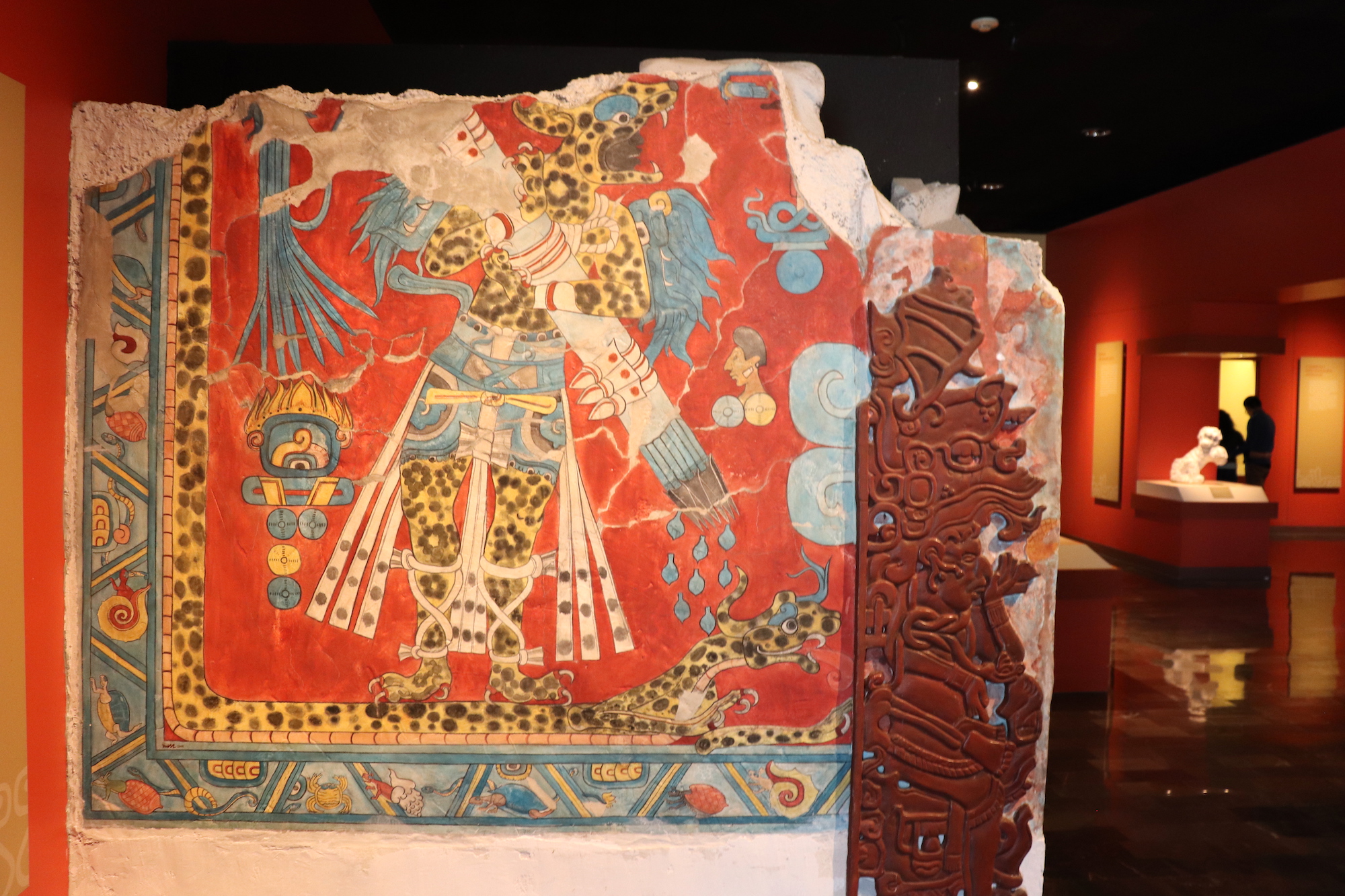
It was insightful to understand that Mexico had civilizations that spoke languages that have nothing to do with Spanish, languages that are still spoken by various native Mexicans today. These civilizations stay at the backbone of the Mexican identity, heritage they are very proud of.
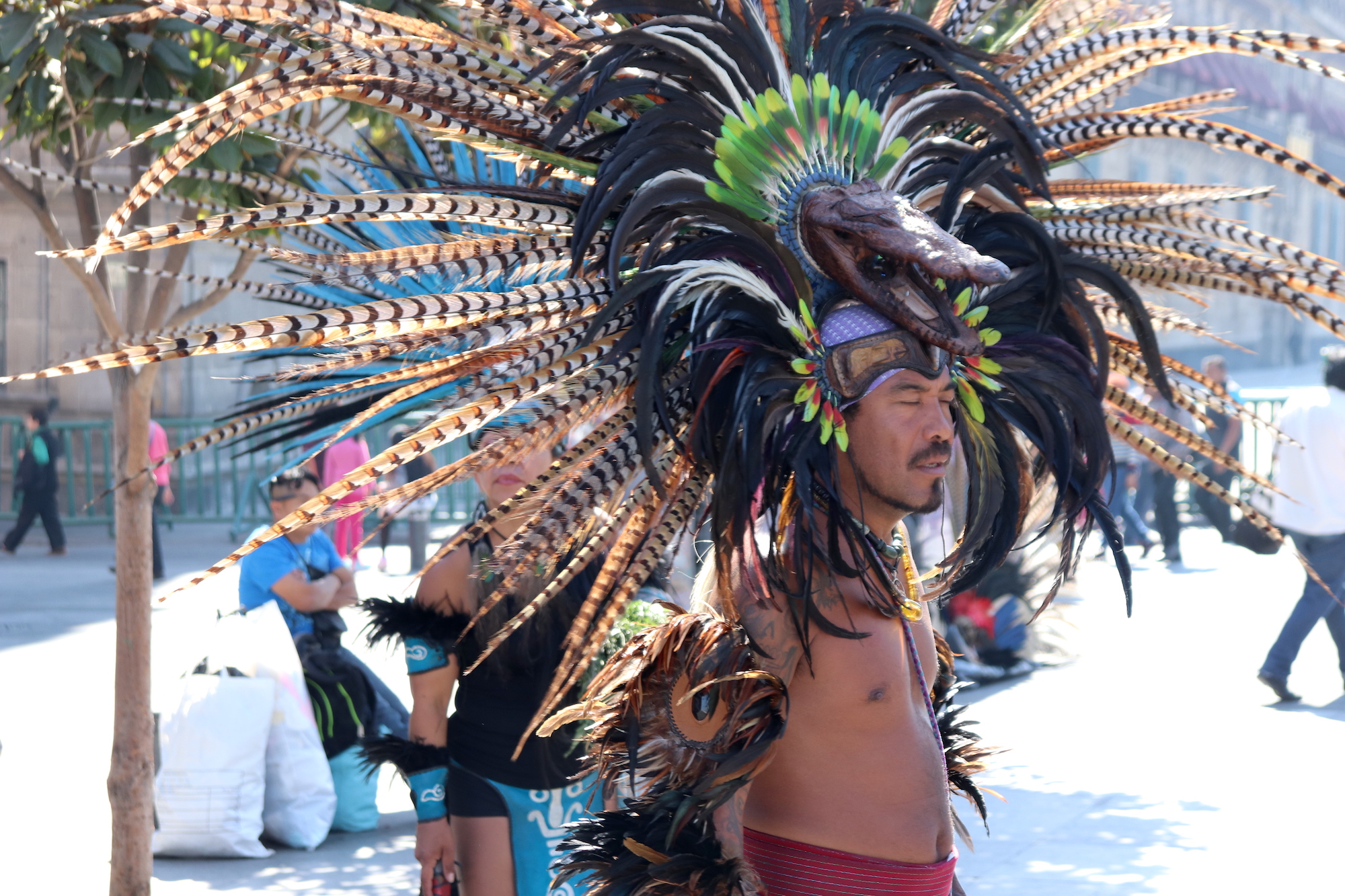
It was a full day and we could not see everything the museum had to offer. We understood there was a whole world of history in Mexico, and we needed to dive into the different regions, cultures, traditions and heritage. It was simply fascinating.
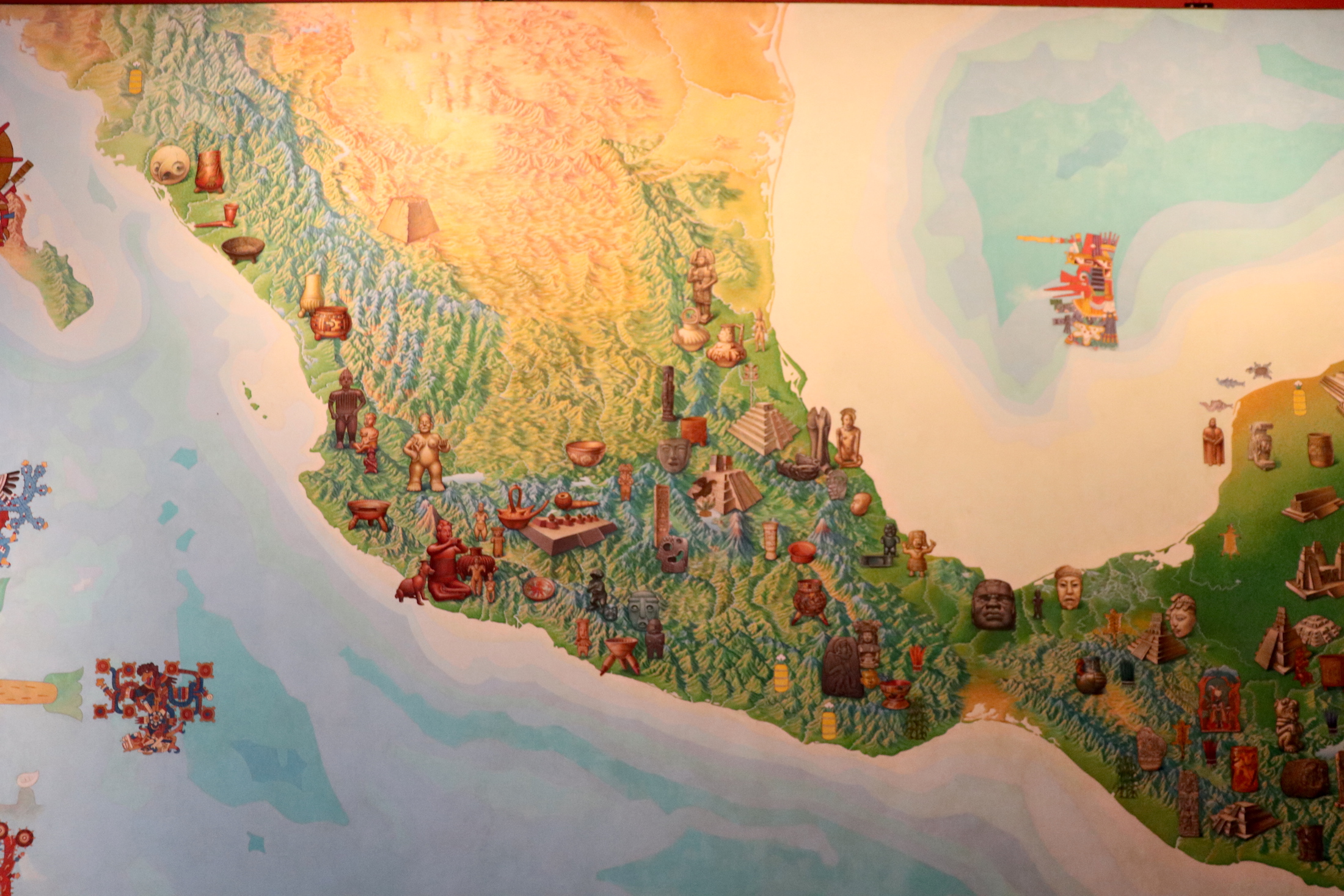
We returned to Simona and Carlo apartment, our Mexico City base for the coming days and once gain we had a great time together catching up over dinner and a couple glasses of wine.
The Historic City Center of Mexico
The following day we woke up and headed to Zocalo, the core center of Mexico City. The historic center is where the Templo Mayor of the Aztec civilization is located, and also where we would find some of Diego Rivera’s most famous murals, inside the Palacio Nacional. The Metropolitan Cathedral is also here, and very close by is the Palacio de Bellas Artes. Zocalo is often animated by local Aztec descendants who perform traditional welcoming ceremonies called ‘limpias’, a spiritual cleansing or “blessing” before entering the Templo Mayor.

Firstly, we tried entering the Palacio Nacional, but we were prevented as we were not carrying our original IDs with us, only copies. For those visiting Zocalo, please be guided: carry your original ID’s! We could however visit the Templo Mayor, one of the main temples of the Aztec civilization located in the capital city of that time called: Tenochtitlan.
The Templo Mayor was destroyed in 1521 by the Conquistadores, who decided to build a cathedral on top of it, using the very same stones. Today, the Metropolitan Cathedral is situated just next to what is left from Templo Mayor. It is a real pity that the Conquistadores decided for destroying so much of the Pre-Colombian heritage.
The temple was dedicated to the God of War and the God of Rain in the Aztec civilization. There we were introduced to a new world, a completely different civilization with their own Gods, believes, ideals and values contrasting the Catholicism of the Conquistadores. During excavations more than 7000 objects were found, mostly offerings like skeletons, turtles, crocodiles, clay pots, shells, corals, figurines. We felt we were stepping into a puzzle with a lot of symbols of a former civilization, but we were missing the full story. Unfortunately, as previously mentioned, it was mostly destroyed by the rising Spanish empire, and although we had plenty of questions, we didn’t find many answers.
When we exited Temple Mayor's Museum, where the visit ends, we were greeted by the indigenous Aztec descendants showcasing some of the Aztecs ritual to the visitors. The shamans would organize the 'limpias' curing the bad spirits and bad energy, ideally before entering the temple. Out of curiosity, I went for it, cleansing and eliminating all fears and prejudgments I had of Mexico City 🙂 I felt welcomed by the locals and greeted with a genuine warmth in their ancient land.
We continued our journey to the Metropolitan Cathedral where we could briefly participate of the Sunday mass. It was an interesting parallel having just stepped out of Templo Mayor. The Conquistadores suppressed Aztec' cult and imposed ttheir religion following the conquest. To enter a church just few meters away from a temple that practiced a completely different religion 500 years ago and to see so many Mexicans, descendants of the Aztecs praying, believing and listening to the religious ceremony it was like putting the past and the present in perspective and trying to figure the future of the religion.
Clouded by questions about truth and meaning we pursued towards Palacio de Bellas Artes which hosts important exhibitions of paintings, sculptures and photography of Mexico. We were happy to take the picture to the impressive building from the outside and continued towards the park since there was a huge queue to enter the art gallery.
Very close to where we were, continuing the walk through the park we discovered Diego Rivera Mural Museum, a place that exhibited some of Diego’s drawings and the notable mural “ Dream of a Sunday Afternoon”.
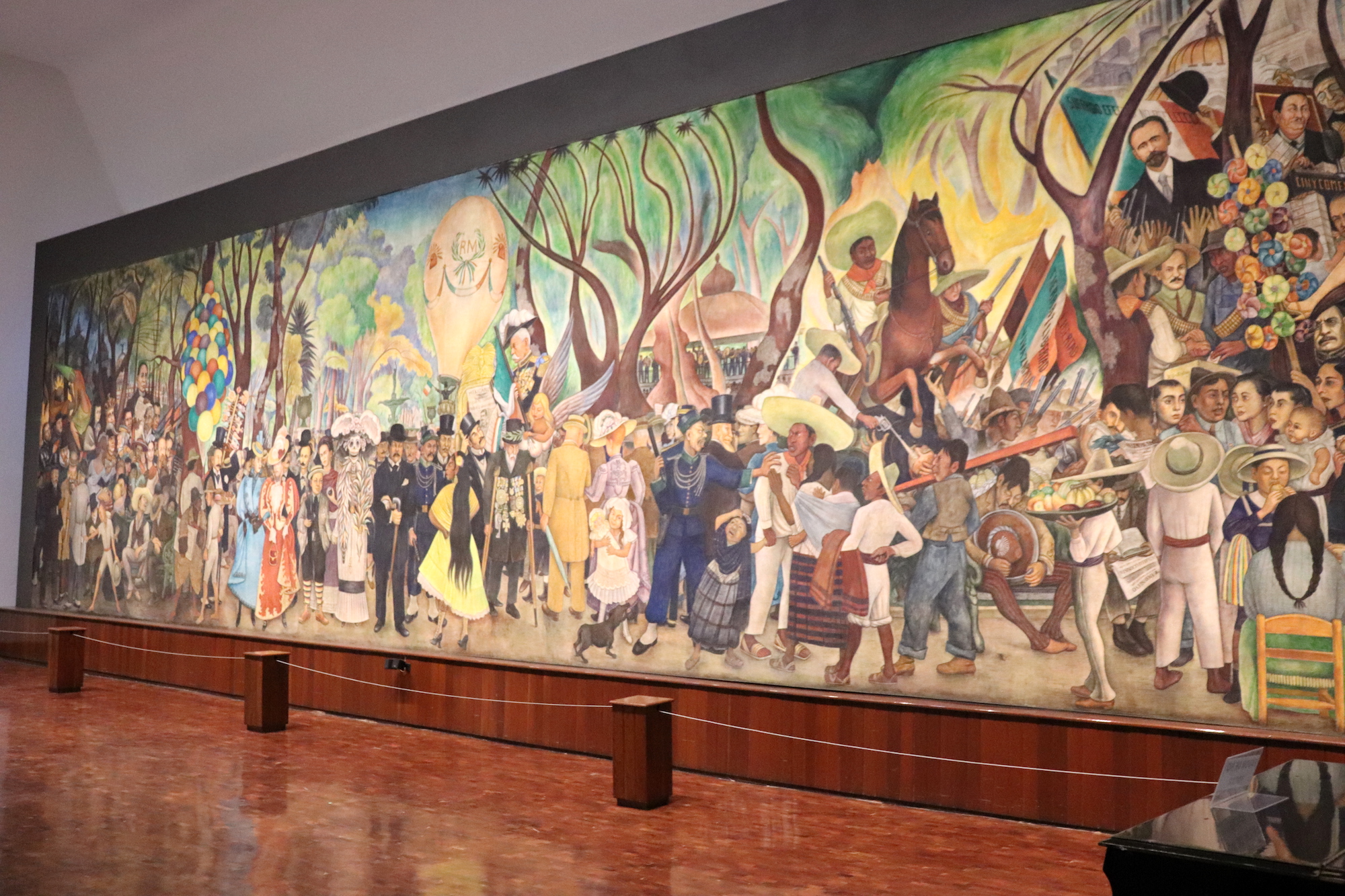
We contemplated the mural for about one hour, trying to fully read and understand what Rivera wanted to say. Its 150 emblematic characters reveal three principal eras of Mexico’s history: The Conquest, The Porfiriato Dictatorship and the Revolution of 1910 filtered through the eyes of Diego Rivera. Amongst the characters he does a self-portrait as a child next to Dame Catrina, a skeleton figure that alludes to the Aztec Mother Earth, Coatlicue and an ironic reference to the vanity of the bourgeoisie of those times. Frida Kahlo is present in the mural too near the child interpretation of Diego holding in one hand the symbol of yin and yang, representing the duality of the Pre-Columbian mythology, while in the other Frida is holding little Diego’s shoulder, a sign of protection and guidance through his life. This mural was mind-blowing as it explained graphically a bit of Mexico’s rich history.
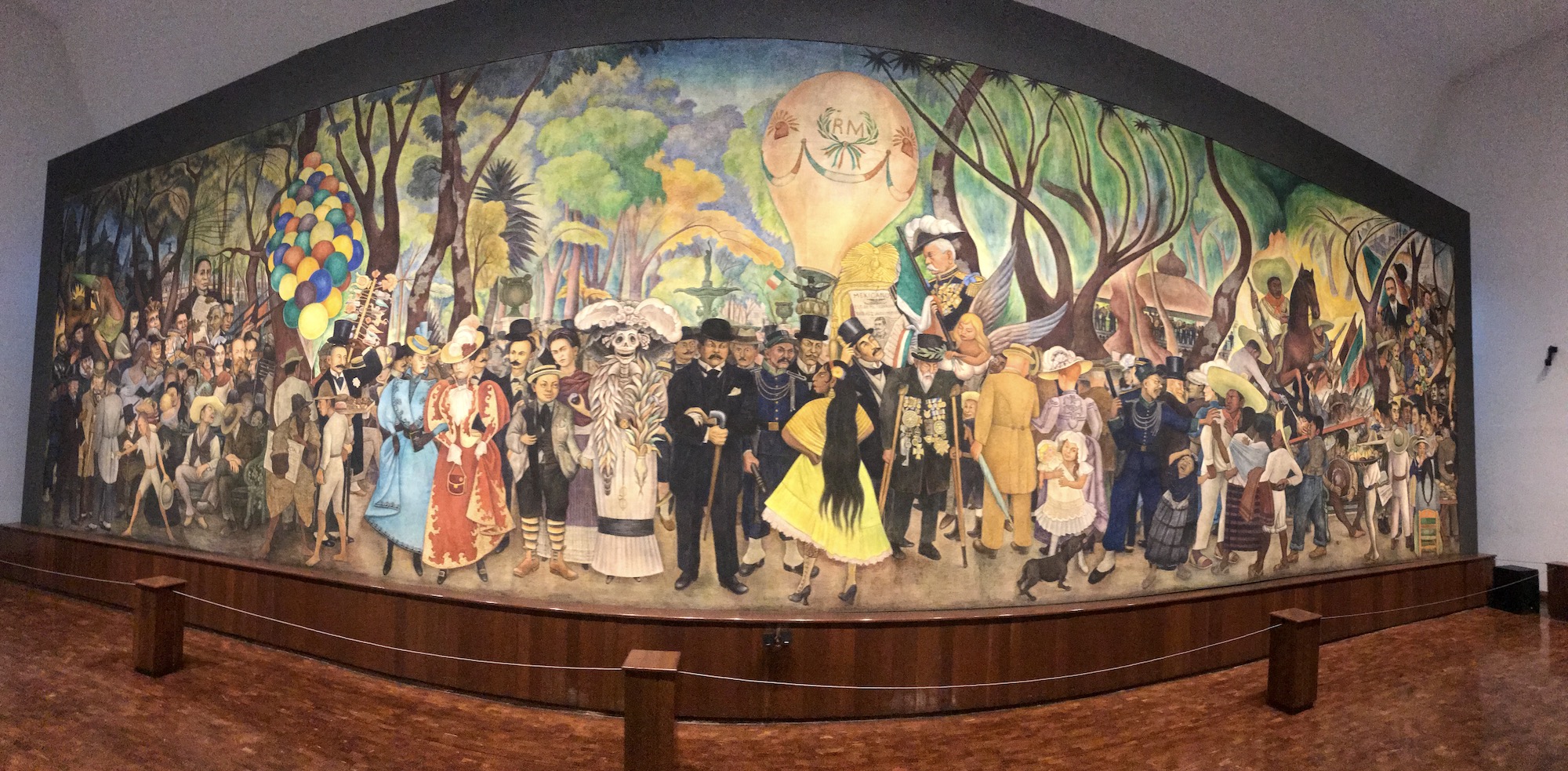
From the Museum we headed towards the contemporary neighborhood of Polanco for lunch with Simona, Carlo and Massimo, as well as Jack and Sergio, other two former work colleagues. It was an amazing transition within Mexico City: from Zocalo Plaza and its history, ancient culture and heritage we moved to the modern contemporary Mexico, in an area of the city with appealing restaurants and fancy coffee shops. We really enjoyed the tasty tacos we had with our friends. It was a nice pleasant afternoon walking through the elegant streets of the trendiest neighborhood in Mexico City.

The Shrine of Our Lady de Guadalupe
On Monday’s several museums and art galleries are closed, so for this reason we decided to visit the Basilica of our Lady of Guadalupe, one of the biggest and most important pilgrimage sites of Catholicism in Latin America.
The shrine is located at the foot of Tepeyac Hill where many believe it’s the place where Virgin Mary appeared to the indigenous peasant, Juan Diego in 1531. The biggest attraction in the New Basilica is the apron of Juan Diego upon which the Virgin’s image is imprinted. This is somehow the proof of the appearance of Virgin Mary to Juan Diego.
The complex is large, with the main shrine and patio located in the center and five older churches of different ages and architecture style scattered around and connected by wide walkways, stairs and more patios.
One of the chapels was built on top of a sacred site devoted to an Aztec mother goddess, using the same stones, in a similarly faith as of Templo Mayor’s.
We could see several pilgrims, mostly Mexican, coming to pray and visit the holly place where the Virgin appeared for the first time to the Mexican people.
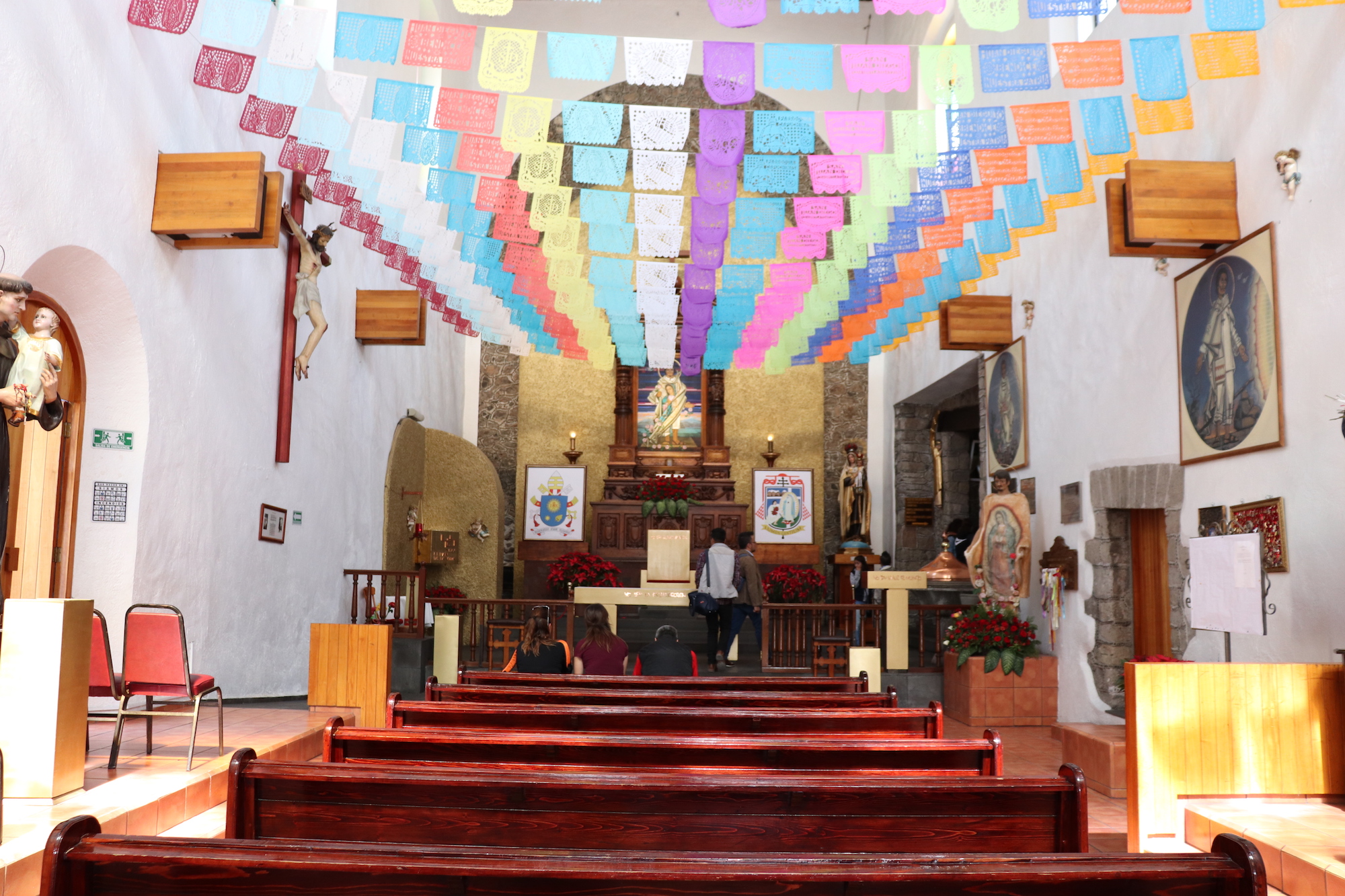
There was a certain peace, holiness and calm inside this complex; however, for us it was hard to believe in the miracle of Virgin Mary’s appearance to Juan Diego at a time coinciding with Conquistadores’ need to build a religious link with the native Mexican. A convenient miracle at a time the indigenous needed a miracle to believe and change faiths to Christianity? One can only speculate and respect each other’s faith.

Museum of Frida Kahlo
The following day, after a delicious omelet breakfast, fresh pastries and coffee at Simona and Carlo’s, we departed towards a place I dreamed to visit: Frida Kahlo Museum, located at her former house, home to her family and her husband Diego Rivera, where they hosted a few illustrious guests, such as Leon Trotski. The “Casa Azul” is where she spent most of her time.

I always had a great appreciation and admiration for Frida, a woman who endured so much pain, suffering, disillusion, but above all stood straight for her values, believes, fearless for the future, with a positive attitude towards life, energy and passion for love and art. A fighter and believer, she stayed true, she stayed beautiful, she stayed loving and inspiring until the last moments of her life. It is an example of strength, courage and authenticity to me and I was so excited to experience her reality, her art and the house where she lived most of her life.
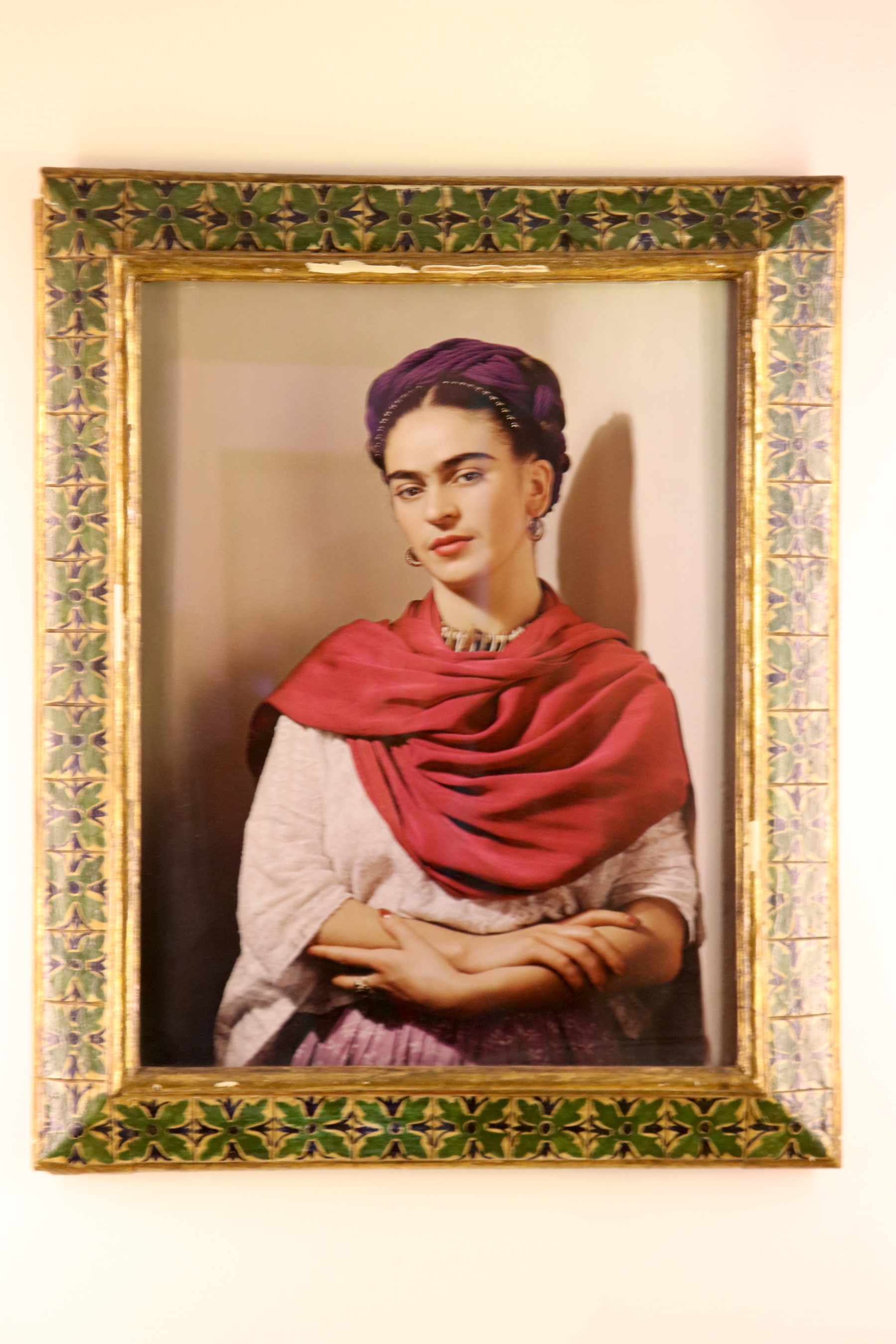
There was a large queue before we entered, people coming from all over the world to witness and grasp a bit from her life. Casa Azul opens with a large patio that brings a positive energy to it. One can walk freely through the garden which was by then populated with animals like monkeys, birds and deers. Frida and Diego loved animals and nature. The patio has as well a miniature of a Native Mexican temple which reveals Frida and Diego’s love for their pre-Colombian heritage and culture.
We were taken room by room, art by art, through Frida’s life. We contemplated on family paintings, self-portraits, her life with Diego Rivera, her political believes, her love for dolls, animals, her affairs with other men and women.
We visited the rooms where she would invite her guests for parties and dinners, the kitchen with its special designed classic Mexican oven, handcraft items and decorations inspired from the indigenous culture of Mexico. It was curious to observe that she really wanted to maintain an authentic way of cooking and living. Even her outfits and dresses expressed her love for the indigenous culture particularly the one from Oaxaca region. We passed through the workshops where she would bring alive her masterpieces observing in detail all her painting equipment. Then through the small resting areas where she would relax or paint when she couldn’t walk anymore, her bedroom with all the dolls she liked to play with decorated with the art she loved to collect.
It was truly insightful to step into her life and feel a little bit the drama of her existence, from all the illnesses she suffered following her early life bus accident, her miscarriage, her early death to the relentless infidelity of her husband Diego Rivera, but in the same time to understand as well her happy moments, her strength, endurance, her unconditional love for Diego and the lifestyle of an artist of the XX century. The house was a dream place for any person, artist or not. It was truly relaxing, it had a good vibe, a positive atmosphere, a spacious patio and rooms surrounding it. A very generous villa, a place to live those days and nowadays. Watching the movie about her life on the terrace was emotional and being there truly touched me.
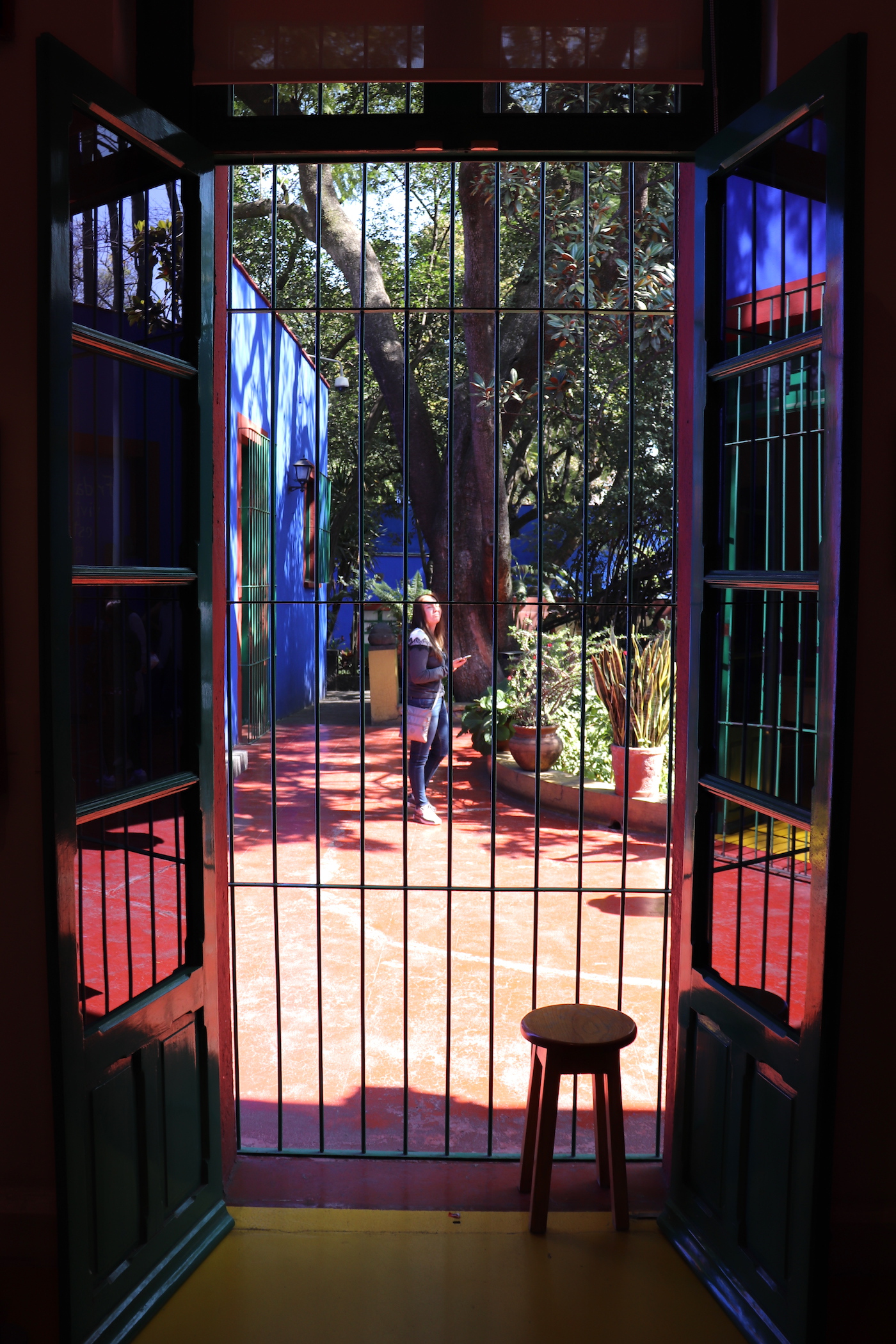
Palacio National and Diego Rivera’s Murals
After visiting Frida’s house, we went to visit her husbands’ art and murals at Palacio Nacional. Now with our original IDs we managed to enter the building to admire some of world’s most impressive murals painted by a genius painter: Diego Rivera.
Diego Rivera became famous for its Mexican mural movement and art. His work reveals his interpretation of history, political and social views, heritage and culture of Mexico and its people through iconic and expressive characters and symbols. His work can be admired on huge murals and emphasis each aspect of the country’s development, economy, agriculture and traditions up to his time.
The whole history of Mexico passing through our eyes through the masterpiece mural paintings of Diego Rivera. We felt we didn’t have to visit any longer the Museum of History in Chapultepec.
We had a full day with Frida Kahlo and Diego Rivera, a day to be remembered forever. It was special to be so close to both, revealing their art and tumultuous artistic lives.
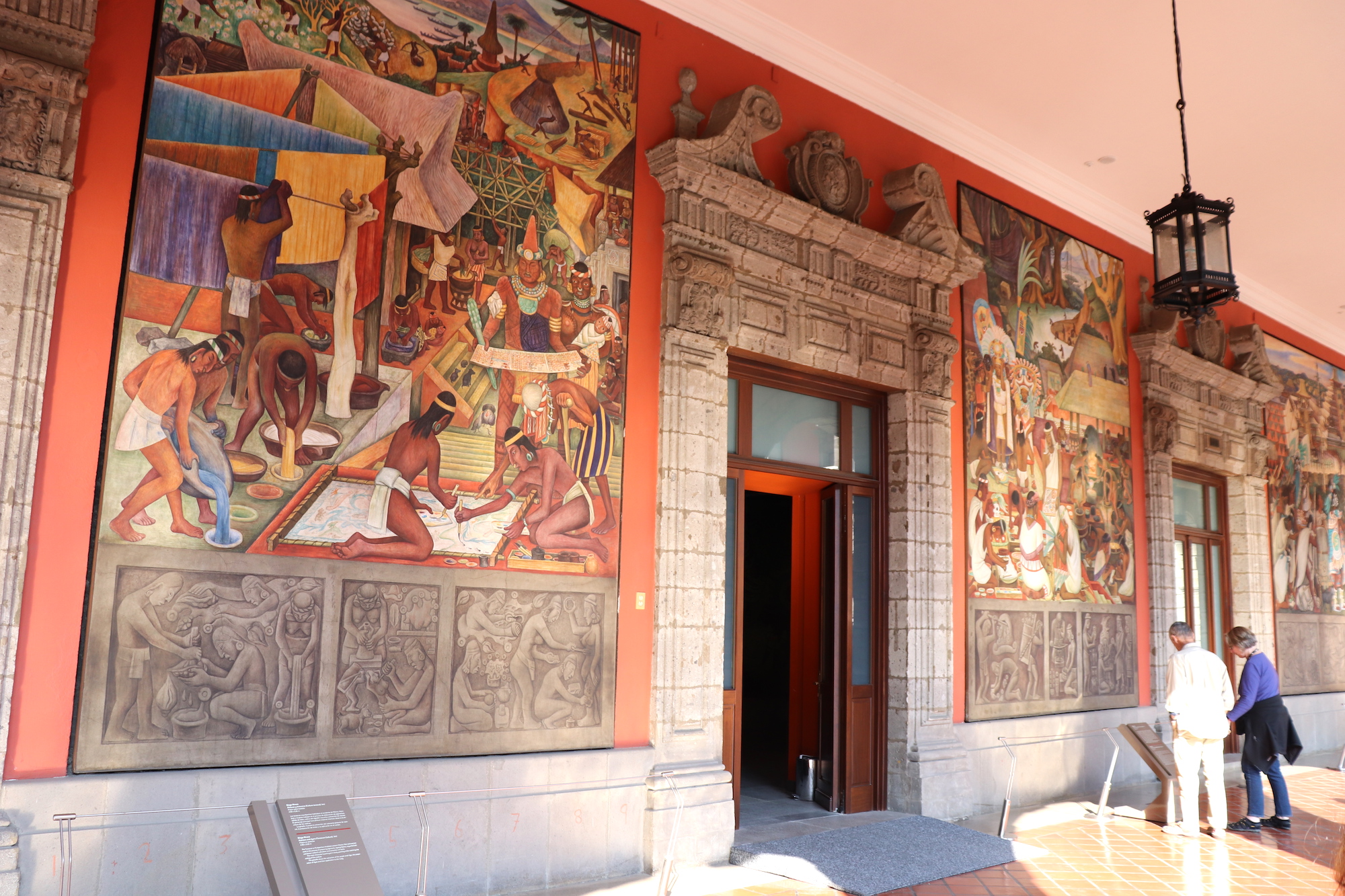
The Pyramids from Teotihuacan
After great and memorable days with Simona, Carlo and Massimo while exploring the history, culture and life in Mexico City, we returned to our truck in San Juan de Teotihuacan. Before departing to Oaxaca we had planned to finally visit one of the most important archeological sites in the world, the Pyramids of Teotihuacan, where we would climb the Pyramids of the Sun and of the Moon, walk on the Avenue of the Dead, and experience a real testimony of the mighty Mexican civilization, the Teotihuacan, which thrived from 100BC to 550AD.

We departed very early and walked the 1.5 Km distance to the archeological site. When we arrived the hundreds of merchants haven’t open their shops yet and we could enjoy the walk of a beautiful sunny morning on the ample Avenue of the Dead towards the Pyramid of the Moon. It was us and very few other people. Perfect to take pictures. It was such a pleasant walk and a good energy in the air. I believe the large path walk guarded by the side walls ending with the Pyramid of the Moon brought a positive vibe to the place. We walked freely through the ruins of what was once of the most prosperous civilizations of Mexico and which at its peak reached a population of 85,000 people on an area of 20.5 square meters.
The city of Teotihuacan developed in this area because of the immediate resources available, such as water from the rivers and springs nearby. This allowed agricultural irrigation and supply with potable water. A rich flora and fauna nearby from Lake Texaco, wood from the mountain ranges surrounding the valley, obsidian, rocks of volcanic origin, clay and pigments used for pottery, ceramic works and paintings were natural resources that helped the civilization flourish.
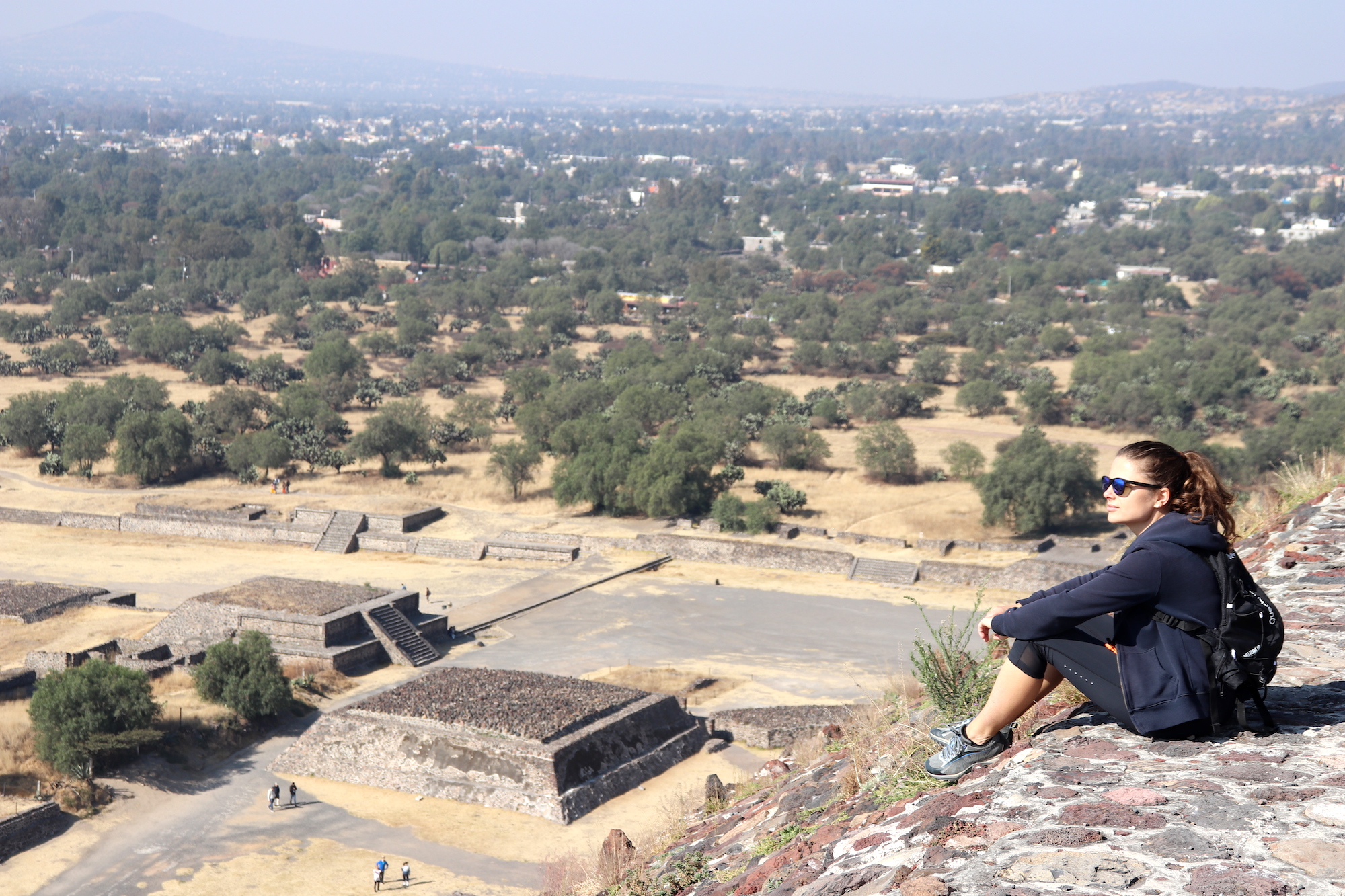
Based on these resources the people of Teotihuacan developed the technical knowledge which emerged into specialists in architecture, wall painting, pottery, textiles, farming, stone cutting, feather ornamentation and astronomy.
After climbing the Pyramid of the Moon and enjoying its view to the valley we returned back for a higher ascent on the Pyramid of the Sun. The scenery already changed by this time. People started to arrive one by one, until we could see groups of tourists and merchants located at every 10 meters on the Valley of the Dead. The worst of all was that there were some vendors selling whistlers imitating the sounds of eagles and wild animals. This sounds really disturbed the calm, contemplating and ancient atmosphere. Nonetheless this didn’t stop us climbing the Pyramid of the Sun, a bigger challenge than the one of the Moon.
The Pyramid of the Sun was the largest pre-Hispanic building of its times (100-650AD) and one of the most important in Mesoamerica. The Sun was considered a God by the Teotihuacan people and this was the temple where people would come and worship it. The view from the top was beautiful, calm and offered a perspective to the whole valley. We took couple of pictures, enjoyed the sun from the top and then carefully went down.
The collapse of Teotihuacan occurred between 700-750 AD due to the economic growth of its neighboring valleys, as well as due to social and environmental changes.
After a lot of walking we became hungry and decided to try a recommend restaurant called, La Grut.
La Gruta was a pleasant surprise. A proper updated authentic restaurant, very elegant, although located inside a cave, with its signature Mexican cuisine and an army of waiters. We couldn’t wish for more. We ordered two starters, one including the traditional guacamole, one salad, a soup, two lemonades, everything for 21 euro in a top site restaurant. We honestly expected that the place would be more of a touristic trap considering its location close to the archeological site, but it was a fair place with very good food, great service and reasonable prices.
Eating in La Gruta, inside a cave makes your mind wonder how was life back in those days for the Teotihuacan people. The legend says this cave where La Gruta restaurant is now was the origin of life, the womb in which men were born. Apparently, people would come here to talk with the God of Fire. This God was responsible for taking the dead in their journey as well as initiating the ritual of new life. The candles and fire present throughout the cave symbolized the opportunity to change life again, to rebirth.
La Gruta was for us in a way a metaphoric visit. Although we didn’t light a candle as many other people, we enjoyed a great lunch and atmosphere, which was good enough to rebirth us from the tiring long walks we took in Teotihuacan archeological site. We were satisfied and happy. It was a true authentic experience.
Thank you Mexico City and San Juan!
After visiting the pyramids of Teotihuacan it was time for us to say goodbye to Mexico City and San Juan, to be grateful for everything we’ve seen and experienced, and to start our new adventure to the famous Oaxaca region, known for its live indigenous culture, cuisine and art, as well as for its Spanish colonial influence!
We left very impressed with Mexico City, its history, diversity, art, delicious food and welcoming friends encounters. We had a special time here, one of our best experiences and memories from this road trip. We hope to return one day!
